inheriting large lizards
stampcat's guide to xtreme philately

america's counterfeit stamp problem

inheriting large lizards
stampcat's guide to xtreme philately

america's counterfeit stamp problem
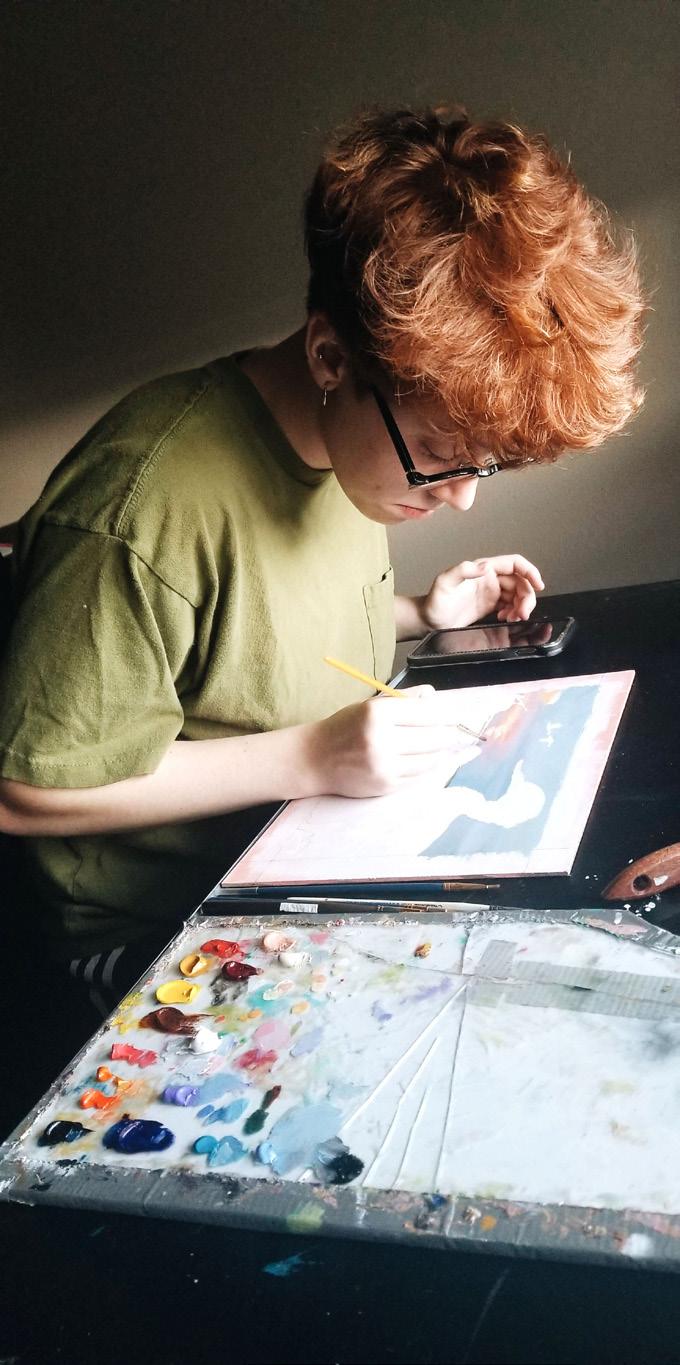
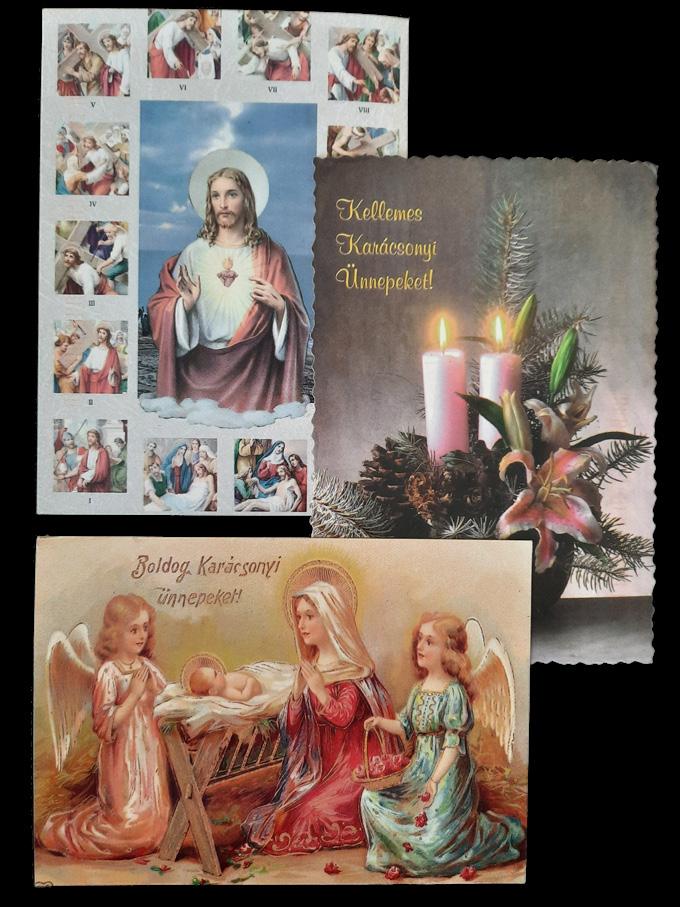
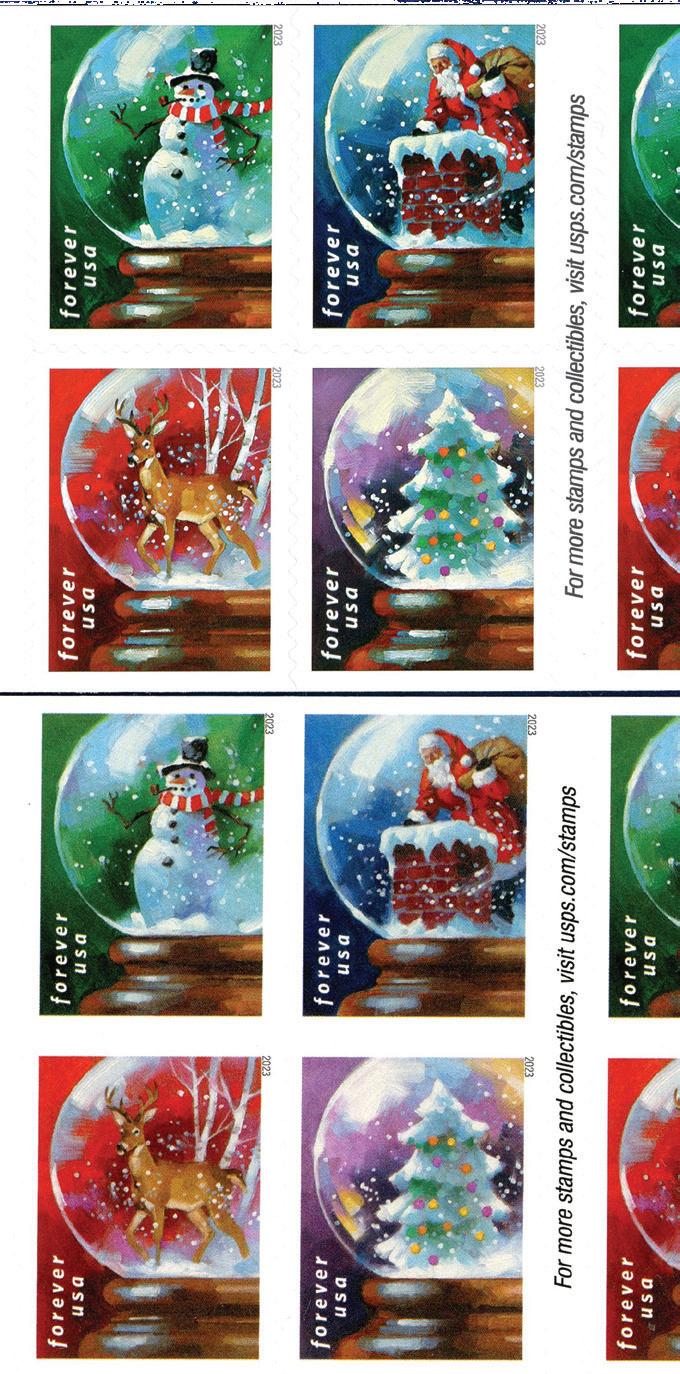
Who speaks to the newcomers to the stamp collecting community? Who reaches the online, younger collectors? For years I've been wanting to answer these questions and create a community for people like you – and me!
StampEd is everything you are – curious, artistic, energetic, crafty, (maybe a bit chronically online), and most of all, genuine.
I’m excited to share it with you.
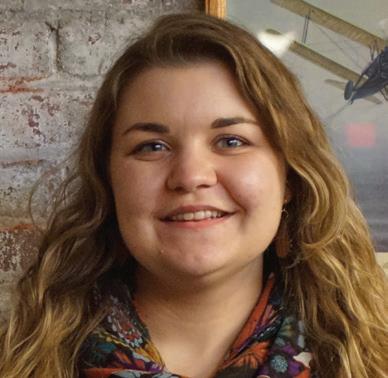
StampEd was always intended to be more than just a magazine – it's meant to be a community. Join us in building our community at www.StampEd.pub and by signing up for the StampEd newsletter. As we grow, we'll add exclusive "Editor's cut" interviews, online sessions, merch, educational videos, and chances for you to share your stories. Most importantly, we're looking for your input and ideas. StampEd has endless possibilities, and we're excited to try new things with you.
Send us your ideas and feedback at stamped@stamps.org.
When you say “stamp collector,” many people summon the image of an older man sitting in solitude, poring over a stamp album. While stamp collectors enjoy their time alone with their collection, it’s not the whole story of philately. When the first stamps came along, stamp collecting followed soon after. Had that been the end of the story, it’s hard to say whether stamp collecting would still be here. The power of the hobby is and always will be the power of shared experiences and a sense of community.
StampEd started with a simple idea: a stamp-collecting magazine for the digital generation. The magazine directly addresses the seeming divide between traditional collectors and digital natives. This and future issues will bring engaging stories and informative tips on building your collection and connecting readers to other collectors.
The magazine is a good start, but digital collectors don’t wait between issues for that shared experience. We want you to read each issue from beginning to end, refer back to it, and share it often with other collectors. We also like you to stay engaged, share your stories, and help us build a community for you.
Following the launch of this issue, we begin the next phase, adding a way to connect, regular events to grow your knowledge, and a forum to share your stories and experiences. The rules are simple: make friends, share your knowledge, and ask all the questions you have about stamps.
How the community looks and feels is up to each of you. We want to create a positive place to bring together collectors worldwide for those shared experiences. That’s been our mission for more than 136 years, and that is our mission as we launch this initiative. It will be exciting to watch the community grow to support each other and shape the direction we go.
Your engagement is critical to its success; you should always feel at home. Tell us your thoughts on the first issue and what you hope to see. That’s our story, and we can’t wait to hear yours.
Thank you to the donors who made this issue and future issues of StampEd possible, named on www.stamped.pub.
And thank you to StampEd Founder Brian Birch.


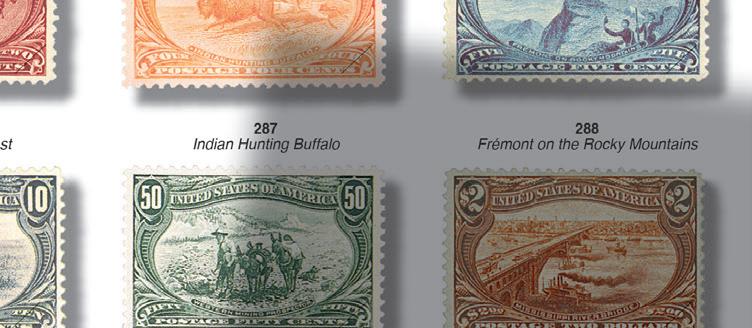

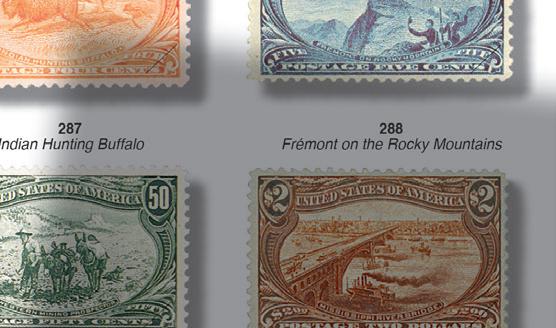









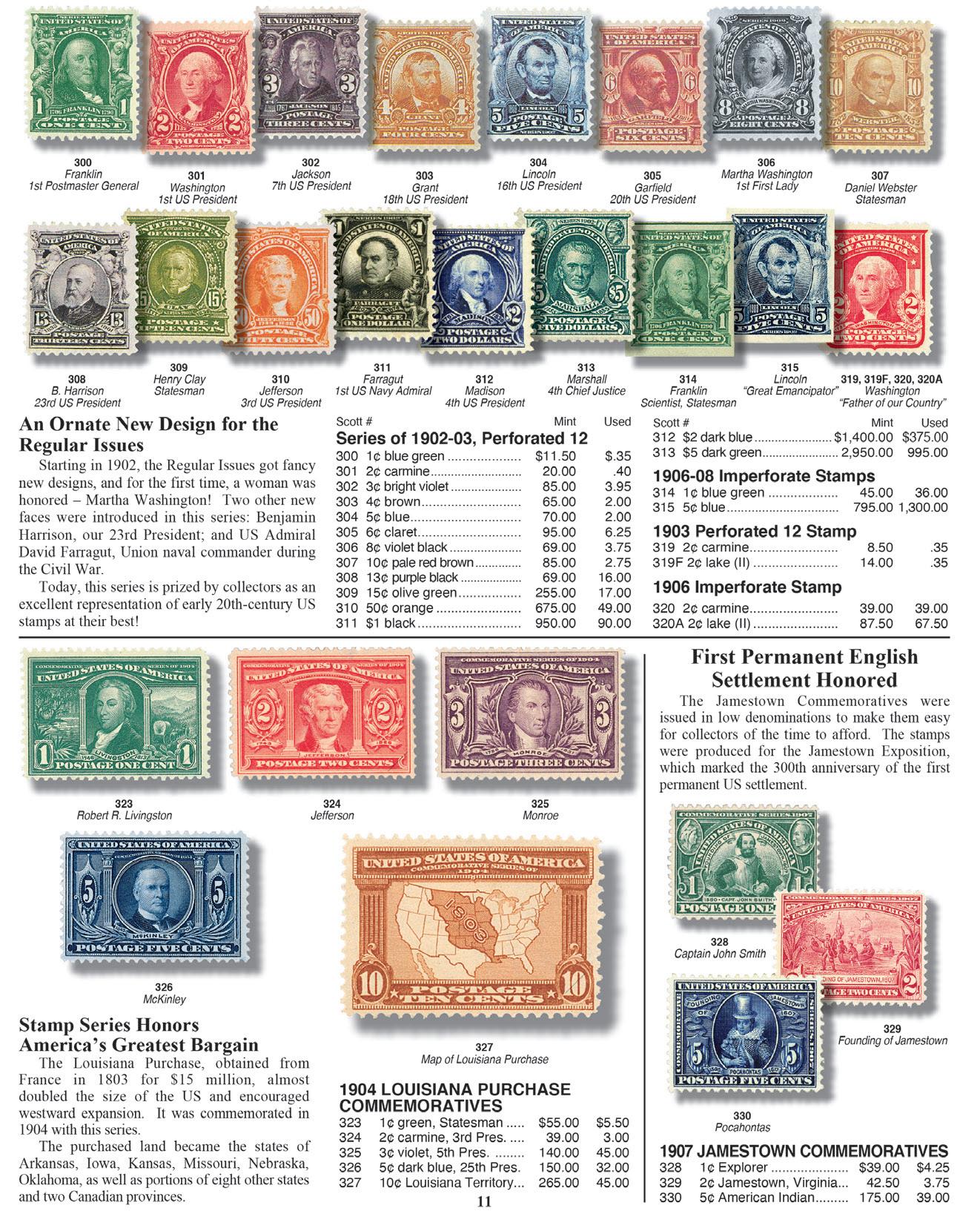






Get the latest edition of America’s best U.S. stamp catalog for FREE. You’ll enjoy 164 pages of color photographs, valuable collecting tips, fascinating history, plus much more.
This virtually complete listing of United States postage stamps includes commemorative and Airmail stamps as well as albums and a collecting kit. Everything you need to create

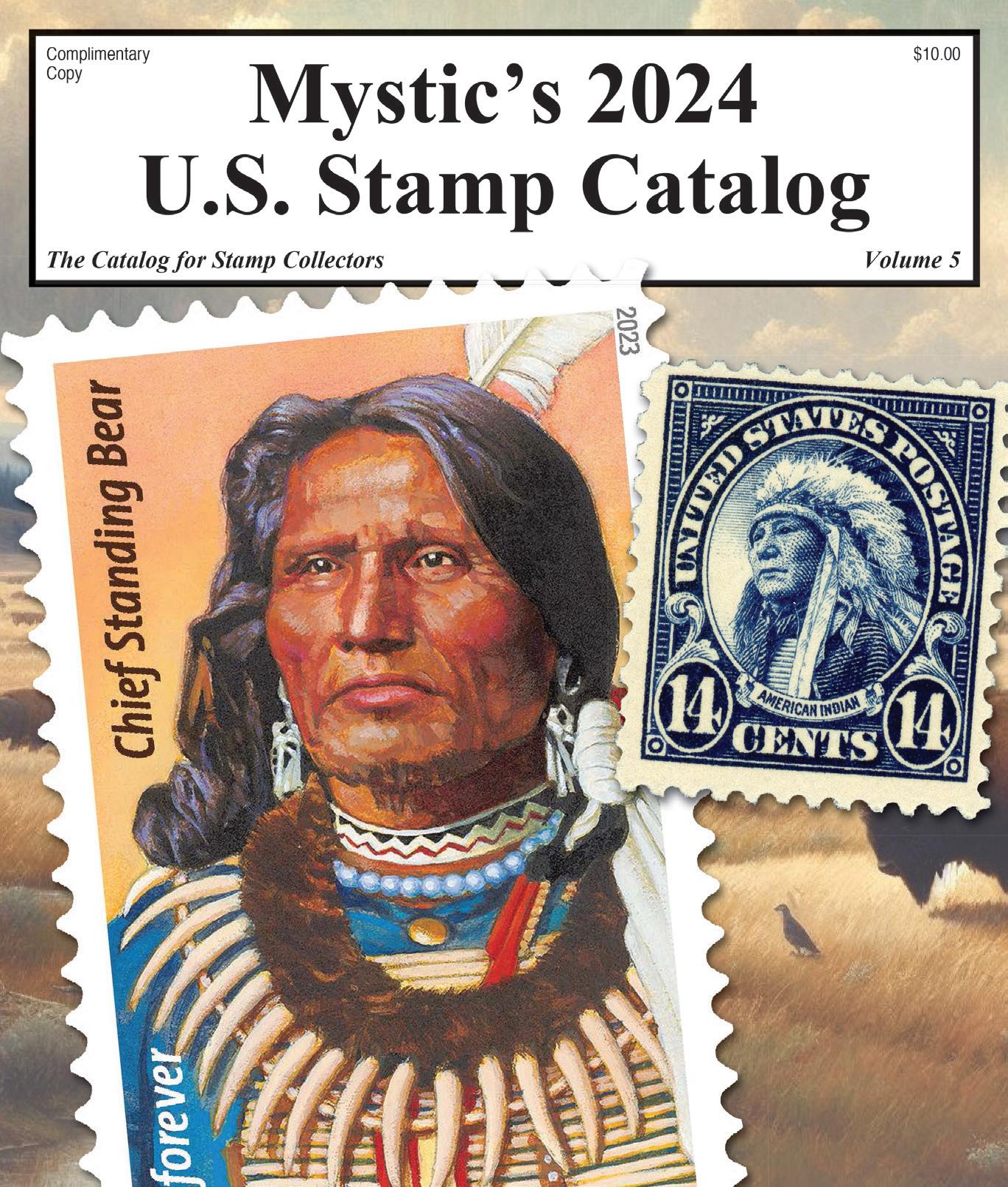

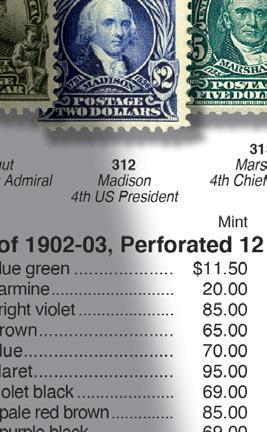











the collection of your dreams.
Whether you’re new to stamp collecting or a seasoned collector, you’ll find this catalog is full of handy tips and useful information. Collectors agree a catalog like this is worth its weight in gold, but we’ll send yours FREE!
Send today for the FREE 164-page catalog and you’ll also receive other interesting stamps on approval.
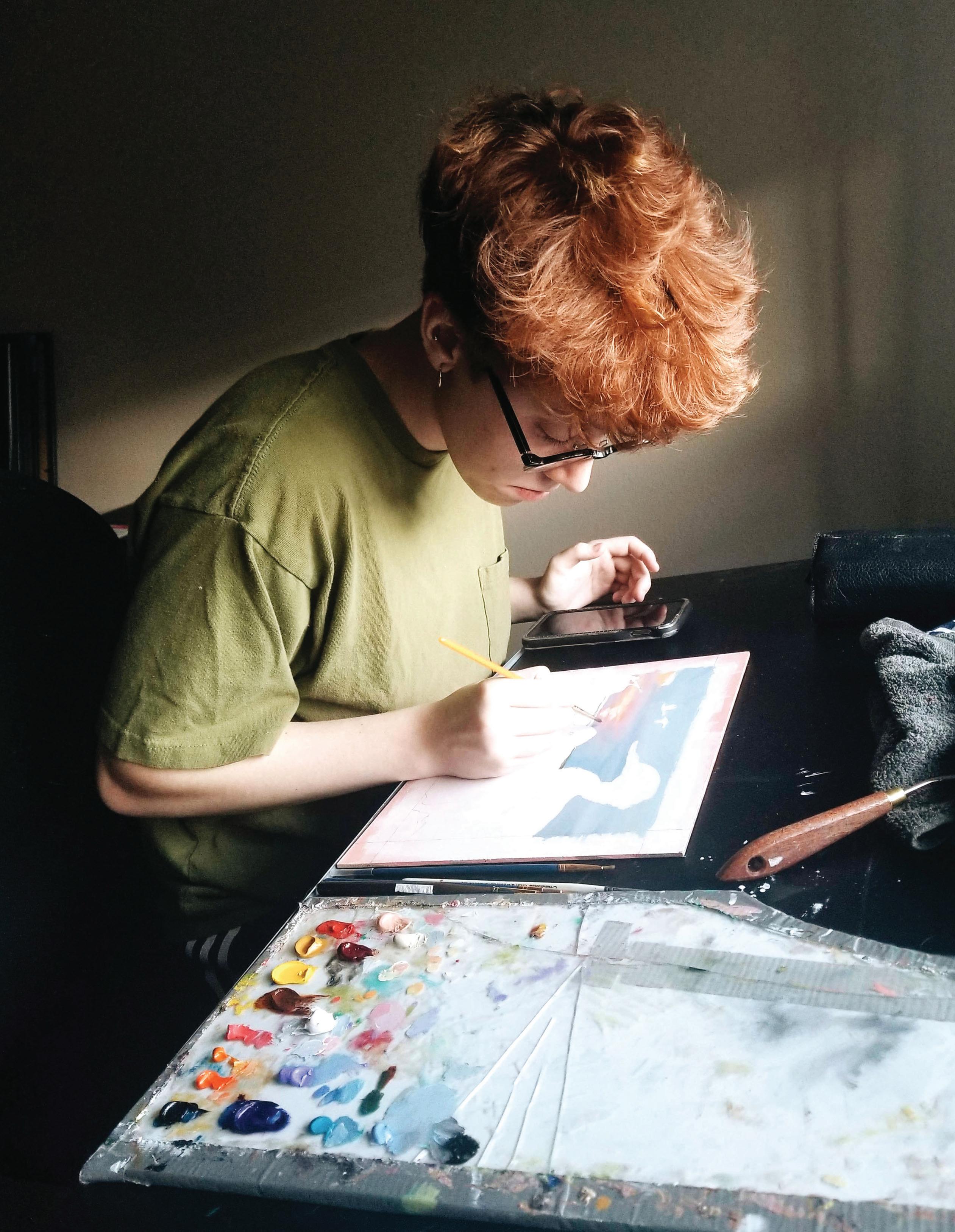 Mills
Mills
July 2021, Minnesotan Kira
Sabin uploaded a 52-second video to TikTok explaining the Federal Duck Stamp Art Contest and their plan to submit a painting of a Ross’s goose. Two million people saw it, and Kira gained 40,000 followers in 24 hours. Today, Kira (they/she) has an audience of nearly 290,000, mainly Gen Z and millennials who have never collected a stamp in their lives but excitedly cheer Kira on from around the world and buy their duck merch. Why and how has Kira Sabin become the de facto face of the Duck Stamp world?
I started following Kira in July 2021, back when their videos first went viral. Since then, I’ve seen Kira act as an ambassador of this niche subject to the rest of the world, explaining the rules of the competition, the history of Duck Stamps, and the environmentalist goals funded by the program. In 2022, I cheered Kira on from the comments of the competition livestream, as their mottled duck, lovingly named Bucket, received 3 out of 5 votes (or ins) in the first round of judging. In 2023, I mourned as Kira’s painting only received 1 of 5 ins and didn’t advance to the next round.
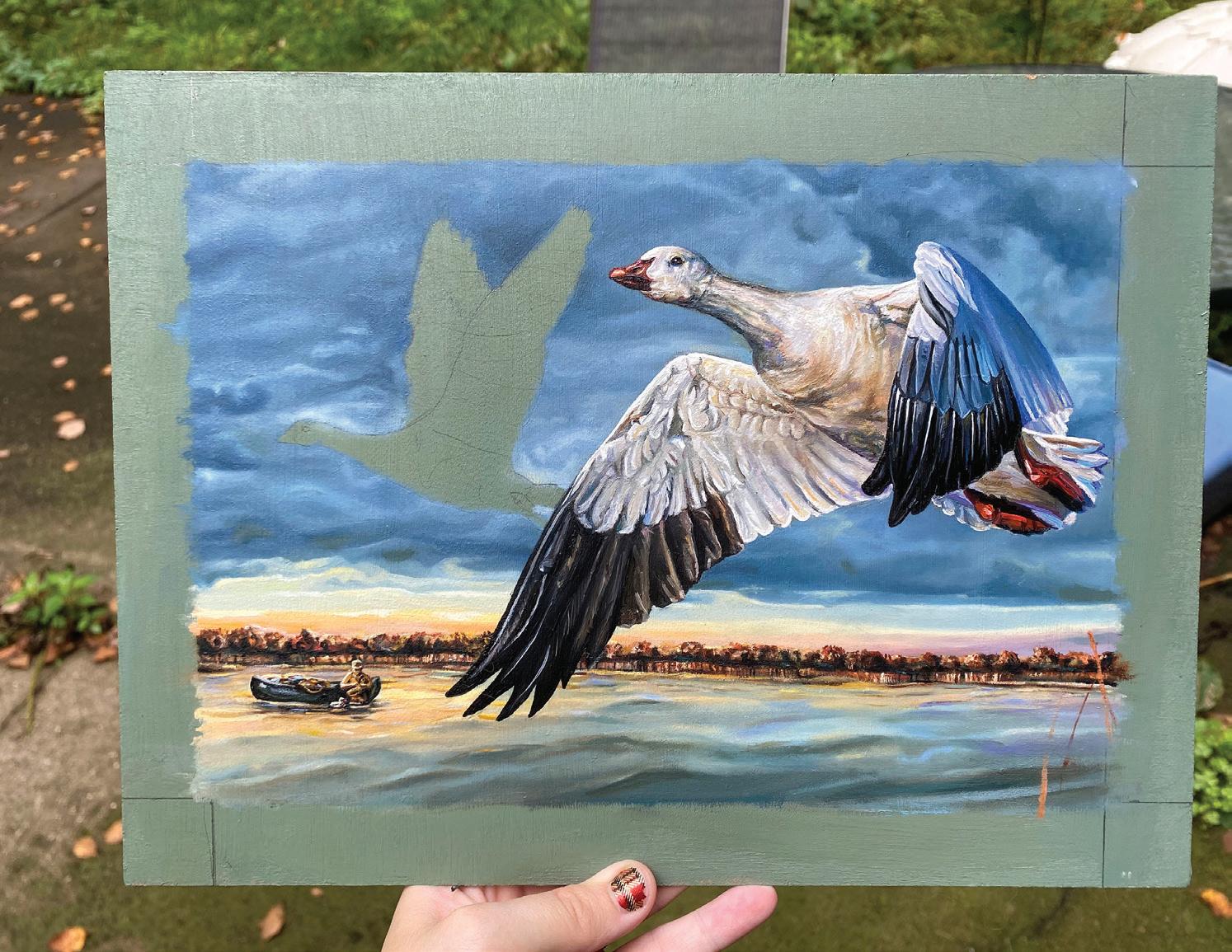
So as a fan, I was so happy to sit down with Kira in December, along with digital editor Nora Bryson, to discuss their meteoric rise to niche TikTok fame via the Federal Duck Stamp Art Contest. So the biggest question we have is why ducks?
It’s funny, because my little sister actually was the duck person. Her room was themed ducks. She had a bunch of stuffed animal ducks. And I kind of feel bad because I took that over and people give me ducks now. But my family has always loved ducks, and I like that they’re an animal that I can see – well, not every day, but more often. I don’t think I specifically loved ducks until I did the Duck Stamp competition, and then I got to learn more about them and all the different species. I really just love animals. But this competition was so specific that I fell in love with it and fell in love with ducks.
How did you come to the Duck Stamp art competition if you weren’t already a huge duck fan?
I wasn’t into hunting at all and my family tried to get me to do it for a long time, but then my grandpa told me there was an artist competition for the stamps. I’d seen the stamps before, but I assumed then that maybe the U.S. Fish and Wildlife Service commissioned someone to design them, and I didn’t think that was ever a possibility to try for
The Federal Duck Stamp Art Contest is an odd duck – the only juried art competition sponsored by the United States federal government, in service of the only conservation revenue stamp. The program began in 1934 when Congress passed the Migratory Bird Hunting Stamp Act as a means of providing a permanent source of money to acquire and preserve wetlands as waterfowl habitats.
All states require hunters to purchase a federal duck stamp in order to legally hunt waterfowl. Some states require an additional similar state waterfowl stamp. The majority of proceeds from the sales go towards conservation efforts. Since 1934, more than $1.1 billion has been raised from sales of federal Duck Stamps to conserve more than 6 million acres of land within the National Wildlife Refuge systems, according to the U.S. Fish and Wildlife Service, which administers the federal Duck Stamp program. The yearly total averages around $40 million; add that to the millions of dollars supplied by matching donors, programs, and grants, and the yearly total for wetland and wildlife conservation comes to more than $240 million in 2023 alone.
Designs of the first federal Duck Stamps came from notable wildlife artists until 1949, when the contest was opened to the public.
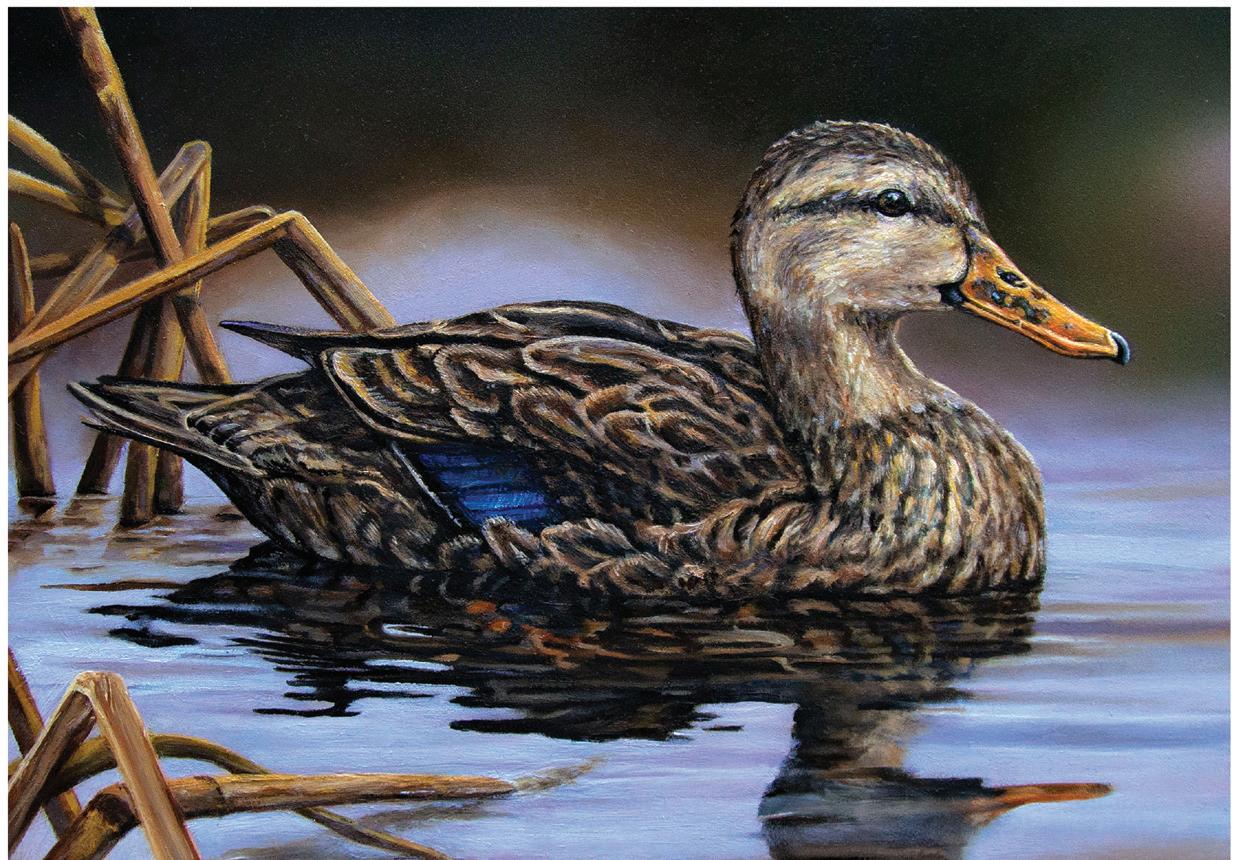
it. But in 2019, he told me that it’s a competition, and it opened a whole new world.
What was the idea behind documenting your process on TikTok?
I joined, like most people did, during COVID. As an artist you have to be a self-promoting person constantly, which I hated – I’m super introverted in person. But I love video editing, and on the internet, I’m fine with being perceived. So that felt like a natural world for me.
I was also in art college at the time and I was so shocked that no one knew about the Duck Stamp competition there. I was thinking, “Why does no one know about this?” I realized it’s very niche. It’s dorky, but also super prestigious. So as I was making videos, I thought it was the perfect choice to say, “Hey, did you know there’s this whole dorky world out here and I think you guys would like it?” And they did. So I was thrilled.
You obviously had a great reaction online. Did you get any kind of reaction from the duck stamp community?
I did. It was weird because it’s not my demographic at all. I didn’t get to go to the actual competitions in person and meet any of the people for the first four years I was entering because they were really far away and then it was COVID. So I felt on the outside of that world for a long time. I didn’t make friends really until last year.
I’ve been following you since Bucket, your entry in 2022. When we were watching the live stream of the competition when Bucket was being judged, I was watching all the comments fly by as your entry was coming up and it was just so obvious that that kind of excitement had never happened before. Have
The Federal Duck Stamp Art Contest is held in September of every year (a month or so before waterfowl hunting season opens). Artists who submit designs have a list of regulations to follow, but the main rules include:
• Designs must measure 10 inches by 7 inches, oriented horizontally
• Artists can only choose from the eligible species for the year, and this should be the dominant feature of the design
• No writing, including numbers
• Any hand-drawn medium is accepted (excludes photography and computer- or AI-generated art) The contest is judged by a panel of five, whose members change every year. The judges are chosen based on one or more of the following: art credentials, knowledge of duck anatomy and habitats, philatelic knowledge, understanding of the waterfowl hunting world (though actual hunting experience is not required), and passion for the Service's goals of conservation. The American Philatelic Society is proud that several of its members have served as judges in past years, offering their perspective on stamp design.
Judging takes place over two days in a "blind" process where the artists remain anonymous. The first round, on day one, consists of the judges each voting “yes” (In) or “no” (Out) to send the submission on to the next round. Three or more “ins” mean an automatic advancement to round two. Judges can also choose up to five submissions each to advance, even if they received fewer than three “ins.” This was the case for Kira’s submission in 2021, when their Ross’s duck (one in) was chosen to move to round two.
On day two, each judge ranks the submissions from 1 to 5, and the top five scoring entries proceed to the final round, at which point the judges vote again with scores of 3 to 5 until they have determined the first, second, and third place winners.
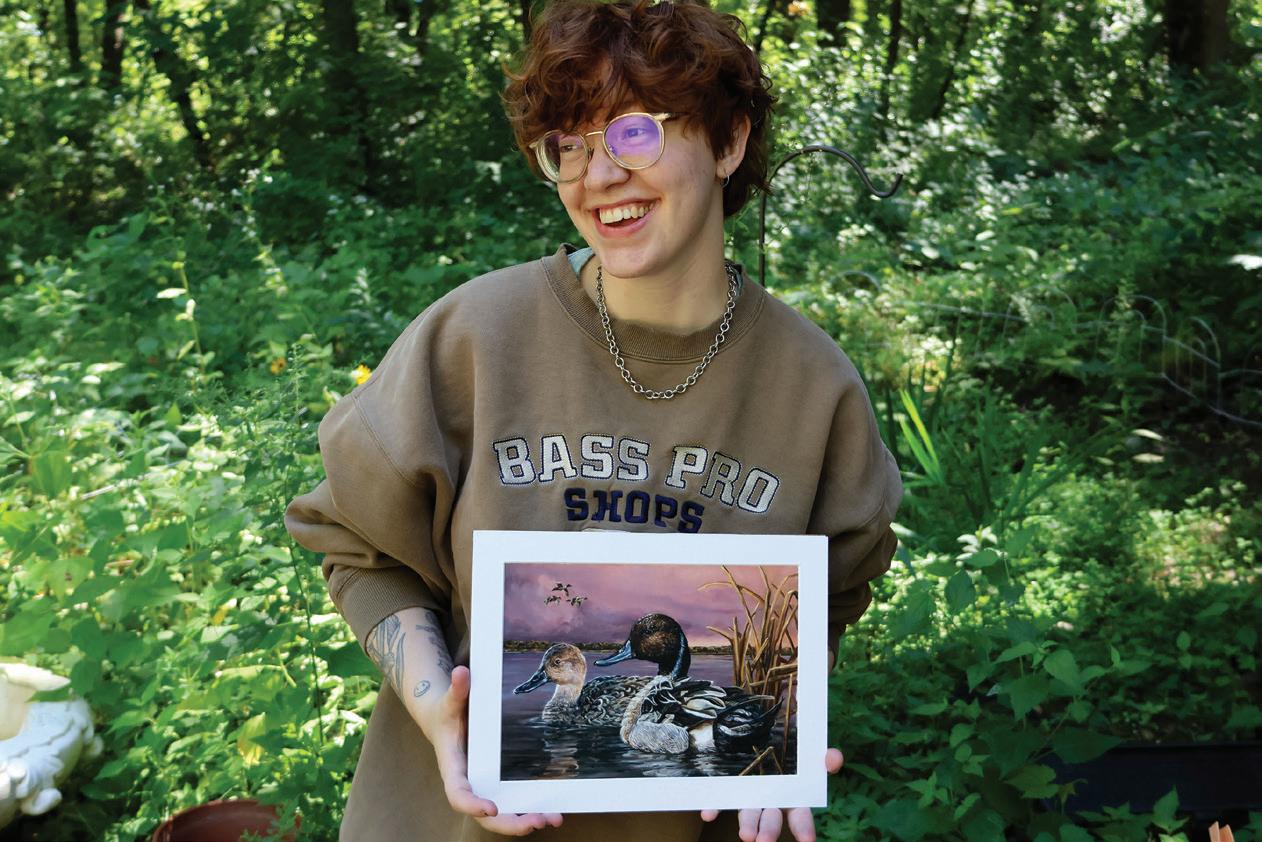
you heard that the surge might be related to your entry?
Yeah, I’ve heard a few references toward it. I heard discussions like, “There were more younger people entering this year, it was the liveliest crowd in person and there were more younger people there.” The room was pretty full when we went.
Has anyone ever reached out to you directly and said, “I entered the Duck Stamp art contest because of you?”
Lots of people, and lots of people say that they’re going to try in future years too. It’s a bit intimidating, which I understand. But they’re ramping up to it.
You went viral two years ago now. What is the most intense, the coolest thing, the wildest thing that’s happened to you since?
The Fish and Wildlife Service has livestreamed the contest for a few years, and the participation has jumped. Views of Day 1 in 2023 reached 24,000; Day 1 in 2022 was even higher, 27,000. Compare that to 2020, which has 6,400 views on Youtube. If you watch the livestream videos on Youtube today, you can read the scrolling “live chat” from viewers who were watching during the stream – thousands of positive comments, like “What are all of your favorites?” “The water movement is everything.” “I bet this one looks great in small form.”
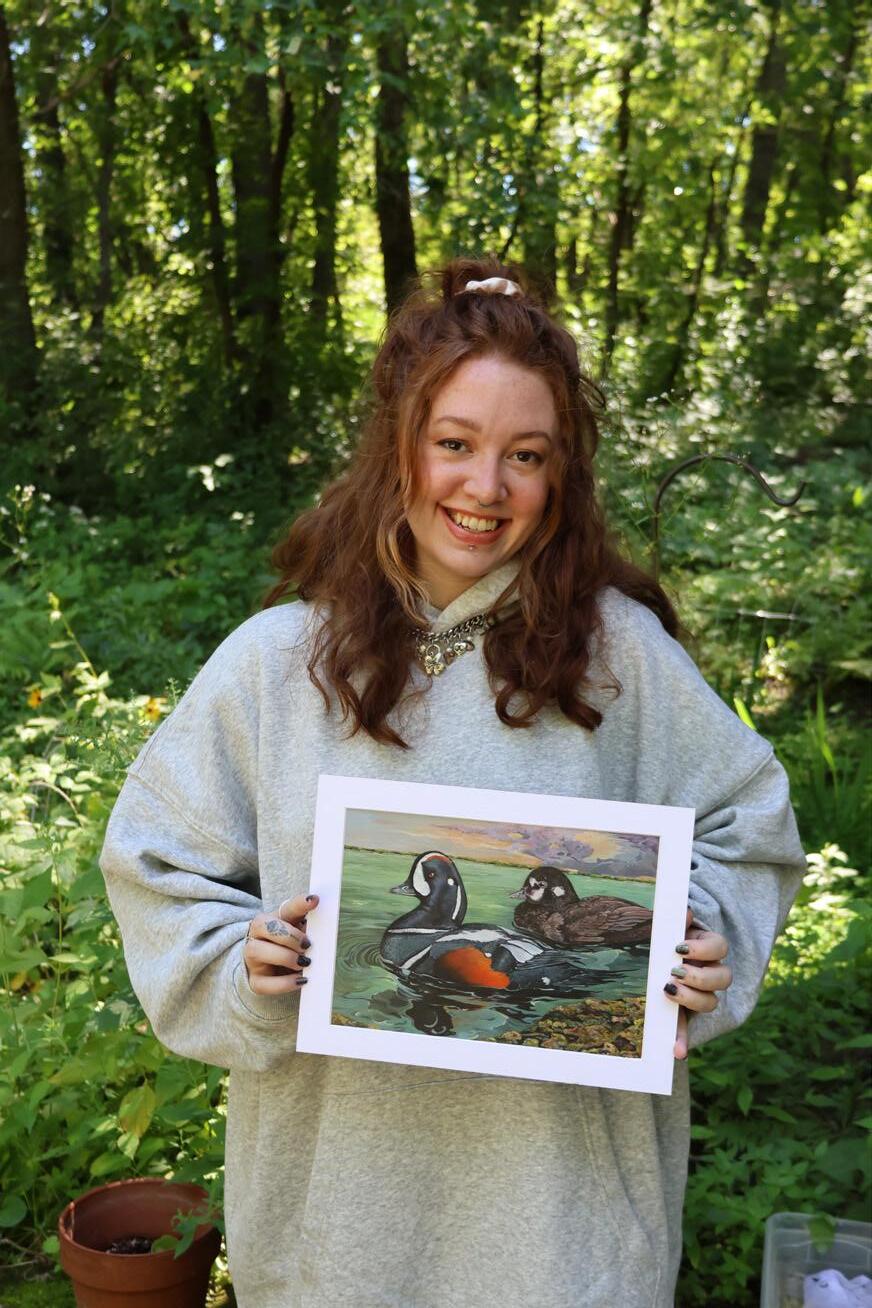
My coolest moment was that I got to meet two of the Hautman brothers at the competition. Bob emailed me when I was painting Bucket in 2022, just a sentence, “Good job raising awareness,” or something like that. And I was like, “Oh my God. I can’t believe he has my email. And he emailed me.” And then I got to meet him and Joe at the competition, and took a dorky picture with them… It’s probably one of the coolest moments of my life, just because I love them, they were so nice, incredibly talented, super humble. They remind me of my family. What was it like having your twin sister Kess enter the competition with you this year?
It was great. She’s living with me and my wife right now, so it seemed perfect. They’re both artists and neither of them really wanted to enter, I think because they thought it was my thing, and they just have very different styles of art. But I said, “Kess, you should enter.” And she kind of laughed at me and then said “Okay, fine.”
She did the harlequin duck. If you like a type of duck, your depiction is much more convincing. But we’re both procrastinators. We stressed together and we helped each other with the designs. And her approach made me think of things with mine that I wanted to change. And having another set of eyes that knows how to look at art is extremely beneficial. I really had a fun time and she wants to do it again.
Kira’s 2023 entry (above) was of two northern pintails. Kess’s 2023 entry (her first, right) featured two harlequin ducks. The siblings live together in Minnesota, along with Kira’s wife Greyley.Joe, Bob, and Jim Hautman aren’t your typical wildlife artists. They’ve won countless awards, had their work exhibited in the Oval Office, and were even referenced in the 1996 film Fargo. They’re also the only group of three brothers to win the Federal Duck Stamp Art Contest – one of the Hautmans has won the contest in 15 of the last 34 years, including in 2015 when they swept the podium.

Inspired by their mother Elaine, a painter, and father Tuck, an outdoorsman with a passion for wildlife conservation, the Hautman brothers have made an indelible mark on the philatelic world. Their work has been featured on not only the Federal Duck Stamp, but also over 50 other stamps worldwide, from the duck stamps of their home state of Minnesota to postage stamps supporting the United Nations Endangered Species program.
JIM: When Jim became the first Hautman to win the Federal Duck Stamp Art Contest in 1989 with his rendition of a black-bellied whistling duck, he was also the youngest person ever to win the contest. Though that record was broken by Adam Grimm, Jim is tied with brother Joe for a record six wins of the contest, and received a perfect score in the contest – a rare feat – twice.
JOE: Joe was the second Hautman to win the Federal Duck Stamp Art Contest in 1991 with his spectacled eider. Though all the brothers are now professional fulltime artists, Joe holds a PhD in theoretical physics and was in the midst of an active research career when he won the Federal Duck Stamp Art Contest in 1991.
BOB: Bob rounded out the Hautman Brothers’ legacy when he snagged a Federal Duck Stamp win in 1996, taking the top prize with a Canada goose. While all the brothers are champions of wildlife conservation, Bob takes an active role in the process when he’s not painting; his studio in western Minnesota overlooks wetlands he’s been restoring for over two decades.
Want to see more of the Hautman Brothers’ work? Find them at their shared website, www.hautman.com
What was it like attending the competition in person for the first time?
I didn’t get to go to the actual competitions in person and meet any of the people for the first four years I was entering, either because they were really far away or because of COVID. So I felt on the outside of that world for a long time. Going in person [in 2023] and meeting everyone, it finally felt like, “Oh, this is the community that really likes it.”
There’s a bit of controversy with me doing this whole thing, posting on social media. Technically it’s supposed to be an anonymous competition, so I thought there might be some people who don’t like that I share my submission beforehand online. I was worried that it would be weird in some way, but everyone was super nice. And I’m pretty certain not a single one of the judges knew who I was or anything so it was totally fine, and I only got one “In” anyway. So I’m not really worried about that. I think
sharing my process online is definitely worth it if it gets more people interested.
Have you ever gotten any kind of feedback from “general” stamp people or just Duck Stamp people? And do you collect stamps yourself?
You are the first stamp people to reach out, so that was exciting to me.
I feel like if I had gotten into stamp collecting when I was young, I’d be super into it. I got a Duck Stamp when I first realized they existed and now I’m going back and trying to buy my favorite ones. I like them in general, so I would certainly be interested in getting more involved with stamps and stamp collecting.
On your TikTok, you mentioned that you’re tackling the spectacled eider next year. What got you interested in that duck in particular?
I just really like how weird he looks – it looks like he’s wearing goggles or something. It’s a cool bird. People make fun of me that I like white animals. And I do, they’re fun to paint if they’re white. Now I’m working on trying to go
Kira attended the in-person competition in September 2023 with their sister, Kess. The sibling’s entries (top, Kess; right, Kira) were judged nearly consecutively.
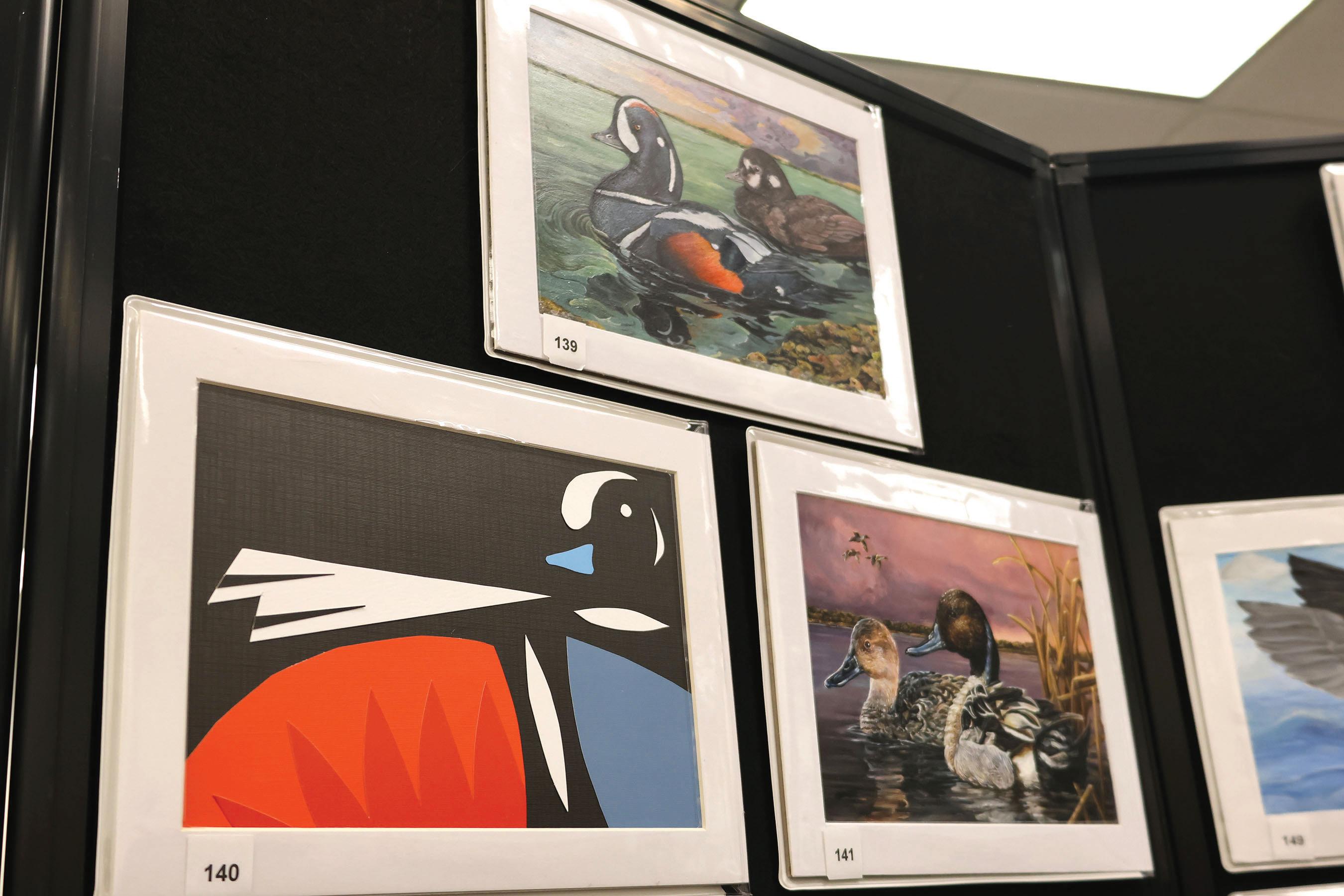
see them. They’re hard to see in the wild and that’s stressing me out a bit.
You recently talked about the Sea Duck conference stamp competition on your TikTok. It seems like they’ve got a much more relaxed vibe. Is that something that you’d like to see the Federal Duck Stamp Contest incorporate, or do you like that there are different competitions with different atmospheres?
I kind of like that there are different competitions. Some of my followers are sad that the federal program only values hyperrealism, but I think that’s what the competition was meant for – identifying duck species and being accurate.
Cheryl Ganz (President of the American Philatelic Society) weighed in on the contest from her time serving as a judge for the Duck Stamp Art Contest. “I was handed a reducing glass to view entries. Unlike the magnifier that brings details closer, this glass takes a large image and brings it down to postage stamp size. We could view original submitted duck stamp art to see how each would look at stamp size! Some beautiful paintings were too busy or had colors that wouldn’t work in the smaller format.” (The American Philatelist, September 2023)
I’m very excited about the Sea Duck Conference and want people to try it. I wish there were even more stamp competitions in different categories. Because my viewers are also so confused that the Duck Stamp is not a postage stamp. I’ll say, “I’m so sorry, you will not see this on your mail. This is for hunters.” So I want more stamp contests for different things.
You do a lot of videos that offer people advice and answer questions about the Duck Stamp art contest. Is that because you want to make the contest more accessible or just because people find it entertaining and interesting?
I want it to be more accessible. No one wants to read over all of the documents about how to enter – and the rules are so specific because it’s the only government-judged competition. You have to follow the rules, or they literally won’t even show your entry. So I want to make it more accessible.
When you’re painting, you have a favorite medium or do you just bounce all around?
I did oil paints, but now I paint in my house and it’s not well ventilated and I care about my health and my cat and my wife. So I got water mixable oil paints, and those are my favorite. And I also love oil pastels. I love the oil. I hate soft pastels.
I did pet portraits for a long time to make most of my money, and I did them in oil pastels. So I got really comfortable with those and I love
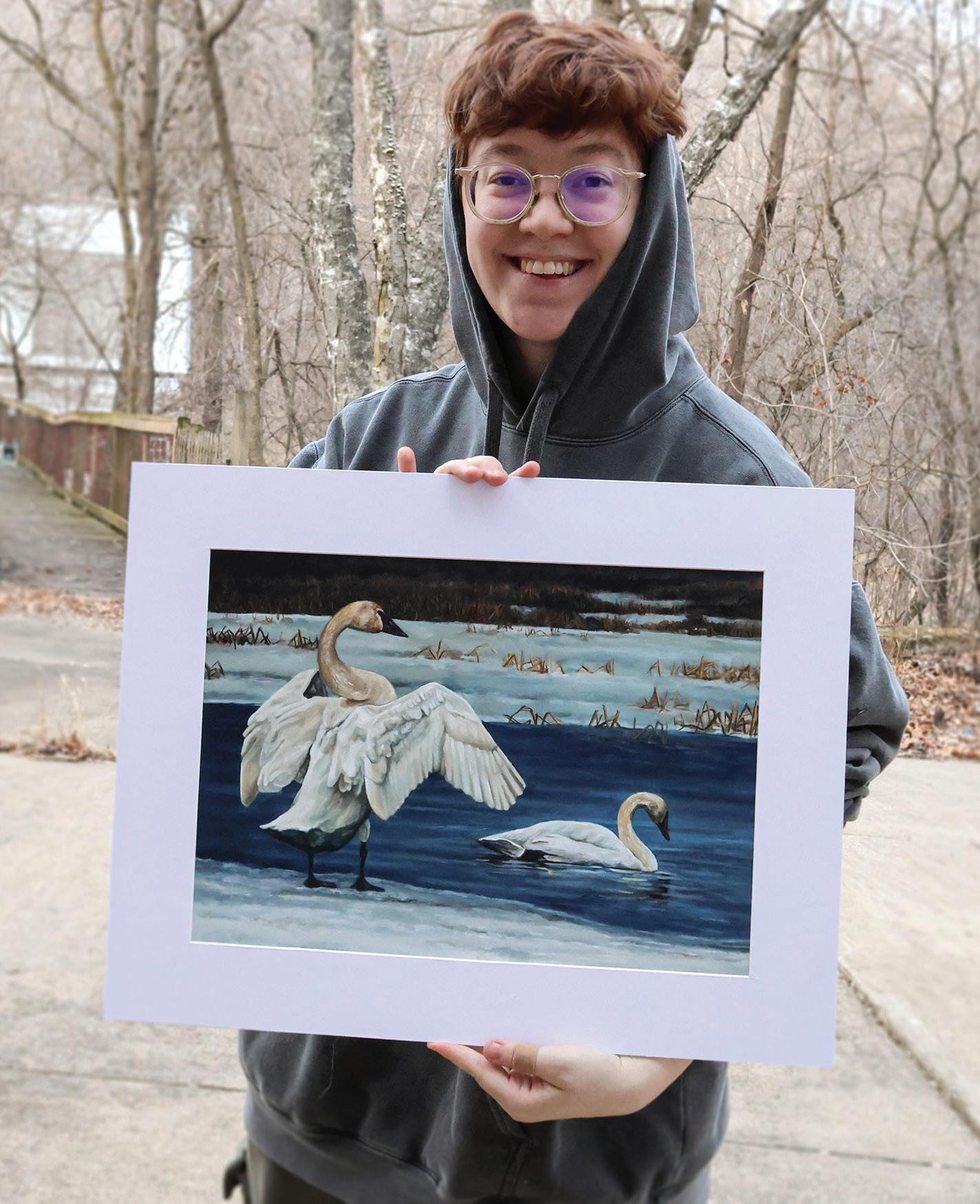
Kira has been branching out to try their hand at state Duck Stamp competitions. This is their most recent, their entry to the Ohio Wetlands Habitat Design Stamp Competition.
those. Doing a duck in oil pastels would be really fun. And it would not at all be what the judges are looking for, but maybe I’ll try that sometime. How do you decide what goes on TikTok and what stays for you? Do you ever wonder if you should do less? Do more?
Yeah, it’s kind of odd. I like to be genuine and honest at the core. So I feel like mostly I’m open about any of it, and I’m fine with that. I guess I wonder if that’s smart or not, but it doesn’t really worry me. I have so many ideas and I just need more time for all of them, so they will slowly start coming out and I will probably document most of them.
I wanted to ask about Raspberry Toodle and your Creative Collective that you run with your family, which is such a fun take on a family business. Is that more aligned with how you see yourself as a creative artist, as collaborating with people?
I don’t really view myself as a collaborator in the sense of I make stuff with other people because I’m not very good at that. Even with
I wish there were even more stamp competitions.
my twin sister, we were horrible at making art together, but I love supporting other people. And if I’m going to do well, whatever that means, I want my family to do well and I want the things that I care about to do well. I love making a specific print or a shirt or something that’s also a donation piece so I can raise some money to donate.
So I thought since my family are all artists, I want a website that has all of our work on it, because it doesn’t really need to be separate, even though we have very different styles. And I wanted other people to see their work as well, and I was getting the most traffic, so I thought, why not? And it’s allowed me to work with my younger sister [Sophie] too, who doesn’t really view herself as an artist, even though I think she has a lot of talent in different departments that she doesn’t really realize. So in that sense, I do really like working with people, uplifting people, and just giving more people opportunities. So Raspberry Toodle – my wife named it. And we just stuck with that.
Do you have any plans for your art in the future? Or do you just go where the wind takes you?
I have a note in my phone where I write down ideas for art. But it’s more like where the wind blows. It’s funny, some of my family don’t fully understand the Duck Stamp. And they’re like, “Oh, how’d you do?” Or they thought maybe I won. I was like, “No, I didn’t win.” And they’re like, “Are you gonna do it next year?” I was like, “Yes, Grandma. I will be doing it every year.” So I know I’ll do that forever, which is just something I look forward to every year.
Instagram: @kirasabin.art
TikTok: @KiraSabin
Website: kira-sabin.com
Art Collective: raspberrytoodle.com

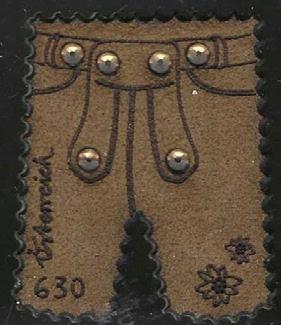
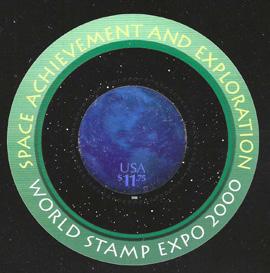
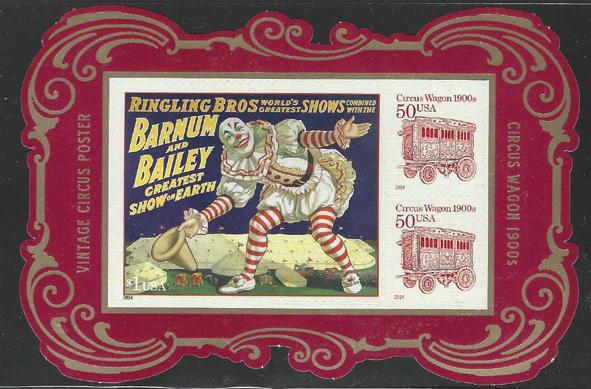

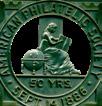




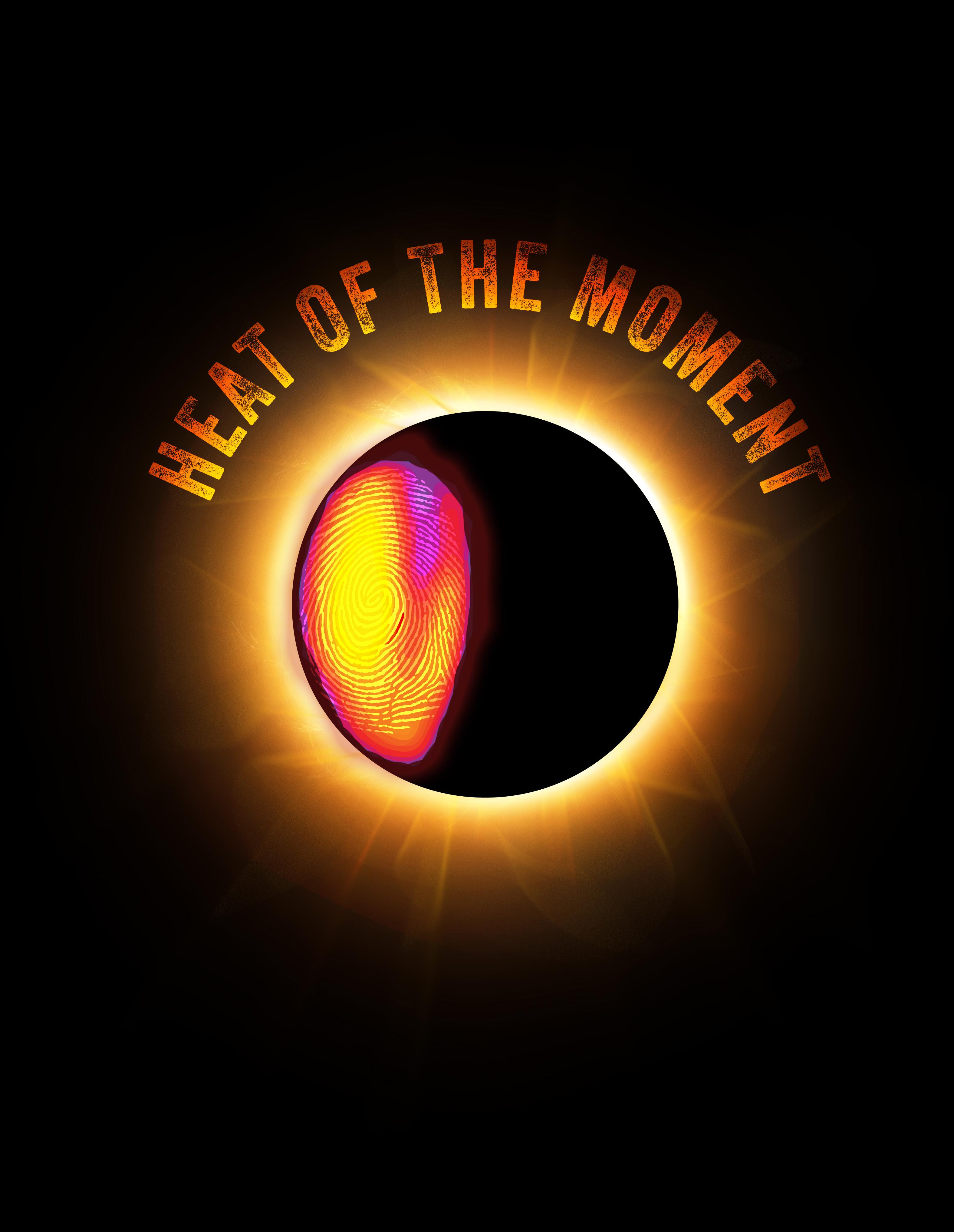
OnApril 8, 2024, a total solar eclipse will cross North America. In the United States, it will pass from Texas to Maine with a maximum duration of totality of 4 minutes and 26 seconds. If you aren’t able to see this one, you will have to travel outside the U.S. for the next few total eclipses, as there won’t be another one visible from the U.S. until August 12, 2045.
This upcoming event is a reminder of the last total solar eclipse to happen in the U.S. on August 21, 2017, and the beautiful Total Eclipse of the Sun stamp printed with thermochromic ink — ink that changes color with heat — that the USPS issued on June 20, 2017, to celebrate it.
The Total Eclipse of the Sun stamps from the USPS were the postal authority’s first use of thermochromic ink, and show a total solar eclipse viewed from Libya in 2006, from a photo taken by retired NASA astrophysicist Fred Espenak. When heat is applied to the stamps by touching them or laying them in the sun, they reveal an image of the Moon, also captured by Espenak.
While thermochromic inks are most often used in food and beverage products, their design effects are fascinating, and printing with them is relatively straightforward. Antonio Alcalá, the art director and designer of the eclipse stamps, was the first to suggest the use of thermochromic ink for the issue as a way to engage and educate the public. The USPS was immediately on board, but there was still some testing required to gauge the amount of thermochromic ink needed to achieve the desired effect. Even after that testing, the special ink can cause a full sheet of 16 stamps to have a slightly rippled appearance when viewed from the side. Overall, the stamps were a great success, leading to an increased interest in solar eclipses, thermochromic ink, and stamp collecting.
The thermochromic ink — official name: UV Screen Black 29 degrees Celsius — was created by Chromatic Technologies Inc. in Colorado Springs and is made
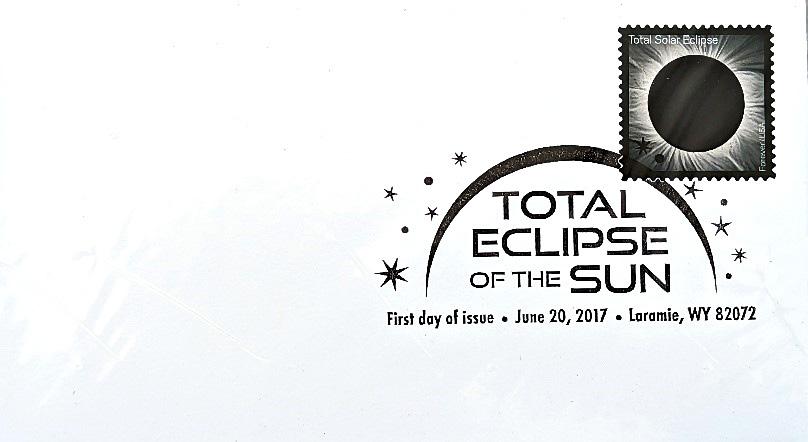
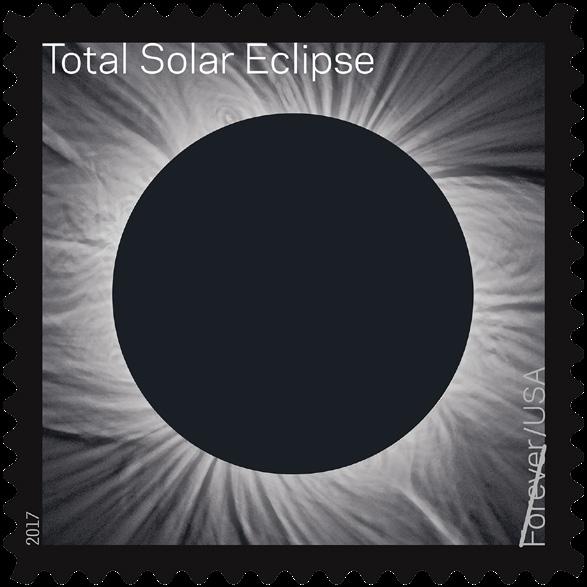
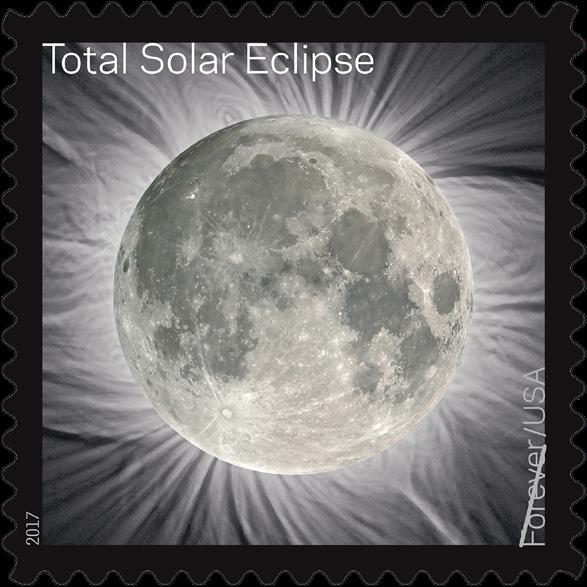
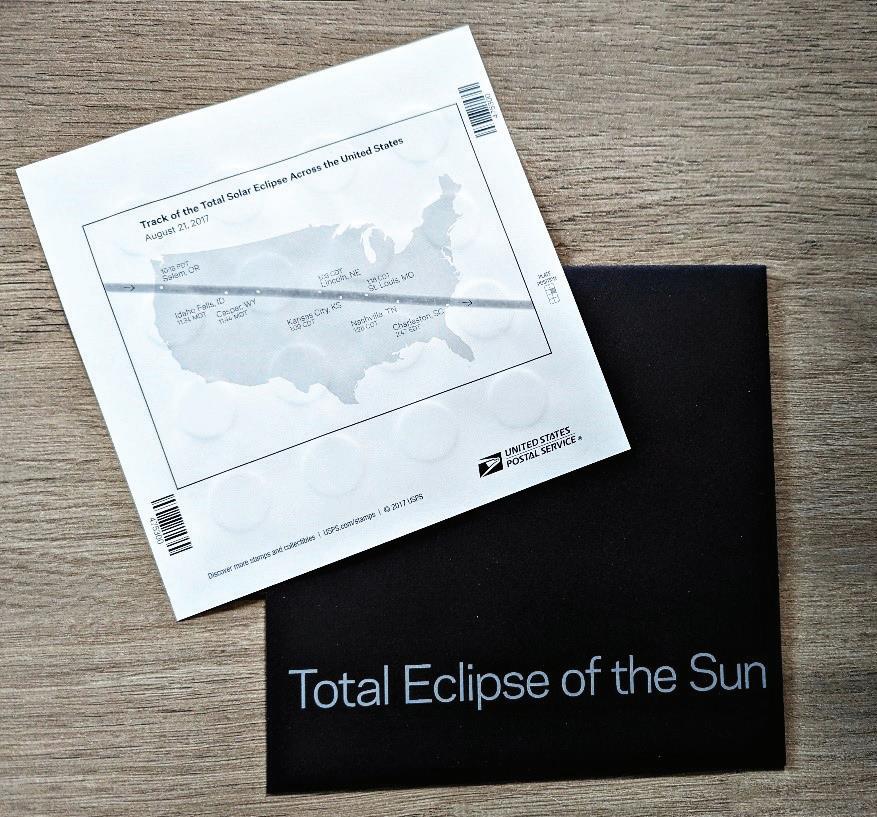 A first day of issue cachet celebrating the issue of the Total Eclipse of the Sun stamp. Courtesy of the author.
To protect the thermochromic ink, the Total Eclipse of the Sun sheets were issued with special protective envelopes. A map of the 2017 solar eclipse's track across the U.S. was printed on the reverse of the sheet. Courtesy of the author.
A first day of issue cachet celebrating the issue of the Total Eclipse of the Sun stamp. Courtesy of the author.
To protect the thermochromic ink, the Total Eclipse of the Sun sheets were issued with special protective envelopes. A map of the 2017 solar eclipse's track across the U.S. was printed on the reverse of the sheet. Courtesy of the author.
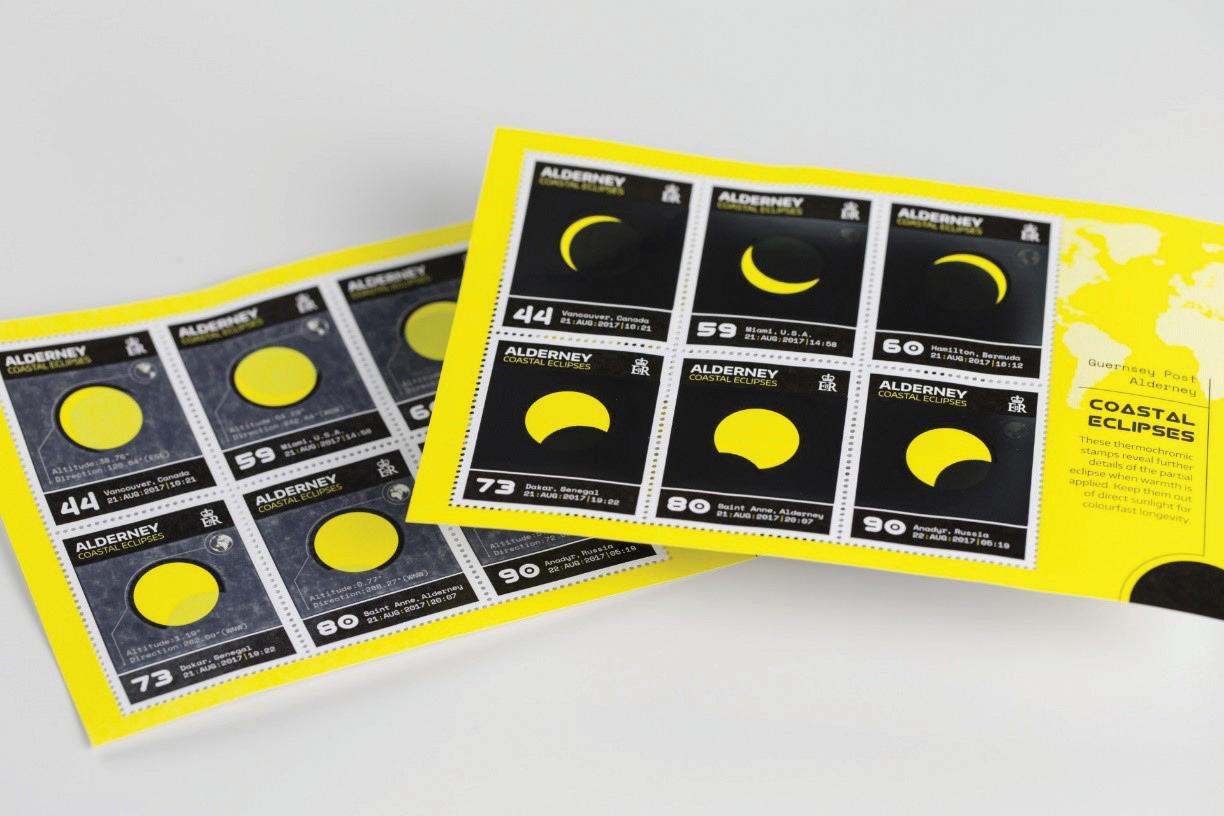
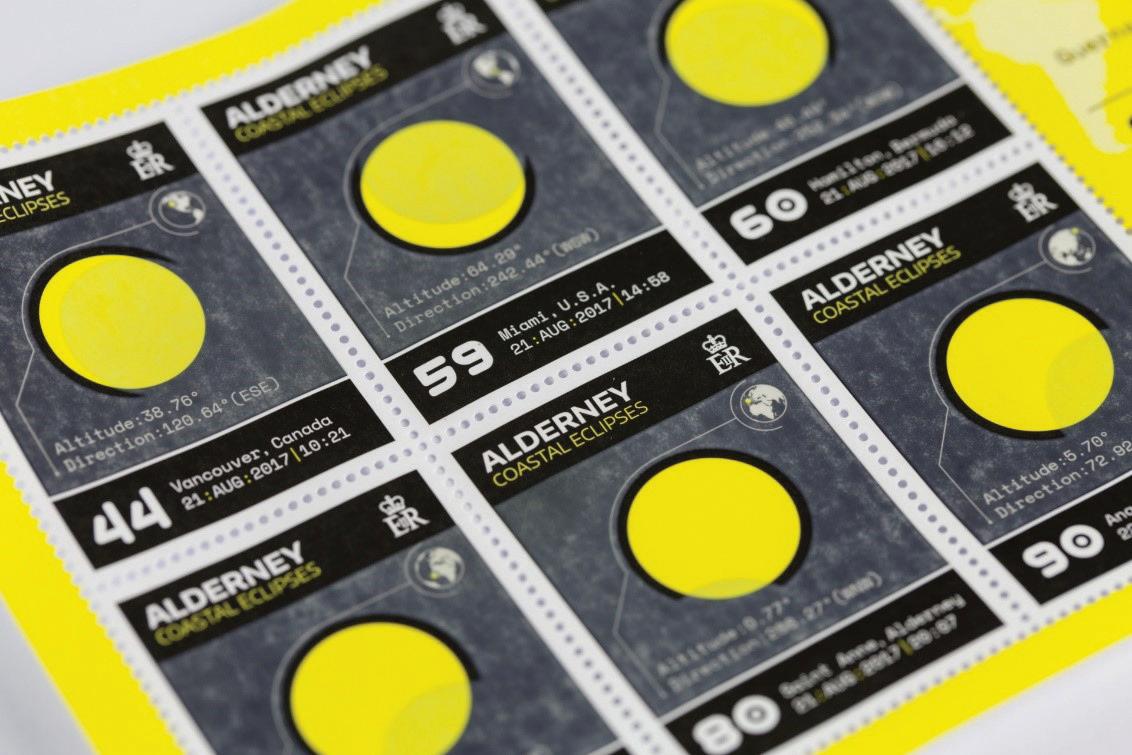
up of a combination of fat, dye, and developer. The three elements work in sequence to reveal the image beneath the ink.
The leuco dye included in the ink switches between color (the on-state, which in this case is black) and colorless (the off-state), and the developer moves back and forth between the fat and the dye. The fat, which is different from the fat inside our bodies and is more like the fats used in lipsticks and lotions, melts at around 29 ºC (or 84.2 ºF), hence the name of the ink. When the fat is solid, the developer stays in the dye, making the ink black (on-state). When the fat melts, the developer wants to hang out with the fat instead, switching the dye to the off-state and rendering it colorless, revealing the image behind the ink. As the fat cools (to around 25 ºC
or 77 ºF), the developer returns to the dye again, and the eclipse returns.
The Total Eclipse of the Sun stamps are sensitive to UV light, so they should be kept out of direct sunlight as much as possible. In fact, when they were issued, the USPS also offered a protective black envelope in which to store the stamps.
What if these stamps are exposed to light though? Linn’s Stamp News did an experiment that exposed the eclipse stamps to both constant heat and light (placed beneath a fluorescent desk lamp) and variable heat and light (placed on the dashboard of a car while parked outdoors during errands but removed while the car was being driven). Unsurprisingly, the ink degraded under both conditions to the point that the Moon was slightly visible even at room temperature. Also, the image of the Moon became colored with an orange tinge when heat was applied instead of showing the clear image. Interestingly, the stamp subjected to variable conditions fared worse, with the ink almost completely degraded after a month.
What does this mean for long-term storage? It’s actually not too different than how you should typically store your stamp collection: keeping stamps in a cool, dark place in stock books or on pH-neutral paper/envelopes. With
These stamps from Guernsey Post use thermochromic ink to show how the 2017 eclipse appeared in different coastal locations. Courtesy of Potting Shed.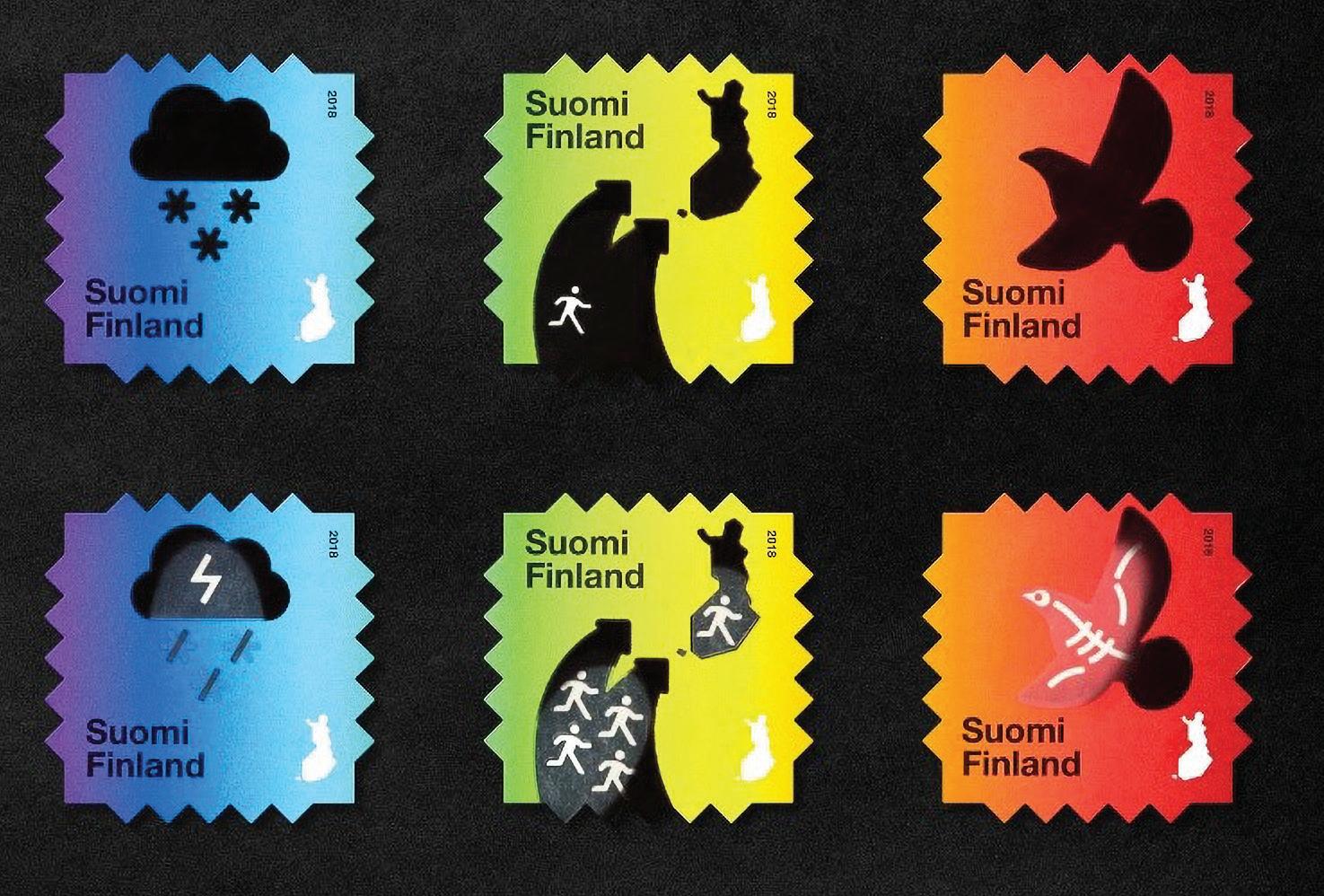
stamp collections often kept over a lifetime and even passed down to later generations, it’ll be interesting to see what happens over the decades even with proper storage — one of the perils of using new technologies.
In celebration of partial solar eclipses visible across the world that same year, Guernsey Post released a set of stamps on July 19, 2017, that was also printed with thermochromic ink. The six different designs represented different coastal locations that were able to see a partial eclipse in August 2017:
• Vancouver, Canada
• Miami, U.S.A.
• Hamilton, Bermuda
• Dakar, Senegal
Saint Anne, Alderney
• Anadyr, Russia
At room temperature, the stamps show what the eclipse would look like; heated up, the stamps reveal the uneclipsed sun, as well as the altitude and direction of the eclipse for each location.
According to Gareth Rowson, the creative director of Potting Shed, the design firm commissioned to design the stamps, “the inspiration for thermochromic ink was arrived at almost immediately as part of the conceptual process in considering specialist techniques that might resonate with the solar theme of the stamps, enabling a fairly immediate conceptual decision to design from.” Rowson’s main focus was
Chuang, Tamara. “The Science behind the Color-Changing Solar Eclipse U.S. Postage Stamps? Fat Magic,” The Denver Post (August 18, 2017). https://www.denverpost.com/2017/08/16/science-behind-colorchanging-solar-eclipse-u-s-postage-stamps-fat-magic/.
“Climate Change Stamps: Winner: Dezeen Awards 2020,” Dezeen. https://www.dezeen.com/awards/2020/ winners/climate-change-stamps/.
Geggel, Laura. “Get Ready, the Next Great North American Total Solar Eclipse Is 2 Years from Today,” LiveScience, April 8, 2022. https://www.livescience.com/2024-total-solar-eclipse-2-years-away.
“Guernsey Post Celebrates Total Eclipse with Image-Changing Stamps,” Guernsey Stamps (June 22, 2017). https://www.guernseystamps.com/Alderny_total_eclipse_image-changing_stamps.
“Ilmastonmuutos-Postimerkki,” Berry Creative (November 26, 2020). https://www.berrycreative.fi/tyot/ ilmastonmuutospostimerkki/.
Snee, Charles. “Total Solar Eclipse Stamps: Putting Thermochromic Ink to the Test,” Linn’s Stamp News (April 29, 2021). https://www.linns.com/news/us-stamps-postal-history/total-solar-eclipse-stampsthermochromic-ink-test.html.
Stage, Jeff. “You’ve Got That Special Touch: New U.S. Issues Include Two With Sensory Effects,” The American Philatelist 131, no. 8 (August 2017): 811–14.
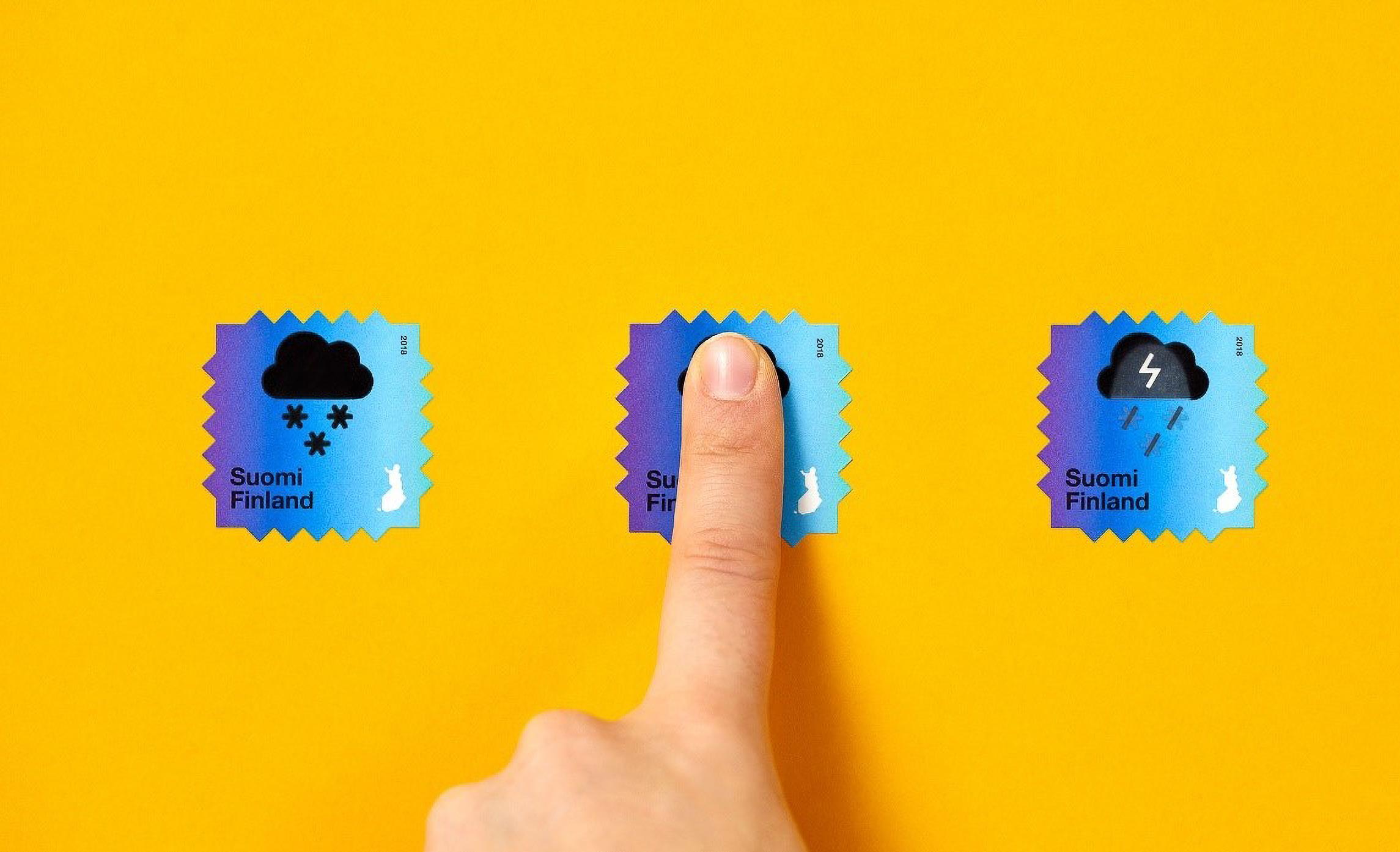
on the user’s experience, specifically that the typography and overall design of the finished product would be beautiful and not simply a gimmick. To do so, it was important to understand how the thermochromic ink would react and appear, both activated and deactivated. In order to achieve the dense black needed for the design, Potting Shed ended up using a double hit of 100% black rather than a tone varying fourcolor mix.
Another stamp design using thermochromic ink was the Climate Change set issued by the Finnish postal authority, Posti, on September 12, 2018. The stamps were designed by Berry Creative Designs and won the 2020 Dezeen Graphic Design of the Year award as well as the 2019 Red Dot Design Award.
The stamps initially show snowy winters, limited immigration, and a bird representing native Finnish wildlife. However, after heat is applied, the snow turns into rain, there is more climateinduced immigration, and endemic species will become extinct.
Timo Berry of Berry Creative Designs, the designer of these stamps, said that the Posti specifically requested the use of thermochromic ink in relation to the climate change topic.
According to Berry, the biggest challenge in stamp design is to understand the topic. For these stamps, it was understanding what climate change means for Finns and Finland.
Berry was inspired by his background in poster design, and he approached the visual impact of the thermochromic properties as slowly animating posters, seeing first one image, then the other, and the interplay between the two images transitioning back-and-forth. He was also influenced by the thermochromic ink itself because he found the color scales of the thermochromic inks to be very limited. After receiving samples of the ink from the printing press, he found that black was the only color that functioned well, guiding him to the final design of the issue.
Thermochromic inks are a wonderful combination of art design and new technologies, and it’s surprising that there aren’t more stamp designs utilizing them, especially given the interactive, tactile nature of these designs that’s hard to resist. As the technology of thermochromic inks progresses, it would be interesting to see more designs utilizing these inks and even be inspired by them, perhaps with new colors and effects.
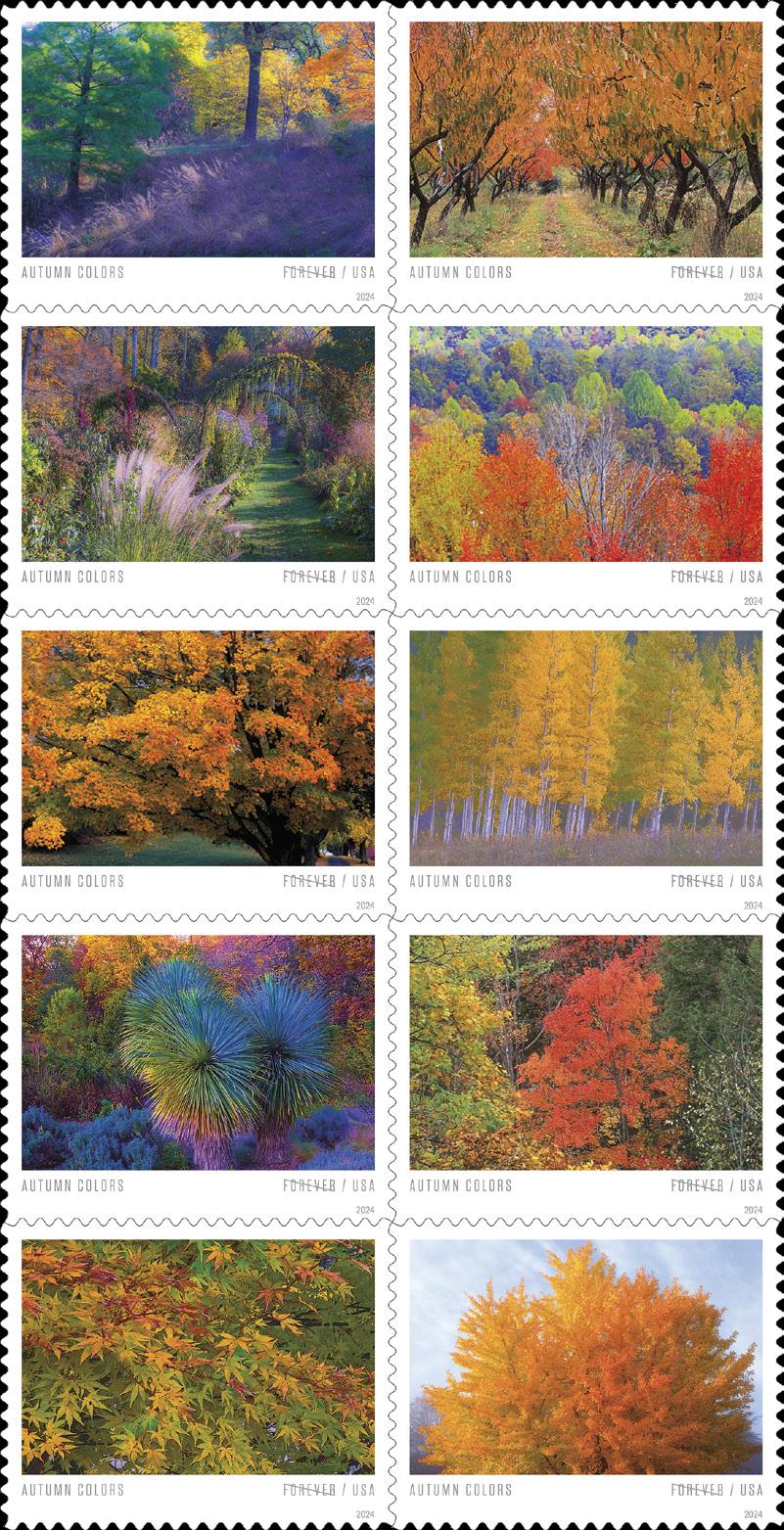
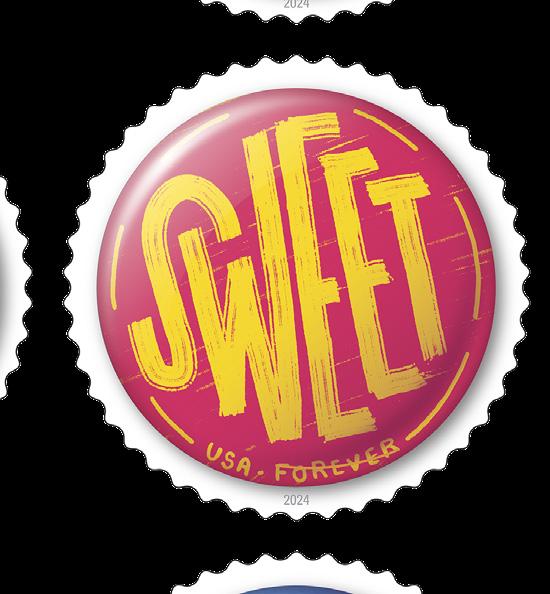

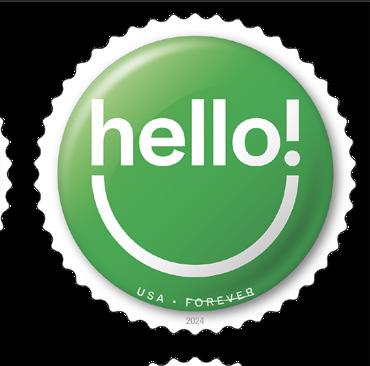
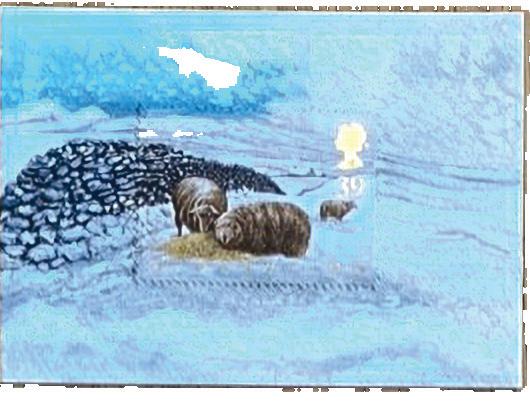
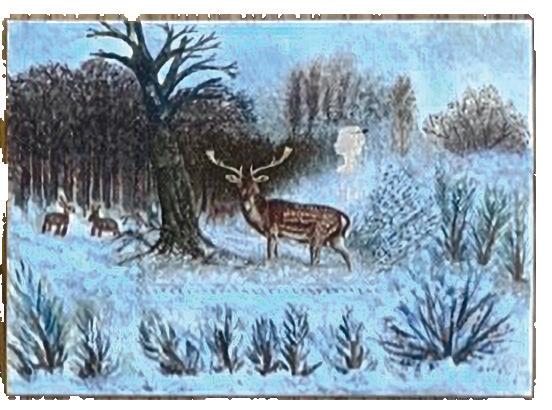
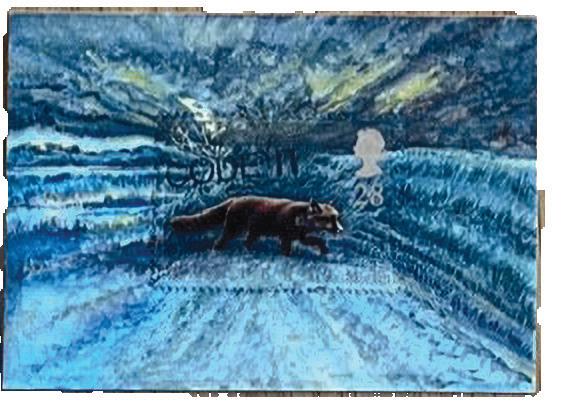
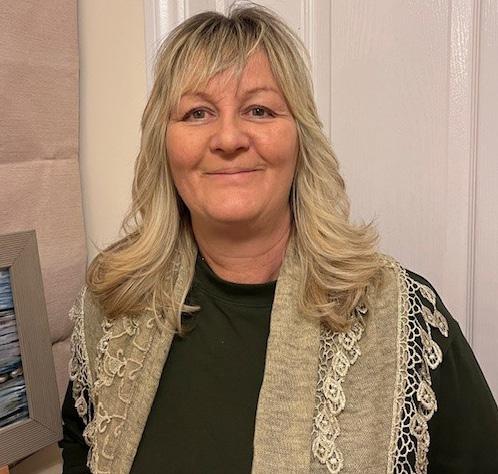
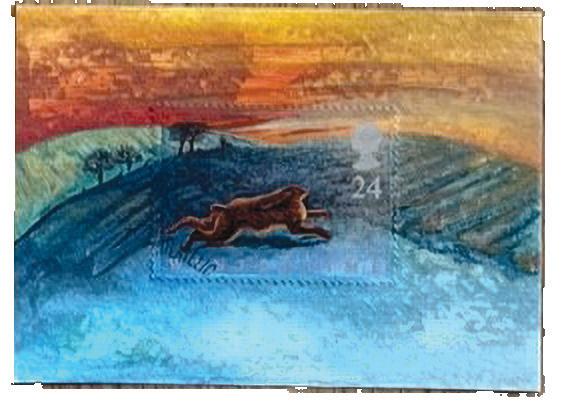
On her inspirations
I have always enjoyed being creative. I received a Bachelor of Arts (with honors) in Design Craft, and worked within an art department supporting students.
My stamp interest started back in 2014 when my family saw me saving some beautiful Hong Kong bird stamps off of packaging that was going into the rubbish bin. They must have noted that; I then received several gifts, packs of hundreds of stamps, although at the time I didn’t intend to collect them! To make use of the gift stamps I started making greeting cards. To make them more interesting, I began painting a background around the stamps on the cards. This grew until I was making artwork for a local gallery.
When I had more time at home, I found combining stamps with art kept me very busy!
The stamps are beautiful little artworks already, so being able to enhance this is very satisfying. I hope people find my art is applied in a subtle and sympathetic way so as not to detract from the stamp at all.
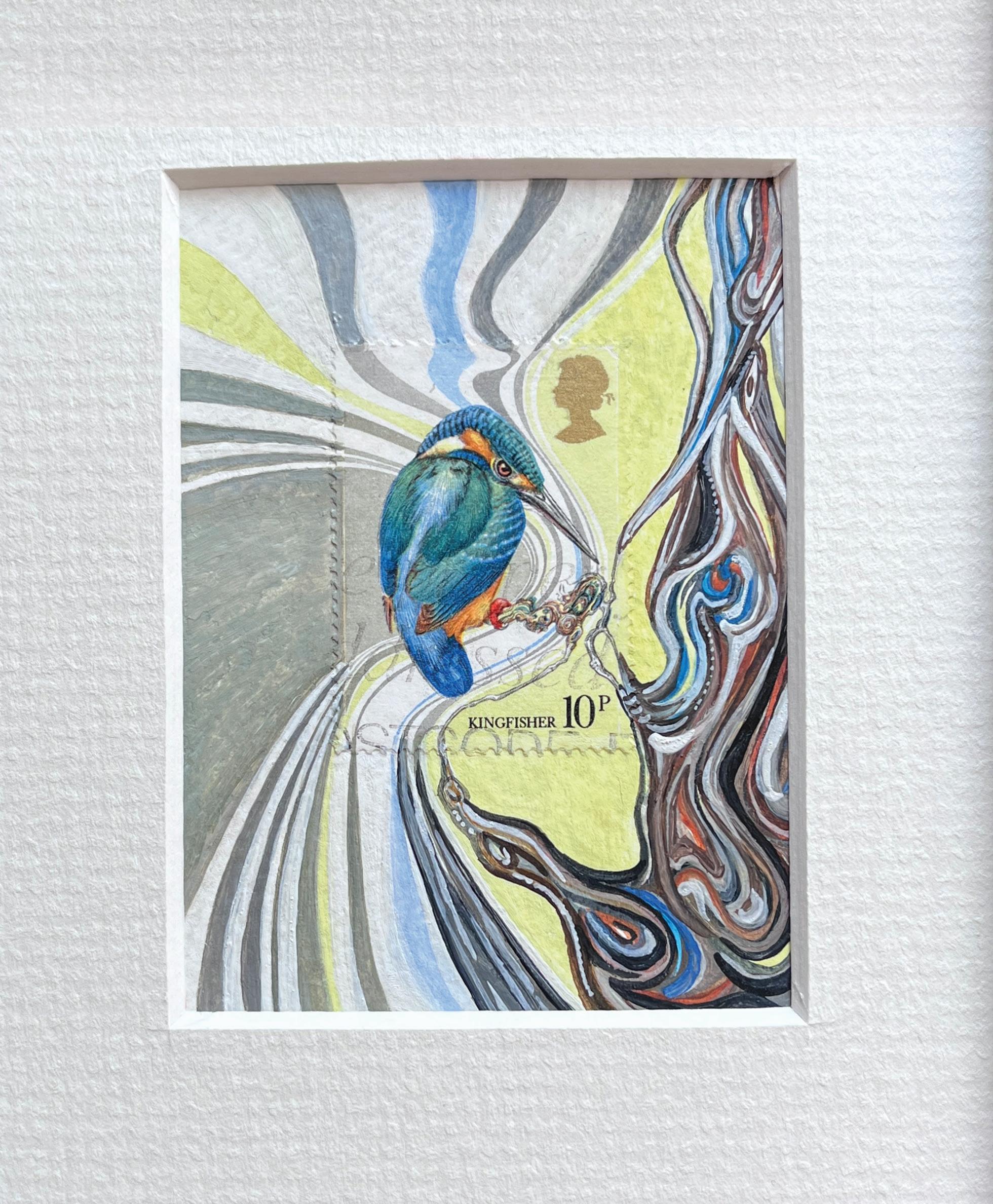
ʺStamps are beautiful artworks already… enhancing this is very satisfying.
On the digital philatelic world
I created a website during the pandemic and reached out on social media to find a wider audience. My favorite thing about working with stamps is the way it has led me to meet so many stamp enthusiasts and customers who have become friends. I have heard their reasons why their stamp collections mean so much to them –by putting their favorite stamps up on display in artwork, they can enjoy the stamps every day.
On her favorite projects
I sometimes like to combine a first day cover with my art to give the stamp more context. Although I have many favorite stamps, I am particularly fond of the Royal Mail 1978 Horses issue. The Welsh pony was the first stamp I painted a background around, as a gift for my sister who had a horse called Candy that looked just like this.
The highlight of my stamp journey will always be that I can create something unique and different that someone will treasure, simply by finding the right little stamp and spending a little time working with it. I get most nervous when a customer sends me their favorite stamp to paint. Once I had a customer’s grandad’s first stamp from his collection. My hands were shaking with that one!
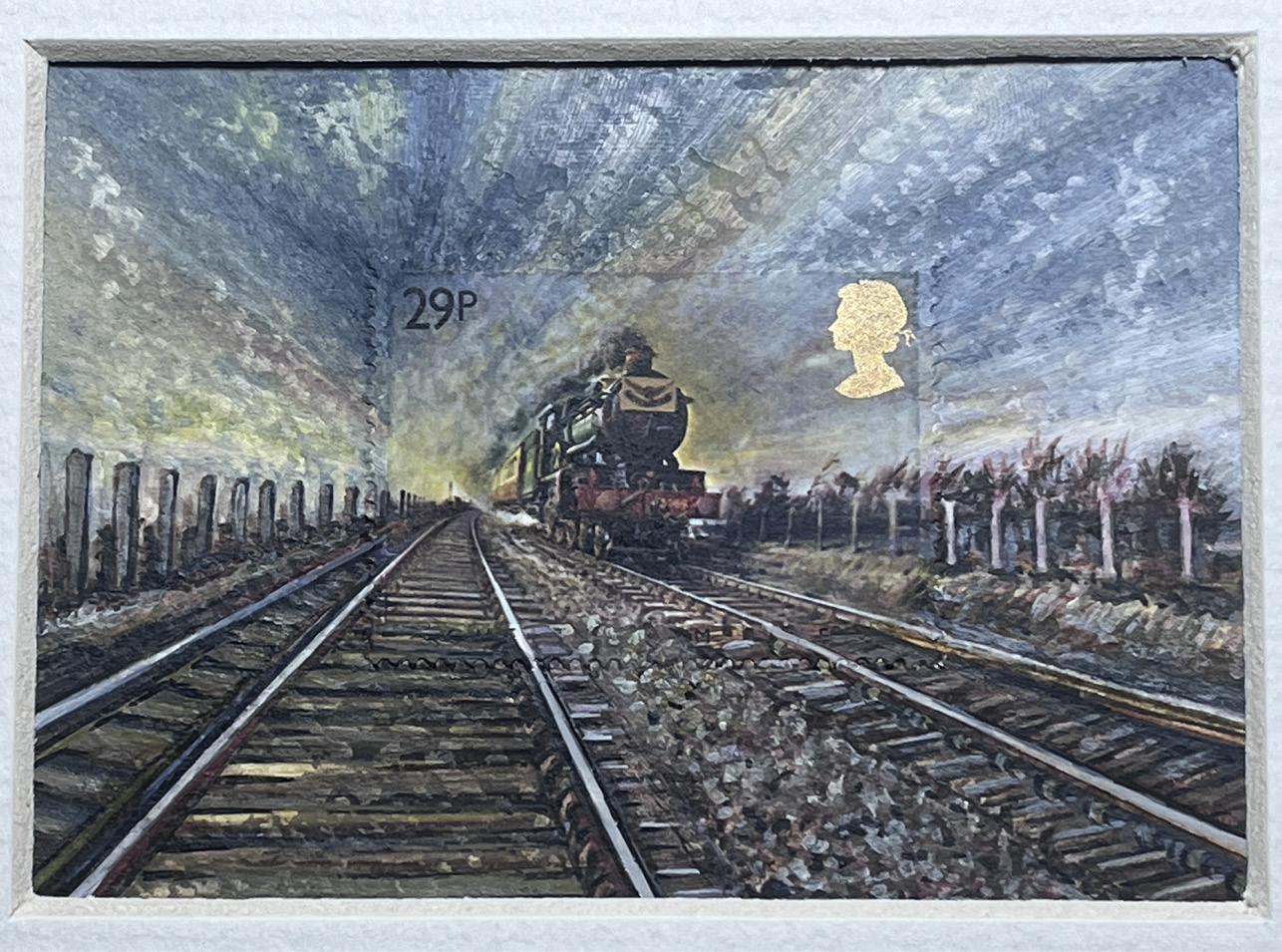
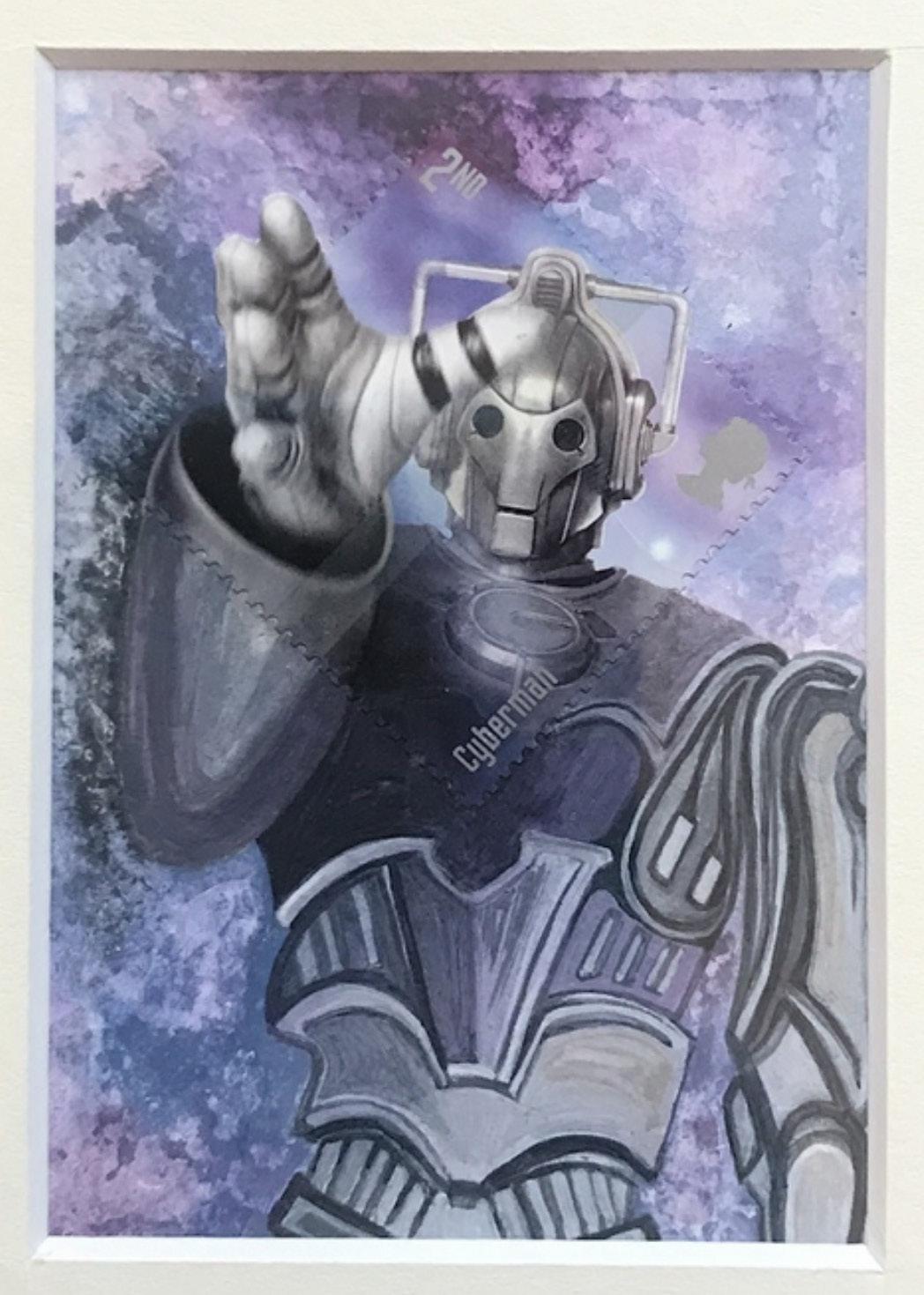

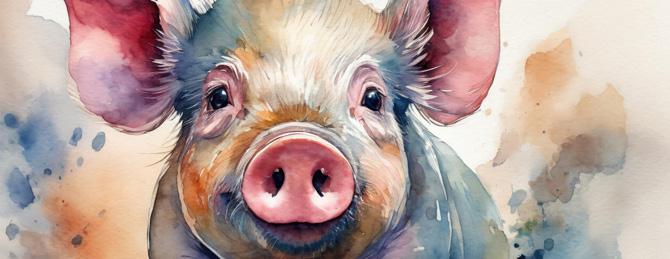
ost of the staff at the American Philatelic Society are stamp collectors; it comes with the territory. You spend the day using stamps, talking about stamps, totally surrounded by stamps… If you weren’t already a collector, it’s hard not to start within the first few months of employment, if only in selfdefense.
Carol Hoffman, who is the APS Director of Sales, says “it became difficult to resist.” She’s built up an impressive collection of stamps, covers, and even coins related to her topic of choice: pigs.
It’s not the most common topical to collect, but there are more pig stamps out there than you might expect – the American Topical Association, which produces checklists of stamp topic categories from Nobel Prize winners on stamps to umbrellas on stamps, lists 1,034 stamps in their Pigs/Hogs/Boars category checklist. Pigs can be used to promote a country’s agricultural strength or traditions, holidays, or even popular culture – think Peppa and/ or Porky Pig. Plus, as the name of the ATA checklist suggests, you can also branch out into types of the family Suidae, including various domesticated swine breeds, wild boars, bearded pigs, and even warthogs. Whether realistic portraits or cute caricatures, a prospective pig collector has plenty of options.
Carol isn’t sure that she has anywhere near 1,034 individual stamps in her collection, but she does have an extensive collection of porcine philately, from worldwide Lunar New Year stamps to pork-related revenue stamps. Her particular interest, though, is pig postal history. While perhaps not for the vegetarians and vegans among us, the widespread use of the mail to report on, sell, and celebrate hogs is historically fascinating.
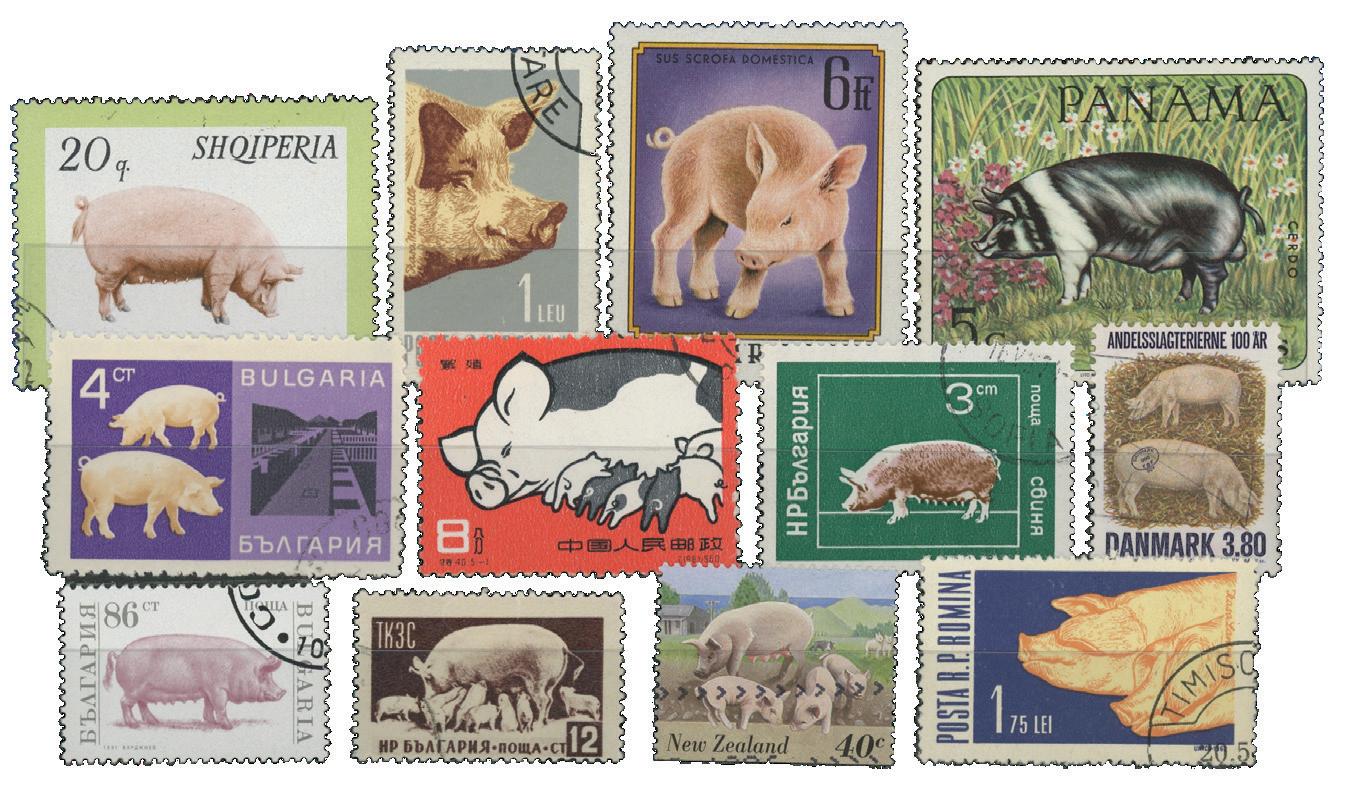
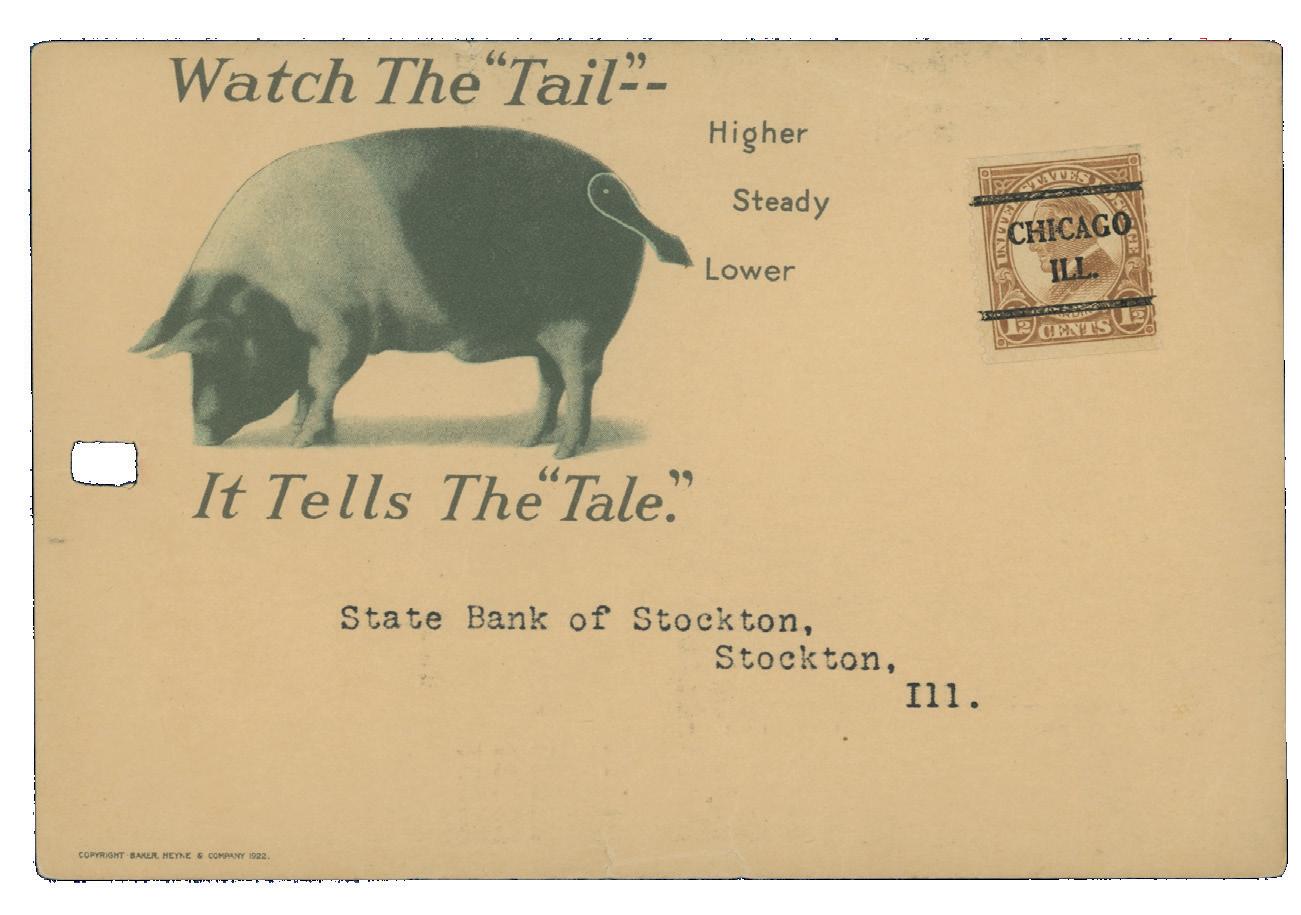
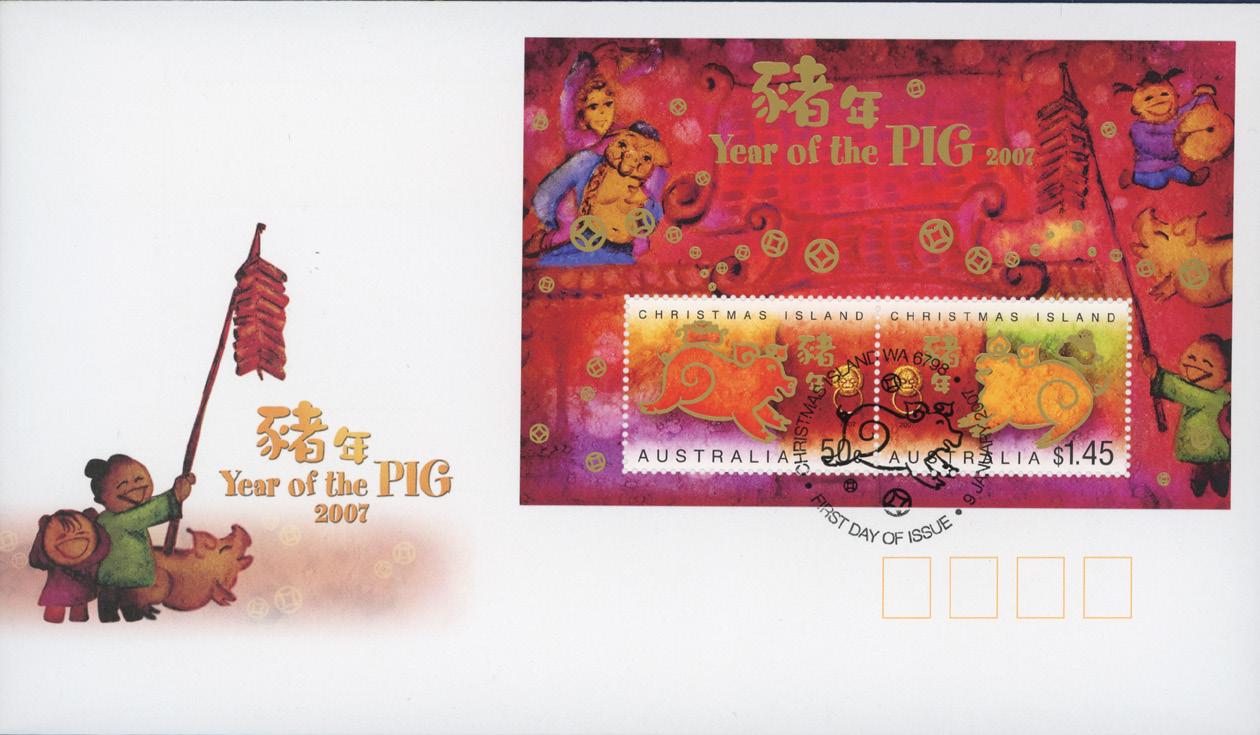
We welcome your submissions for future installments of “The Topical Collector.” Contact us at StampEd@stamps.org.
A small selection of Carol’s collection of pigs on stamps, focusing mainly on sus domesticus, the common farmyard swine. This card from Baker, Heyne & Company was sent to the State Bank of Stockton in 1925. BH & Co. were livestock commission merchants based in Chicago who used an image of a pig with an arrow-shaped tail to alert the market to price changes.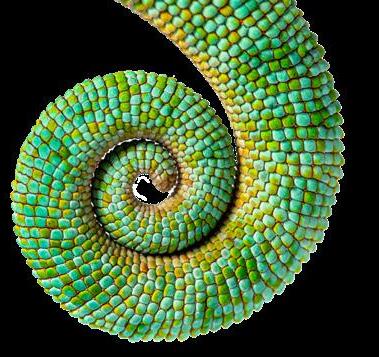
Imagine someone gave you a pet iguana. You know that there are some people out there who keep pet iguanas. Maybe you’ve always been interested in lizards, maybe you never suspected they were your thing. But one thing is certain: You have no idea what to do with a pet iguana.
In my family, we knew that when we became adults, I would get Dad’s stamp collection –stored in one large plastic tub – and my sister would get Mom’s coin collection. Neither one is significant enough to have any meaningful resale value. But they each represent years of labor on the part of our parents. We always knew to take them seriously.
Fast forward to September of 2020, and I’m moving my dad’s Big Stamp Box into my newly purchased pandemic escape home. Yes, I was one of those millennials who thought the best way to cope with a global disaster was by taking on a mortgage. But in my defense, I had spent the previous six months locked down in a basement apartment next to my landlord-slashboss, so it was absolutely the right move for me.
Believe it or not, among the freedoms I have in my 728-square-foot, two-bedroom house is the freedom of space, and great afternoon light in the “office,” formerly known as the front bedroom. It wasn’t long after setting up my space that I decided it was time to finally dig through
the Big Stamp Box. But what I found instead was an old iguana.
Not literally. I’m just not done with the metaphor yet.
I wanted to take care of the iguana to the best of my ability. And who knows, maybe I’d even want to collect more iguanas over time (spoiler: I did). But I wasn’t sure where to start.
So, since we were squarely in the middle of a global pandemic, I did what every good digital native does: I went online.
What’s the best way to learn about stamp collecting when you’re all alone?
I started my digital search where I felt most comfortable: the local library’s online catalog. I read every book for beginning stamp collectors that I could get my hands on (most of which were written in the 1970s for 8-year-olds). I took notes on the proper ways to assess and store the stamps I already had in the Big Box. But many of the books contradicted each other – and some contradicted themselves. I did try to dip my toes into stamp collecting guides for adults, but I quickly sank knee-deep in a quagmire of jargon and niche topics.
How could I figure out the “right way” to collect stamps?
Was I preserving my collection in a way that honored my family’s history and my dad’s decades-long efforts to keep it going? Was I setting up my own stamp collecting endeavors for
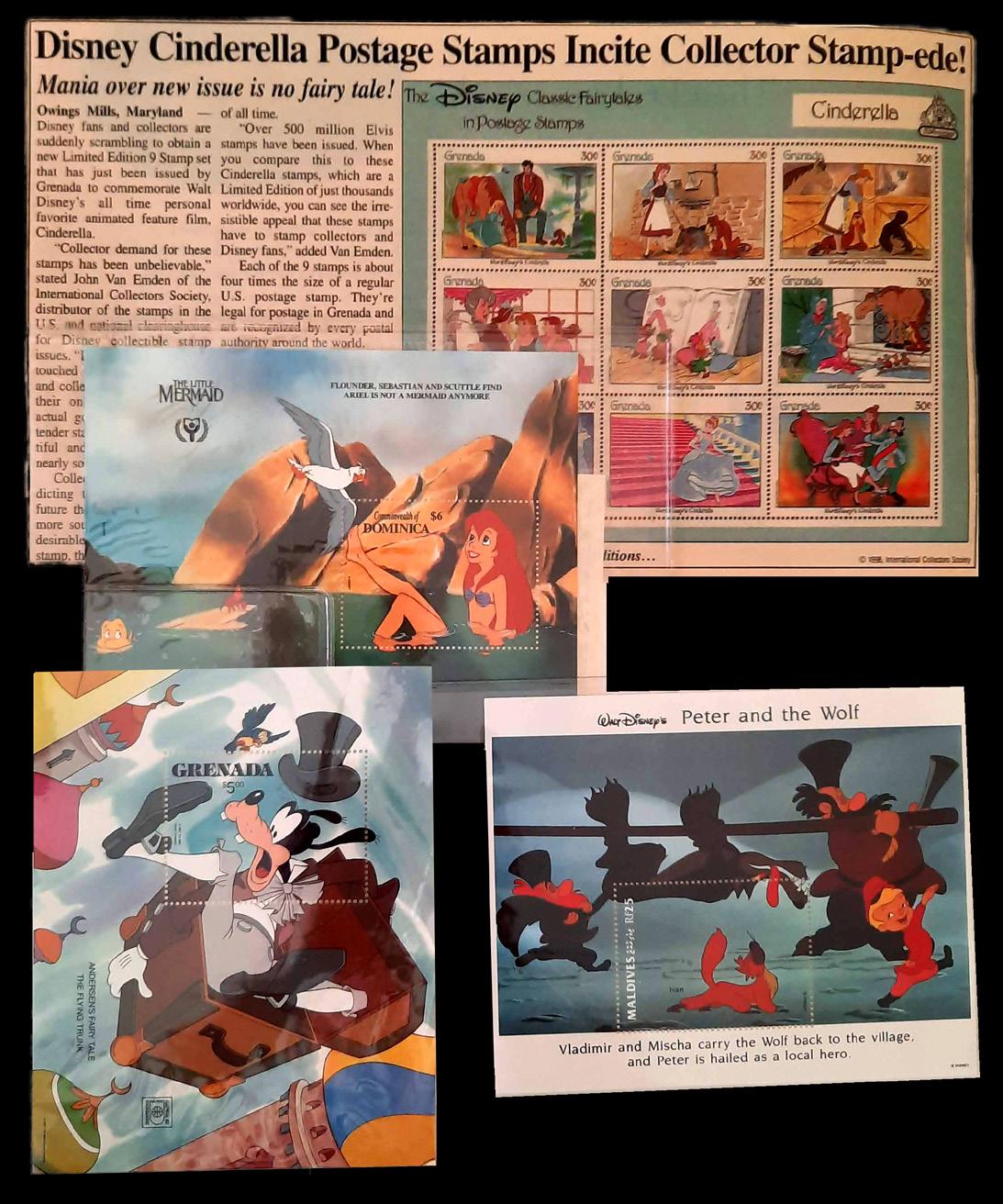
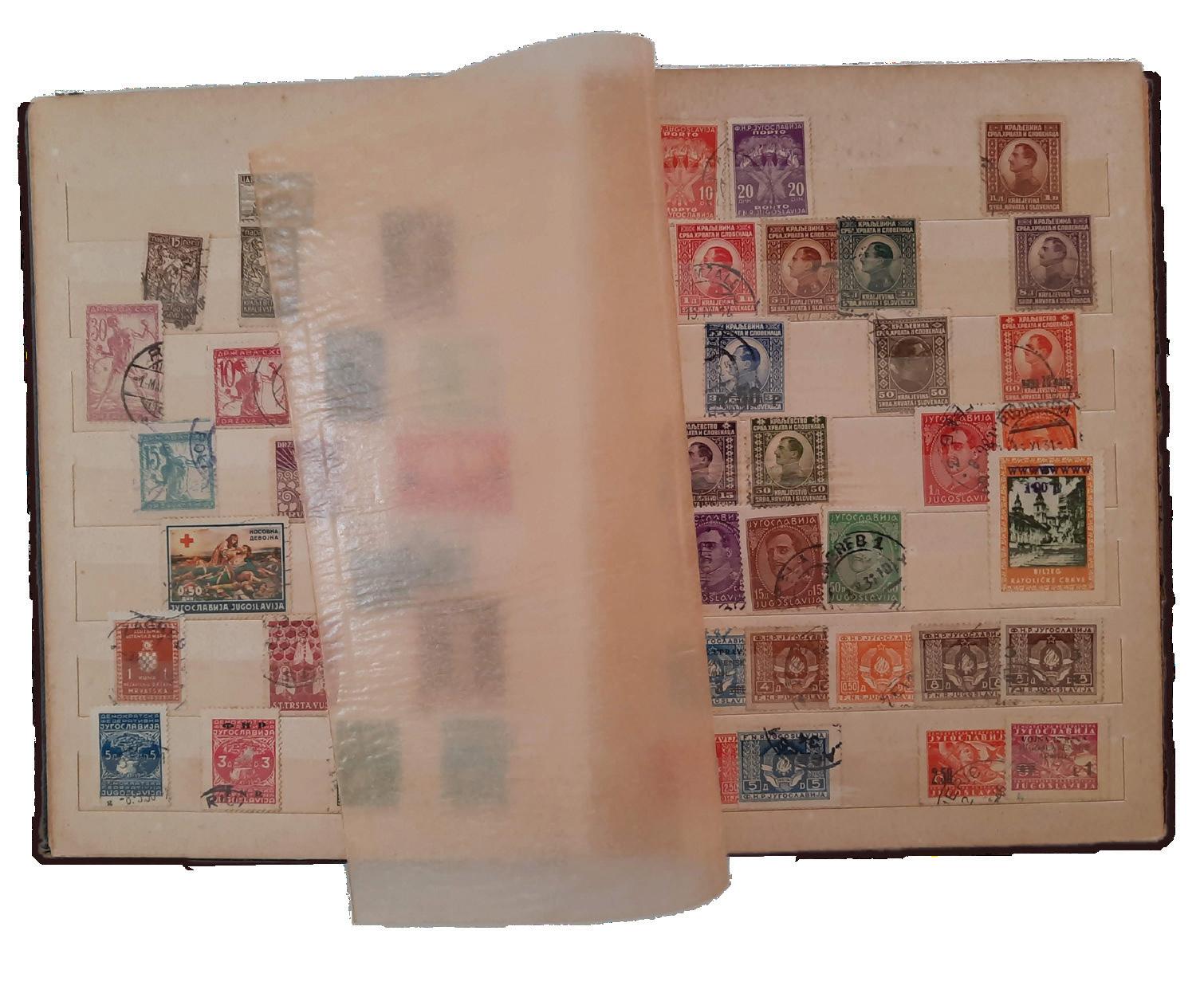
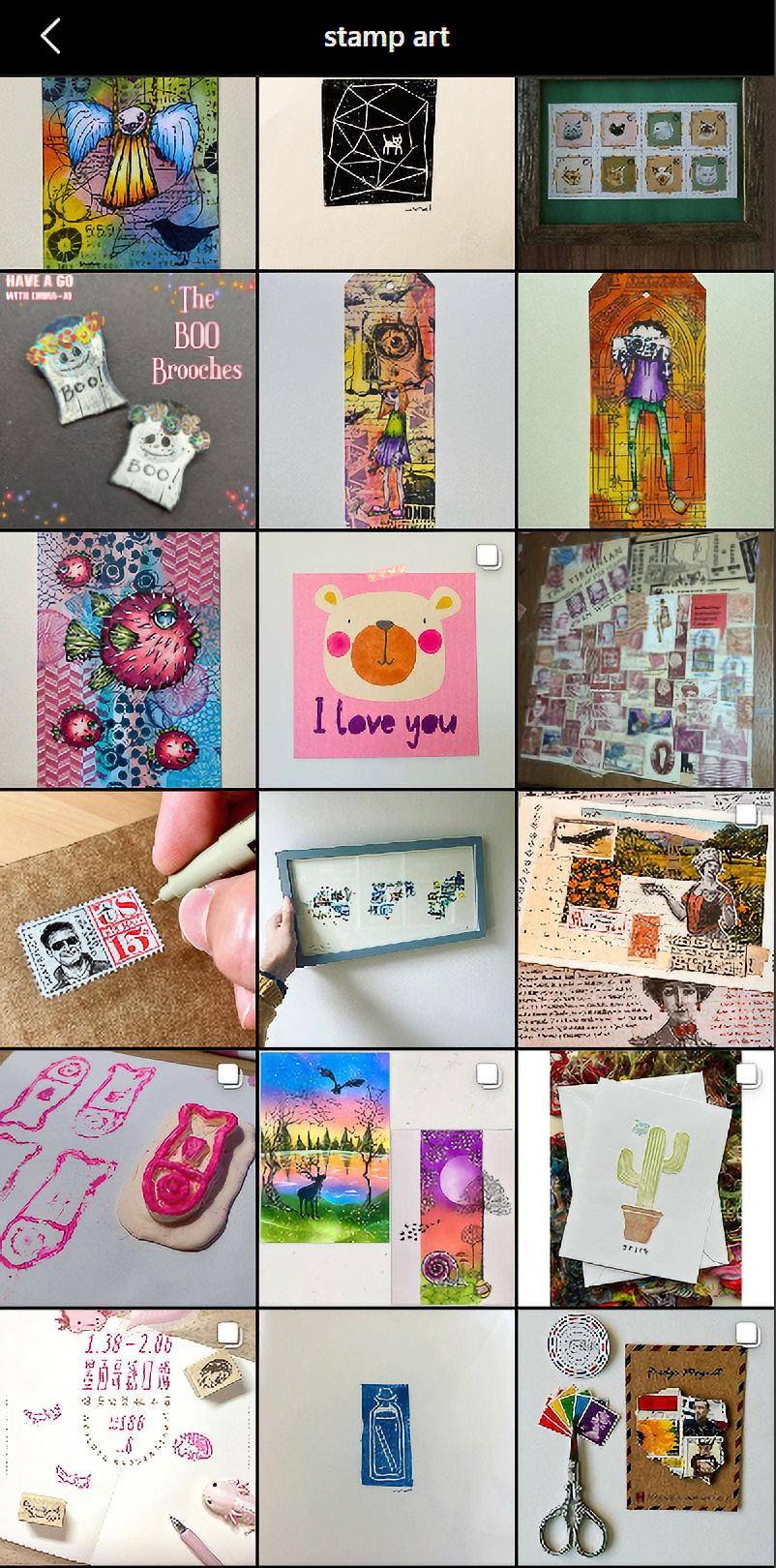
success? Who could I possibly learn from in the middle of a global lockdown?
Answer: Turn to the content creators
It didn’t take long for me to find a small group of fellow young people (cue the Steve Buscemi meme) who were also interested in stamps. They were scattered about online. Some had started channels on YouTube – like Exploring Stamps and Conversations with Philatelists – which inspired others to try their hands at posting conversational and informational videos. And each channel was as eager to share the accounts of other stamp enthusiasts as they were to promote their own material. Whether they did it deliberately or not, they were creating the network on which new collectors like me were coming to depend. The small group began to grow.
Even more stamp enthusiasts focused their efforts on other areas of social media. On Instagram, I found gorgeous close-up photos and scans of tiny details in stamps I may never see in person. But I also discovered the world of stamp art (which overlaps in search results with handmade rubber stamp creators, resulting in a colorful, if not always relevant, search feed). And outside of social media, I learned about Postcrossing, a 21st century international pen pal program that has connected me with mail enthusiasts from around the globe!
Who knew there were so many things you could do with dusty old stamps and postcards? My eyes were opened to all the possibilities of collecting!
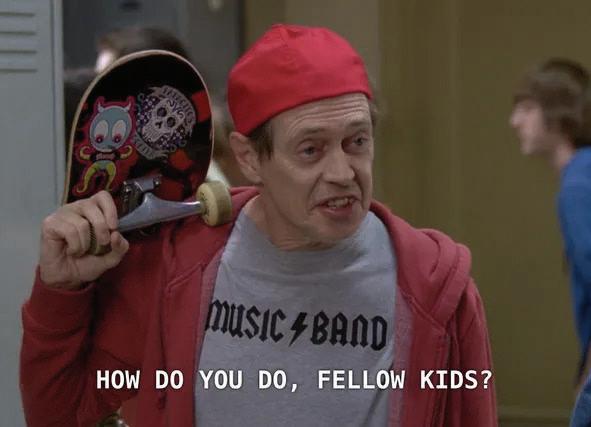
Once I built my confidence, I circled around to “the professionals.” The American Topical Association (ATA) caught my attention with their accessible topical lists – everything from stamps on stamps to Enzo Ferrari. The ATAʼs lists helped me transition from a passive at-home stamp sorter to an about-town stamp searcher and researcher extraordinaire! And, of course, there is the American Philatelic Society – the longtime gold standard for collector education. Even when some articles in The American Philatelist extend beyond the current boundaries of my interest or knowledge, I know that I’ll enjoy the regular monthly columns and scanning through the new member list to see if there are any names close to home. Both of these organizations are, of course, also active via email and across social media – making it very easy to participate through the means you prefer.
Eventually, I too wanted to chime in. I wanted to share what I’ve been learning, discovering, and uncovering in my collection. Unfortunately (or fortunately, depending on your perspective), I’m not a natural in front of the camera and I don’t have the bandwidth to create regular videos. But I do excel in print! (See: this article.) In June 2021, I decided to do what I do best and start a blog. Through my blog posts, I’ve tried to give myself space to learn, fail, and fix mistakes. And hopefully I can add some value to our growing online stamp community as I write! What have i learned so far, and where do i go from here?
From the time I first opened the Big Stamp Box, it would be almost two years – after a series of miscommunications and some stubbornness on
Actor Steve Buscemi guest-starred on an episode of 30 Rock in 2012. The “How do you do, fellow kids?” meme has enjoyed particular longevity, both as a catchphrase and a reaction image. A sample of posts from the stamp art tag on Instagram.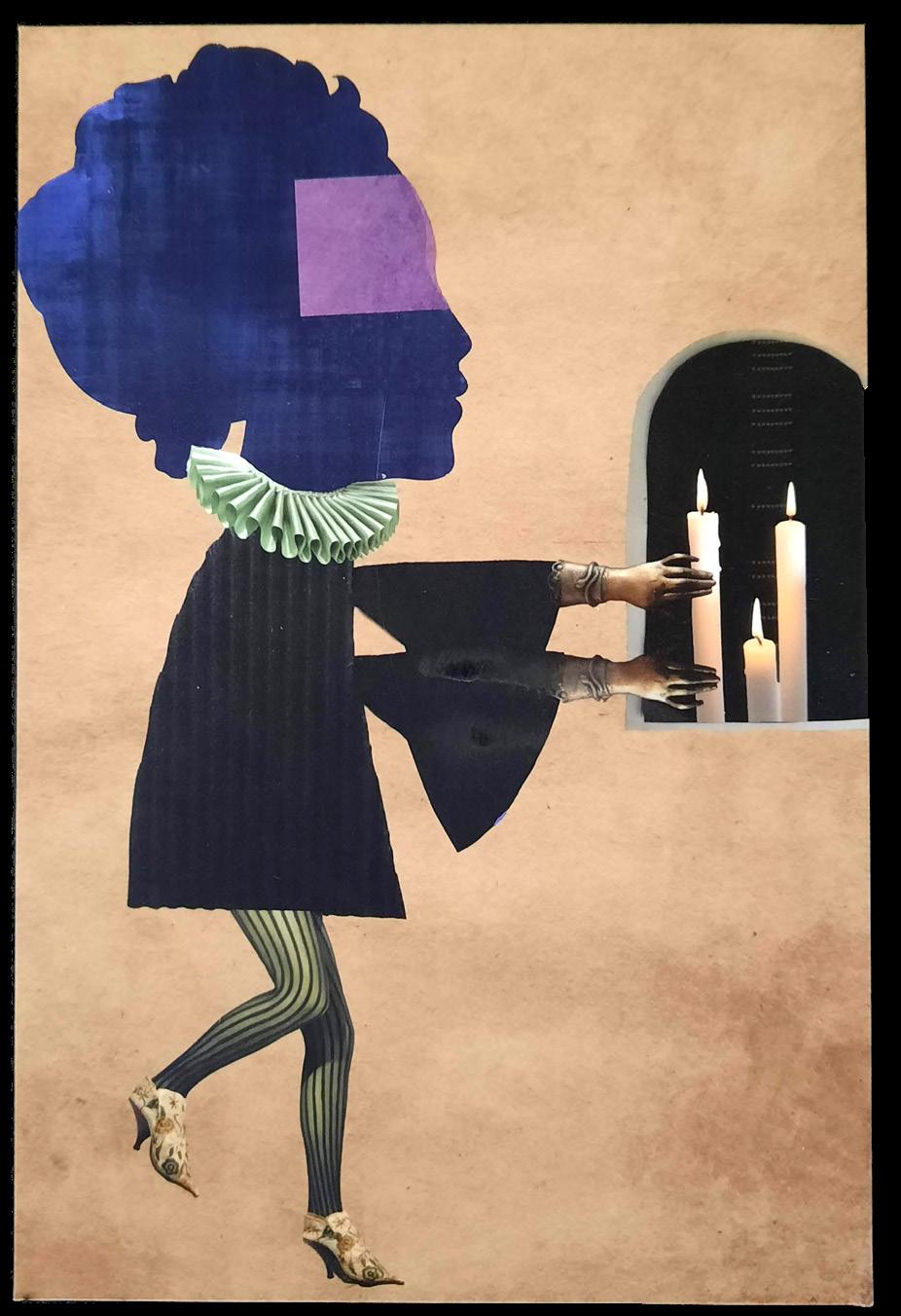
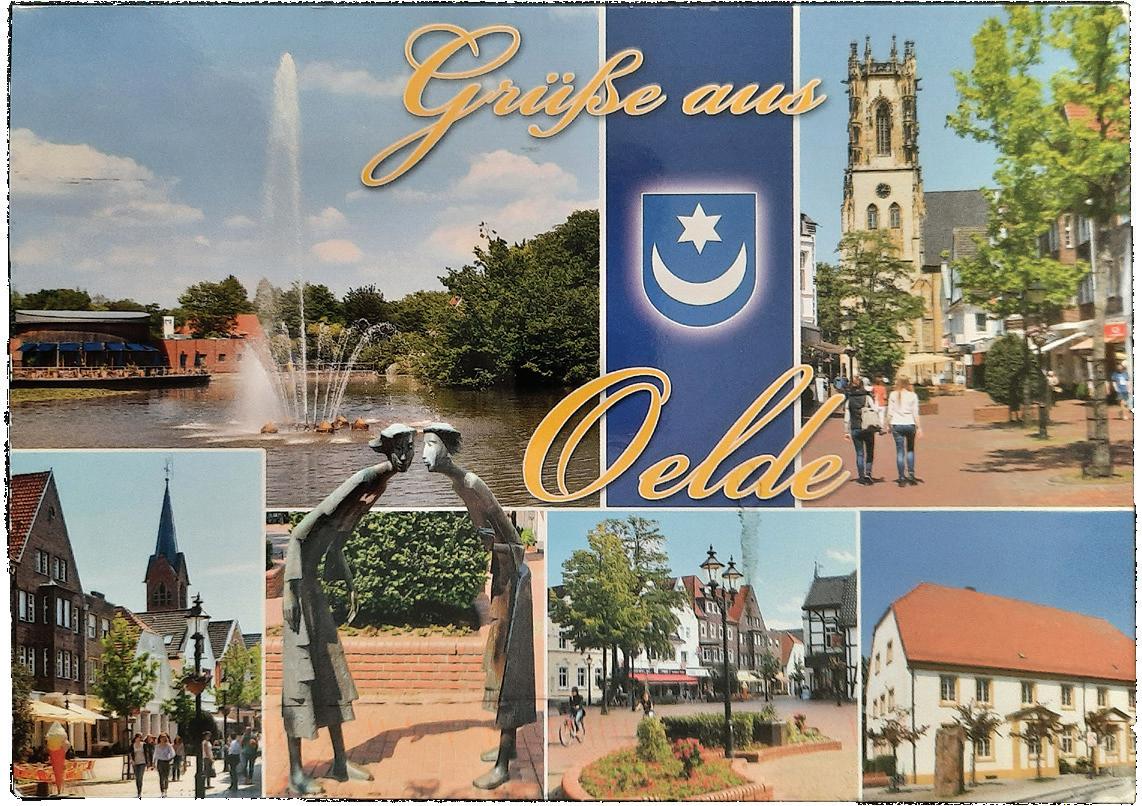
my part – before I would connect with my local stamp club. From Zoom-cast meetings to our ongoing hybrid model, now I have local longtime collectors to learn from in person every month. And from the pandemic-friendly online shopping platforms of eBay and HipStamp, now I can add in-person stamp shows into the mix. I’ve become a regular at several regional stamp
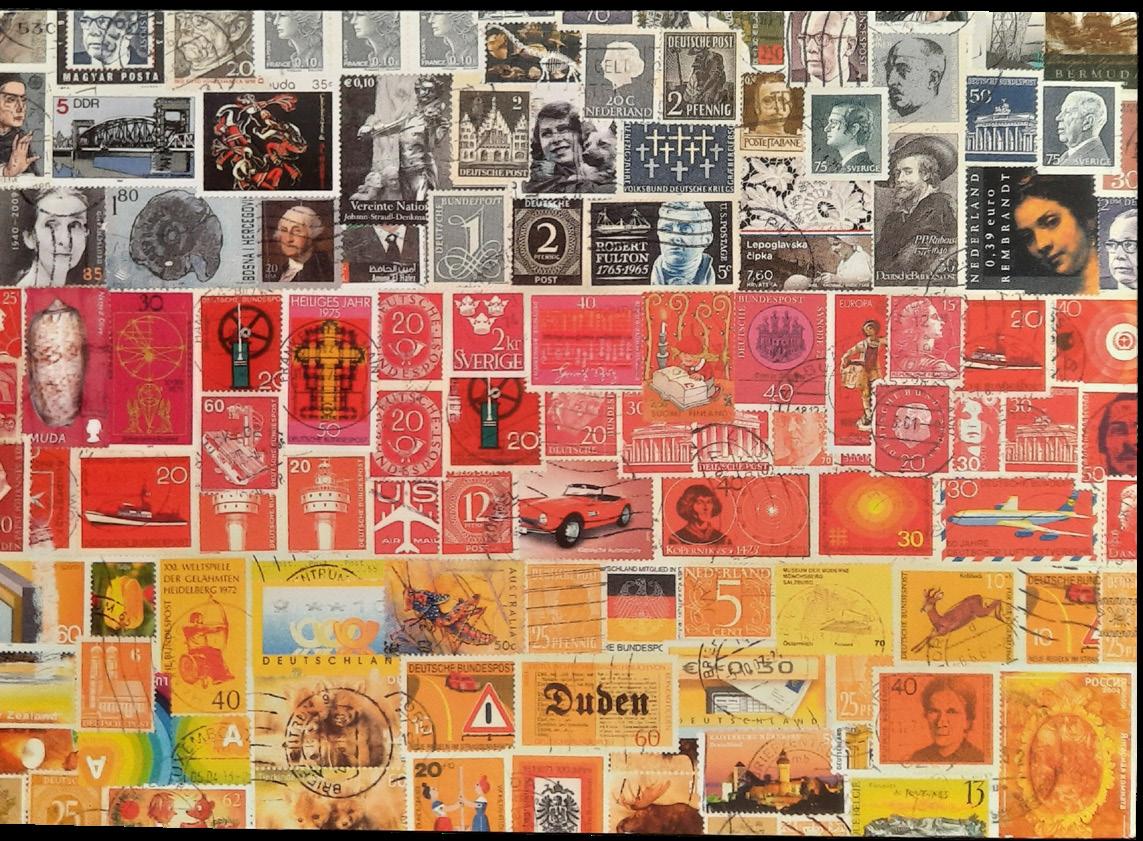
shows within a reasonable drive from home. (Is three years too soon to call myself a “regular”? Let’s say it’s not.) I’ve even created small “exhibits” for local events. (Does that make me a stamp expert now? Let’s say I am!) And last May, I helped our local stamp club celebrate 100 years of philatelic community.
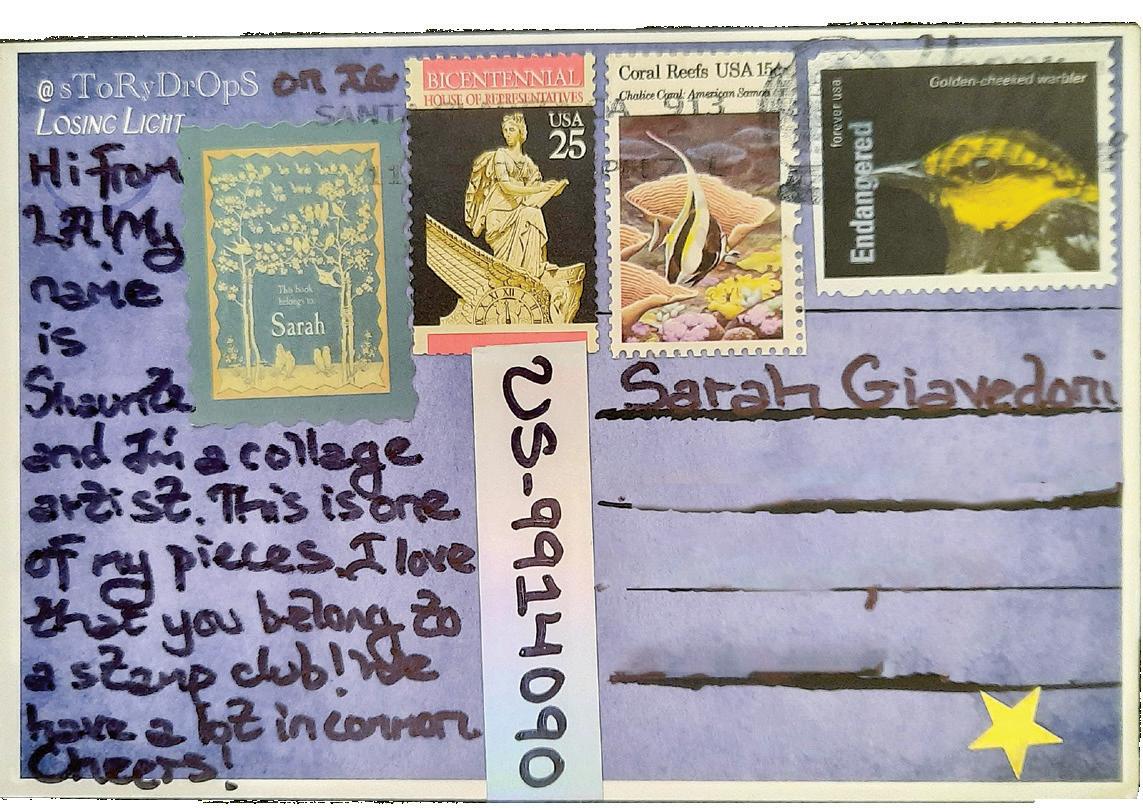
When’s the last time you were excited to check your mailbox?
When you sign up to join this pen pal community at Postcrossing. com, you are given the address of another random member to send a postcard. When it arrives, they’ll mark it “received,” and you’ll get more addresses to send postcards to. Meanwhile, you’ll also be receiving postcards of your own from all around the world. Postcrossing has over 800,000 members, and nearly 400,000 postcards in transit at any given time. Snail mail is alive and well!
Postcards received by the author through the Postcrossing program.Incidentally, there is no premade American Topical Association list just for iguana stamps, but it does currently have 1,385 stamps in a list called “Lizards / Geckos”. ATA members canalways request a custom list.
As it turns out, being a stamp collector isn’t hard at all. In fact, it’s quite fun! Most importantly, there isn’t one “right way” to be a stamp collector and enthusiast. What I discovered online was an ever-growing community of people who are in the process of reshaping the rules of what it means to collect, display, share, and trade postage stamps and mail. And in person, I’ve met many people who have safeguarded the traditions of the hobby for decades, pulling the history of philately into the 21st century along with their collections.
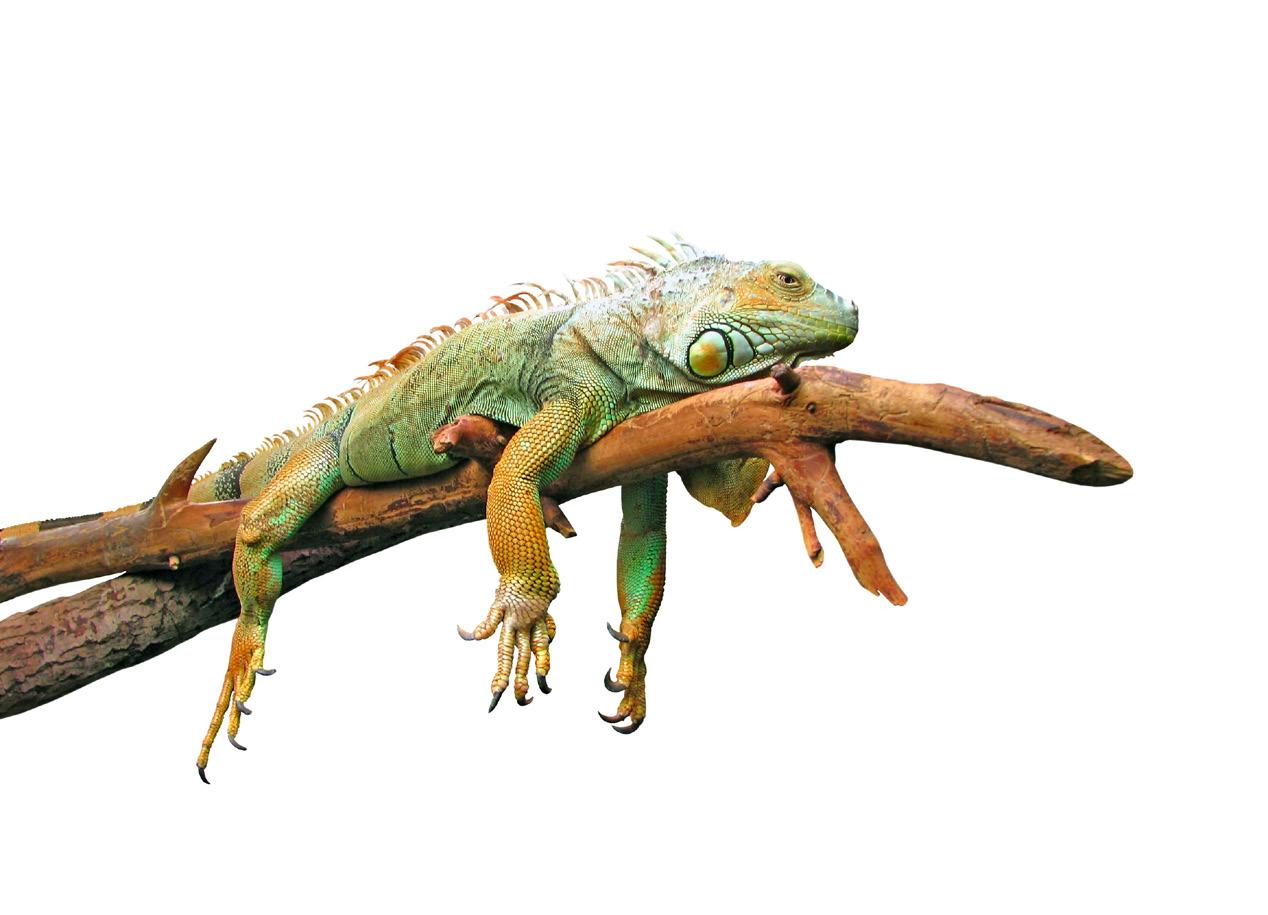
Philately is traditionally an exercise in historical study. But like any histories, philately must be placed within the context of the present in order to remain relevant. Perhaps the hobby as a whole needs the push and pull of “old” ways of collecting and “new.” I don’t have those answers. All I can speak to are the needs of new collectors, and this one in particular. To collect stamps “the right way” (e.g. your way), what you need is the curiosity to venture out on your own. The digital and in-person communities you find will help grow your knowledge of and interest in stamp collecting along the way.
That sure sounds a whole lot easier than taking care of an iguana.
Sarah Giavedoni lives in Asheville, North Carolina, where she runs a literary walking tour of town. She has been exploring her family’s stamp collection — and building one of her own — since 2020, and is a proud member of the century-old Asheville Stamp Club. Sarah shares her amateur philatelic explorations on Armchair Philately, an Instagram account and blog at armchairphilately. com.


Check out The Smithsonian National Postal Museum's great virtual exhibits!
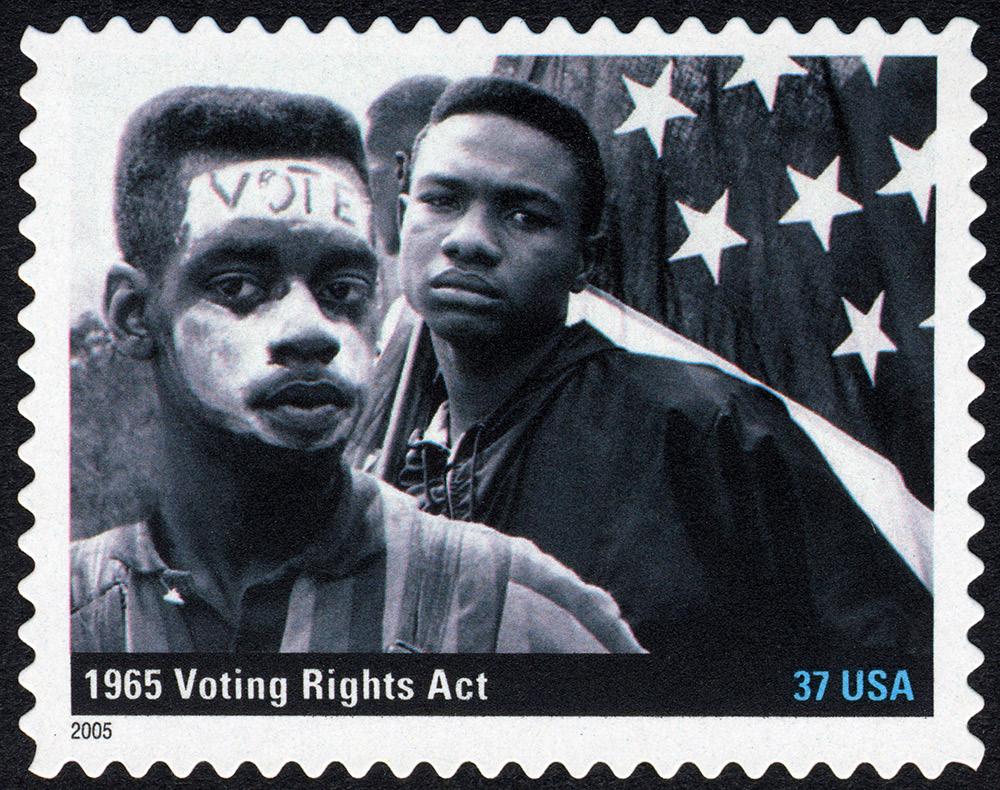
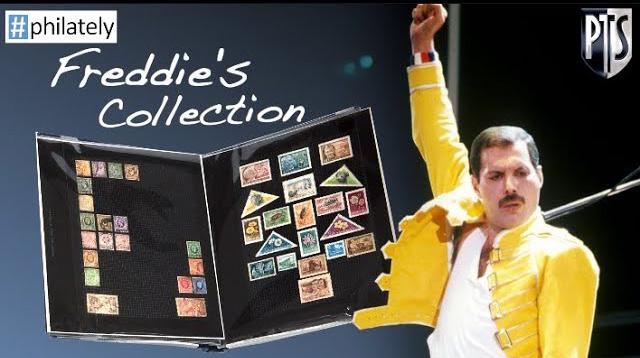
Did you catch the Queen reference in “Stamp Apprentice”? Learn more from one of our favorite stamp Youtubers, Exploring Stamps, in "Freddie Mercury's Stamp Collection."
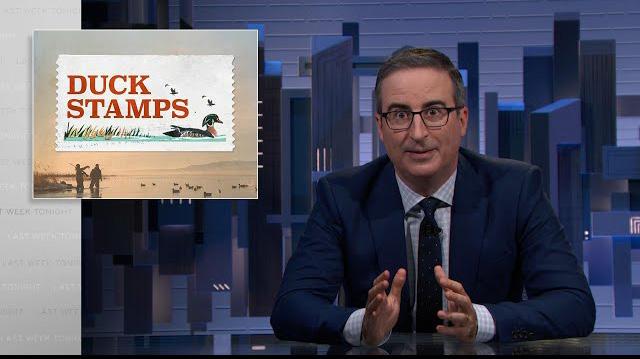
Speaking of duck stamps, did you see the John Oliver Last Week Tonight episode that catapulted them to public consciousness in 2021?

Has anyone played this game? Escape to a beautiful, rustic environment to deliver mail in Lake, a cozy, slice of life game from Whitethorn Games.
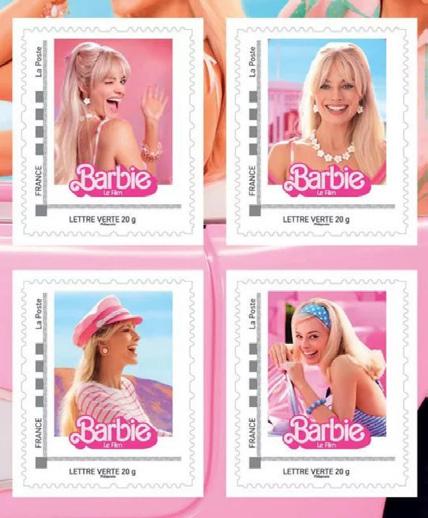
Favorite stamp issue of 2023?
Probably the La Poste (France) Barbie Collector’s Set of 4 (July 2023.)
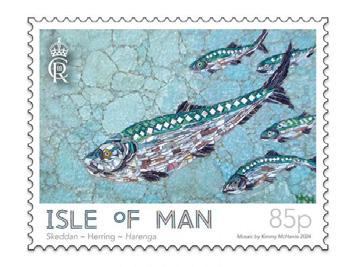
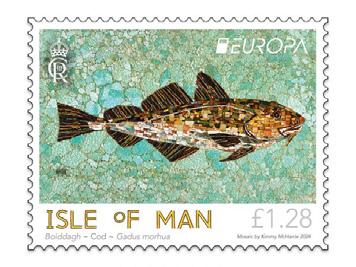
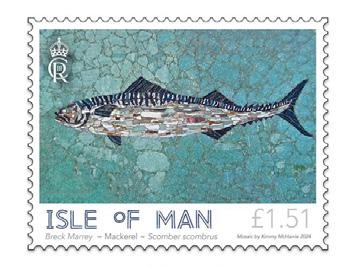
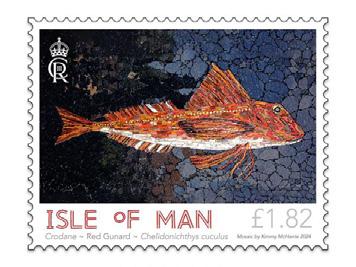
Love these upcoming Marine Mosaics stamps from the Isle of Man Post Office (to be issued March 2024).
Give Us a Holler
What do you collect? Send us a photo to share in StampEd! Tag @StampEdPub or email stamped@stamps.org.
A rewarding aspect of this project is that I receive lots of very nice thank you notes and often photos of the recipients with their stamps. I think people are surprised and pleased to receive something that really is free of any charge. In fact, recently one of my kits was featured in a video on TikTok by Leven Parker.
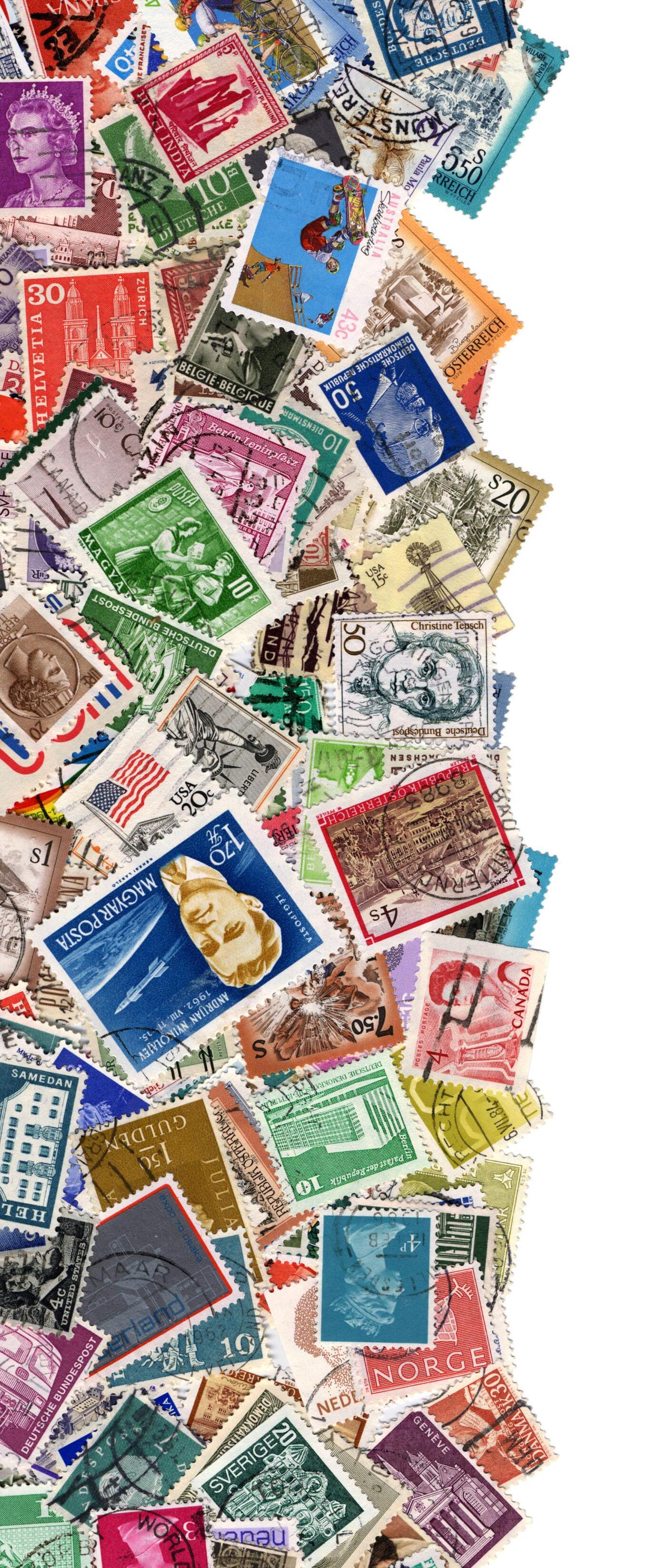
Iwas recently asked what I thought one could do to help the hobby of stamp collecting to grow. I was happy to answer this question as I have been working on a project to support new collectors for the past year: Michael’s Stamps – Free Stamp Collecting Starter Kits.
I recently retired and had pretty much stopped collecting except for some local postal history areas I was interested in. As I looked at the overwhelming number of stamps I had, I was frustrated about not knowing what to do with most of them. The idea of selling stamps for small amounts of money didn’t seem worthwhile, and once I realized that, I started working on an idea to create free stamp collecting starter kits. It wasn’t easy to get used to the idea of giving away stamps, but now I’m excited about creating and giving away stamp collecting kits to help build the hobby.
I set about thinking about what stamps I had, what I thought a stamp kit should contain, and what I was willing to spend to make this work – and as I worked on the idea, I realized I would have to spend a fair amount of money to make these kits really free. I decided kits should always contain an assortment of U.S. stamps, an assortment of foreign stamps, a selection of stamps requested by the customer, a plate block, a first day cover, some stamps on paper, a short document on collecting, and sometimes a few other items. I also thought it was important that the stamps be presented in an interesting manner that seemed like a small collection, not an accumulation of random material. For the kits shipped in the U.S., the stamps are all mounted in two stock sheets. I have been lucky that in the stamps I put together for this project, I have plenty of older stamps to send. I always include a couple of the nice but common 19th-century stamps and the assortments also contain a good number
Check out Michael's full story at www.StampEd.pub.
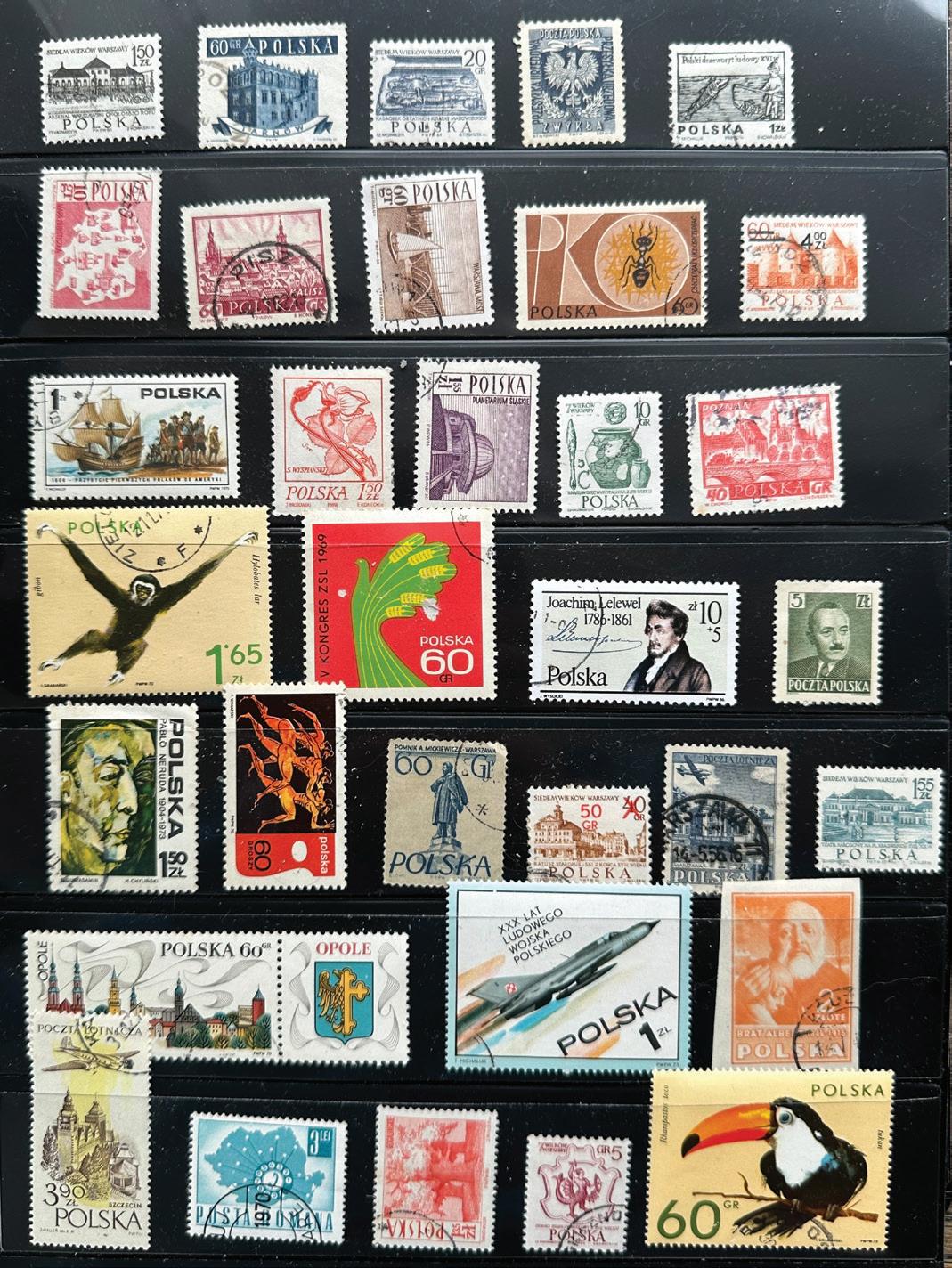
of stamps over 100 years old. For me, collecting older stamps and learning about their history has always been more interesting than newer stamps, so I’m enjoying the opportunity to share my collecting interest with others.
I have now shipped to 20 different countries and shipped over 230 kits internationally.
When I started, I expected to get lots of requests from people in scouting. For some reason that hasn’t happened, but I have had requests from many people truly interested in experimenting with the hobby as well as people who, as I can tell by their requests, are already collectors. I am always extra happy when people request kits for their grandchildren, and also when requests come in from retired folks. I decided from the beginning that I was going to send kits to anyone who asked. I have yet to see any of my kits pop up for sale on Facebook, so I think they are getting to the right places.
I urge other collectors to think about ways they can help spread the hobby.
To request a kit, please email me at usstamps@mac.com and include your shipping address. Please let me know if there is a particular foreign country you would like included in addition to the U.S. and foreign assortments. Otherwise, I will choose a country for you.

If you would like to donate stamps, please contact me first at usstamps@mac.com – I am happy to accept most anything in collectible form. I don’t need stamps on paper or albums with glued down stamps. My kits take a fair amount of time to put together, so I don’t have time to do a lot of prep work.
Much of what I have been able to do is because of donations of stamps to my project. A good friend donated her late father’s collection and some of his stamps go into virtually every kit that is sent out. Although I never accept any money for my kits, even when offered, I do appreciate donations of stamps hoards/collections of any size. This is a long-term project inspired by my grandfather who instilled the love of stamps in me. I hope my kits can give others a similar experience. Stamp collecting is a wonderful hobby for curious kids, historically minded adults, and older people in need of a good hobby in their retirement. I think much of what I learned about people and places in American history is due to my interest in stamps. This is my way of sharing that knowledge – and fun – with the world and making sure the hobby is still there for people who need it in years to come.
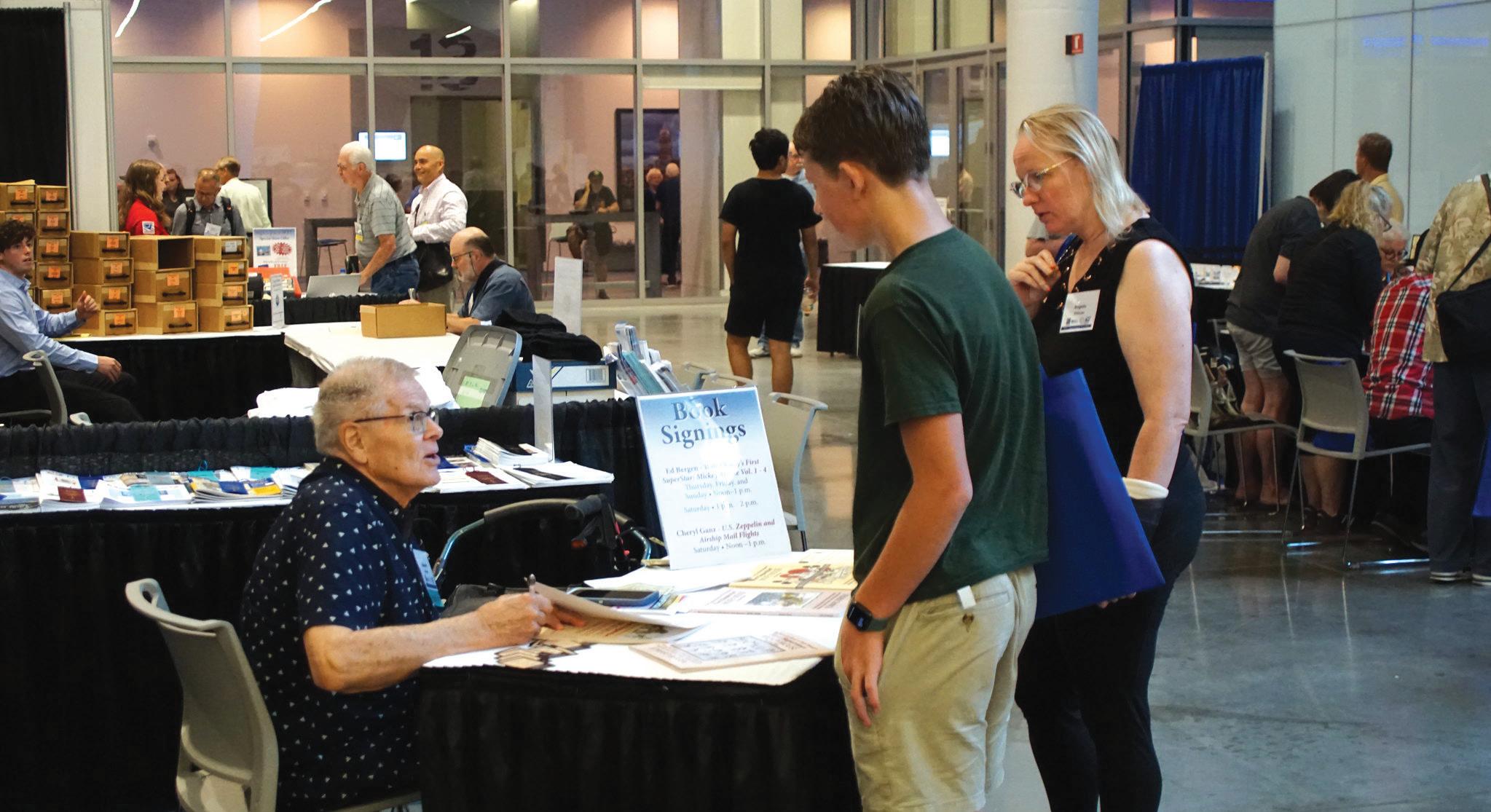
Itmay seem odd to be promoting participation in in-person events and person-to-person contact in a digital magazine, but that’s what this column, “Out and About,” will do. “Why?” you might ask.
The reason is that our introduction to stamp collecting may come via websites on the internet, but the greatest fun of the hobby is in the sharing of it with other collectors. Some of that can be done by email, through websites, or at and Zoom meet-ups, but in person is even better. Think of how much nicer it was for students to be back in the classroom after months of COVID: feeling more connected, having a shared purpose that motivates interaction, and being able to see in real time the people and objects they enjoy.
The anonymity of the Internet means that users can insulate themselves from risk and spontaneity – people can curate their spaces, following people who they like and who are like them. But in an in-person setting, you will
almost certainly run into someone who isn’t like you. This risk is ultimately rewarding. The roughand-tumble of personal interaction: the need to allow yourself to develop relationships, the need we all have for human touch (which can be virtual or in person); all these and more enhance the enjoyment of participating in our hobby.
For some, collecting is a refuge from the world, and these people get their fill of human contact in their non-hobby lives. Others are worried that revealing themselves as stamp collectors may lead to judgement from their peers, that stamp collecting is uncool or unfashionable. For them, the virtual world can be comforting as well as non-threatening.
But I think that discovering the benefits of person-to-person sharing is a revelation – and a positive one.
How do you get into person-to-person contact? You can actually start with your computer and the resources of the Internet. The ways
What is a stamp show or a bourse? Shows are usually an annual (or more frequent) event sponsored by a stamp club where stamp collectors come to see stamp exhibits and visit with dealers who offer stamps, covers, and collector supplies. A bourse is the collection of dealers; it may be sponsored by a club or dealer, and is sometimes held without exhibits. Find a show, event, or bourse near you on the APS website, or by an online search, “stamp shows near me.”
Many stamp clubs, though not all, are APS chapters, meaning that they are affiliated with the American Philatelic Society and have access to APS resources. The majority of clubs can be found on the APS website, or by an online search, “stamp clubs near me.”
to do this are as follows, in no special order; each of which we’ll look at in more depth in future issues:
▶ Visit nearby stamp dealers who have retail outlets, if there is one close to you. You can determine this by checking the APS Dealer listings, the American Stamp Dealers Association website, or by Googling “stamp stores in or near me.” Once you meet a stamp dealer, share a bit about yourself and your interests with the dealer and other customers.
▶ Visit stamp dealer bourses in your area; some may also have exhibits which can give you undreamed of ways to look at your hobby and to organize what you have.
▶ Check out local stamp clubs, and join the one you find friendliest and most supportive. Develop trading and/or information-sharing relationships with other members.
▶ Join the APS, and participate in the services and activities it offers.
▶ Join one or more national specialist societies that match your collecting interests (for example, the United States Stamp Society); meet people through committee work, participating in Zoom meetings, contributing articles to its journal, and attending national conventions and regional meetings.

▶ Learn how to participate in auctions; not only online and by mail, but in person when you have the opportunity.
▶ Subscribe to national general philatelic publications – weekly, monthly, and quarterly – and write to authors with your questions and observations, care of the publication or directly, if they provide an address.
▶ Join a group of collectors who are organizing a trip to a “within driving distance” event.
▶ Attend first day ceremonies put on by the U.S. Postal Service that take place in your area when a new stamp has a local connection.
There are others, but we’ll get to them. Meanwhile, if you have any questions, or would like to contribute your experiences in getting involved, please drop me a line at jmhstamp@ verizon.net, or at PO Box 1125, Falls Church, VA 22041-0125.
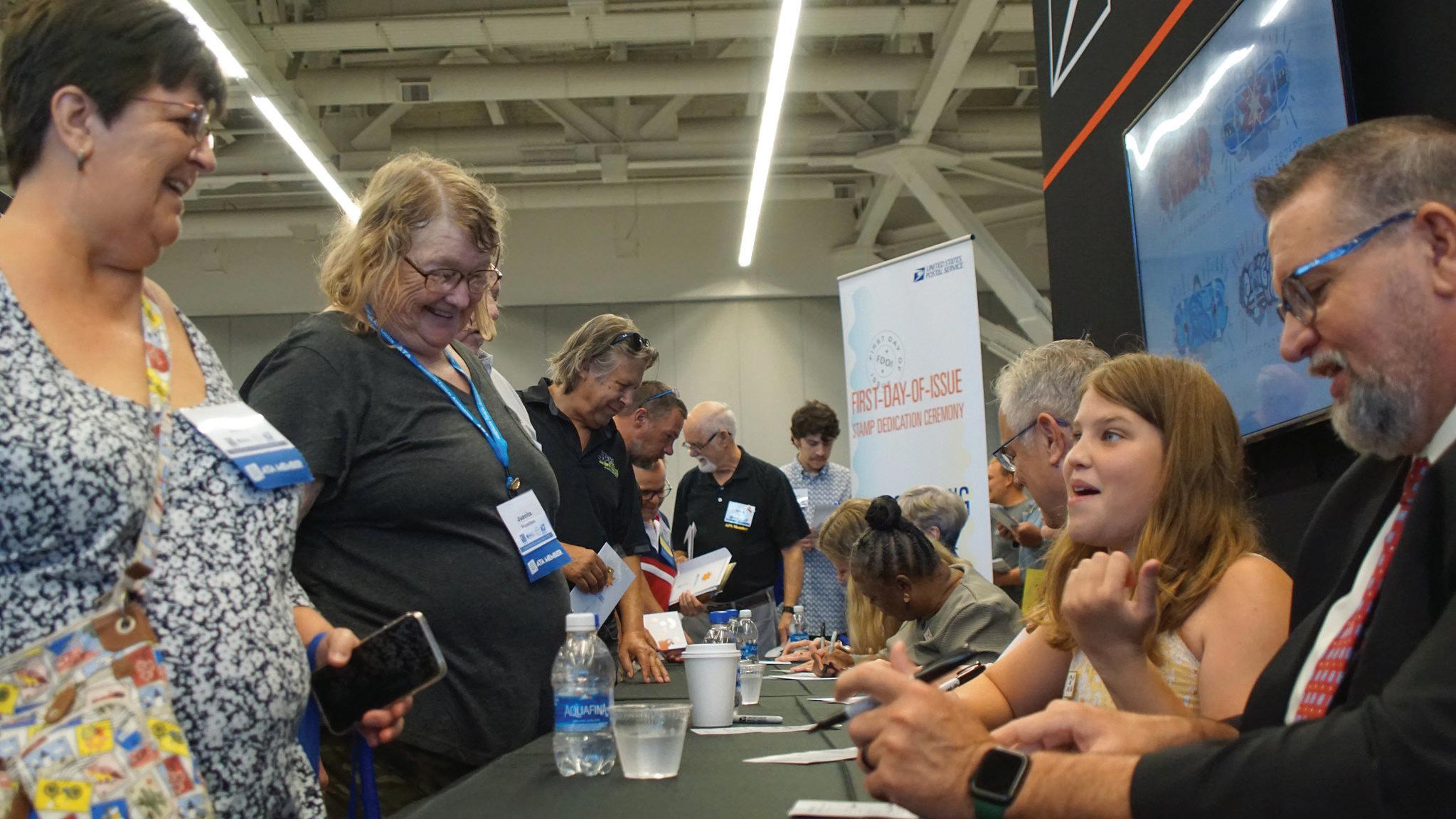
Stamp authors love to hear from readers, but keep in mind that if you are asking a question via snail mail, it is a courtesy to enclose return postage.
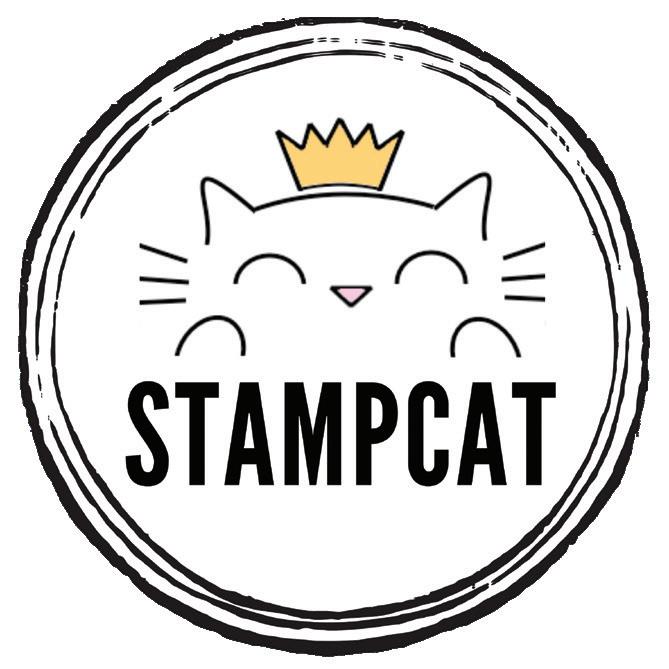
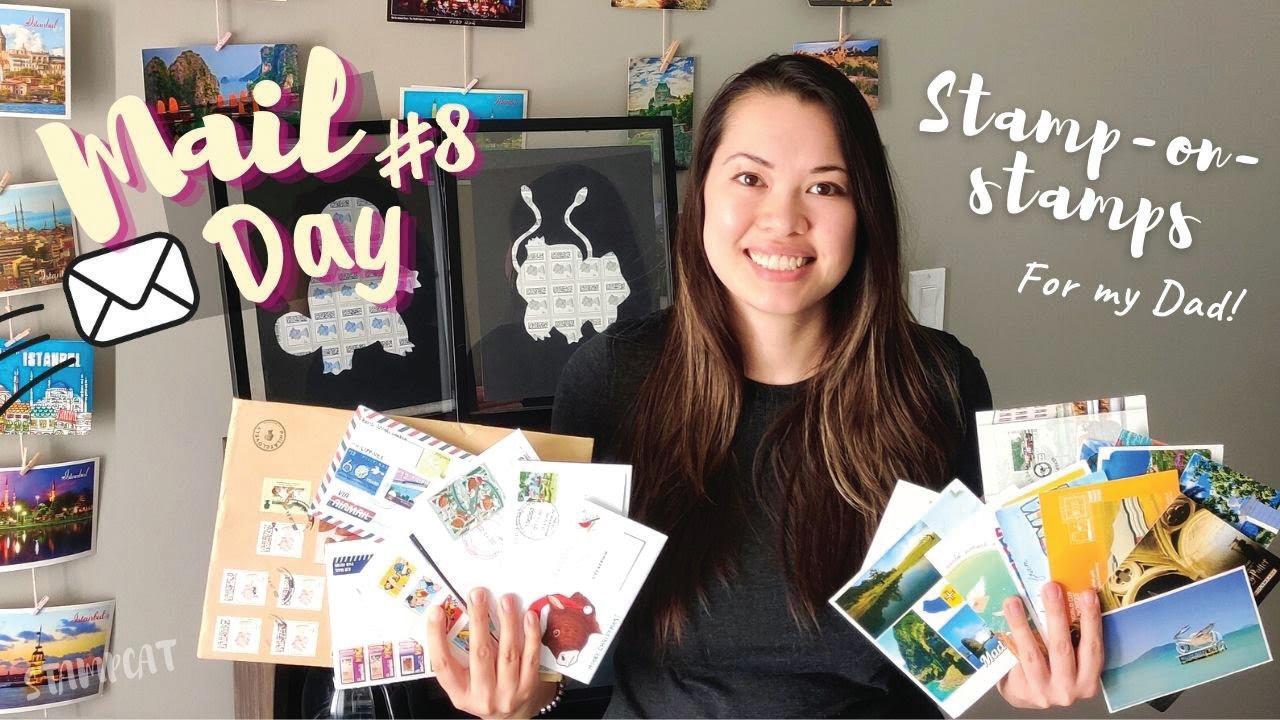
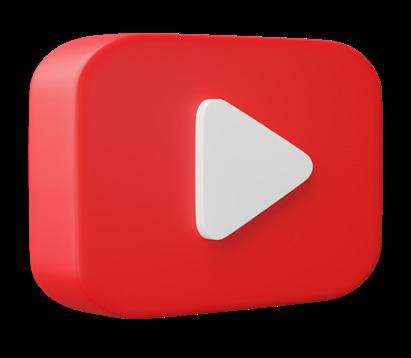
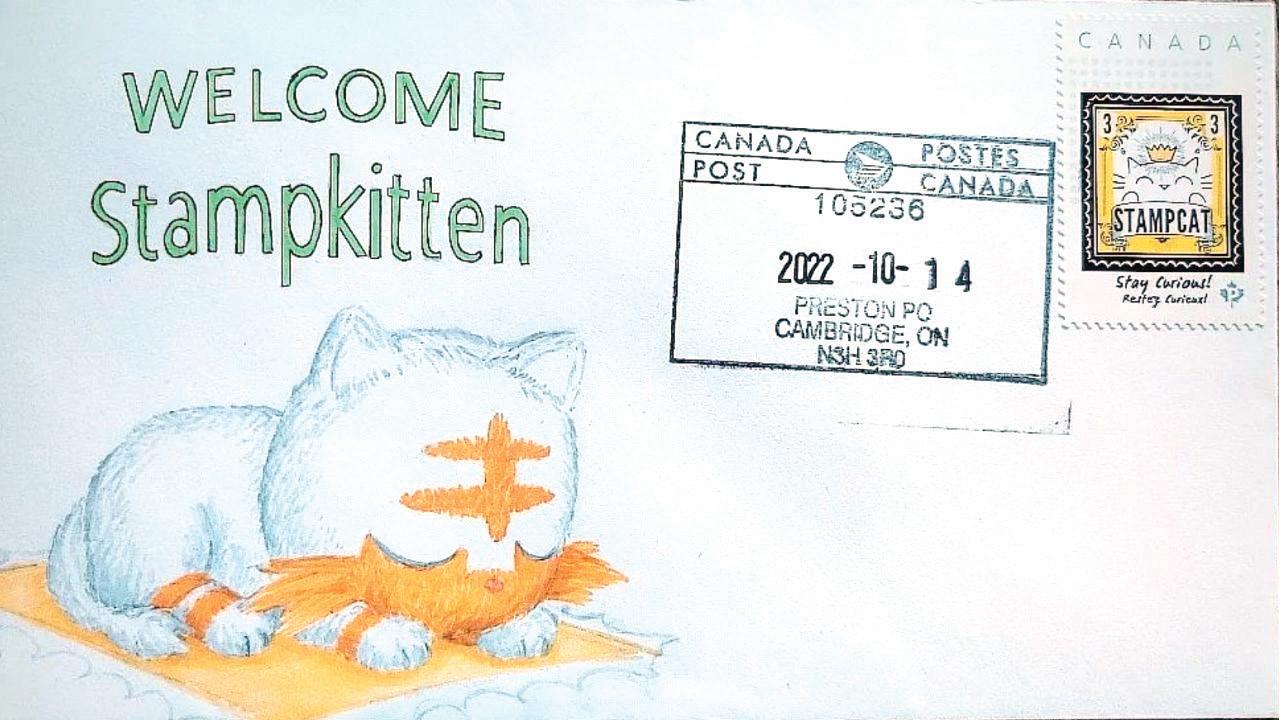
Aself-professed beginner collector, Lisa has made 50 YouTube videos since 2021 with 1,300 followers. You can find her practicing #xtremephilately – bringing stamps out into the “real world,” and sharing the vibrant stories behind the designs on the stamps themselves.
On her collecting identity
A few words/phrases that I would use are beginner, non-traditional, and exploratory. I’m more interested in the image pictured on the stamp and what can be learned about that subject rather than the actual specifications of the stamp itself – I don’t care for things like watermarks, varieties, or specifications of the physical stamps. By exploratory, I mean I am not yet committed to any particular countries or topics, and I’m still figuring out what I’m doing and what I’d like to collect!
My YouTube channel is tied into the story of how I became a collector. In 2021 (during the pandemic), Ontario (Canada) was in yet another lockdown. I went to visit my parents, who were in the process of renovating their home office.
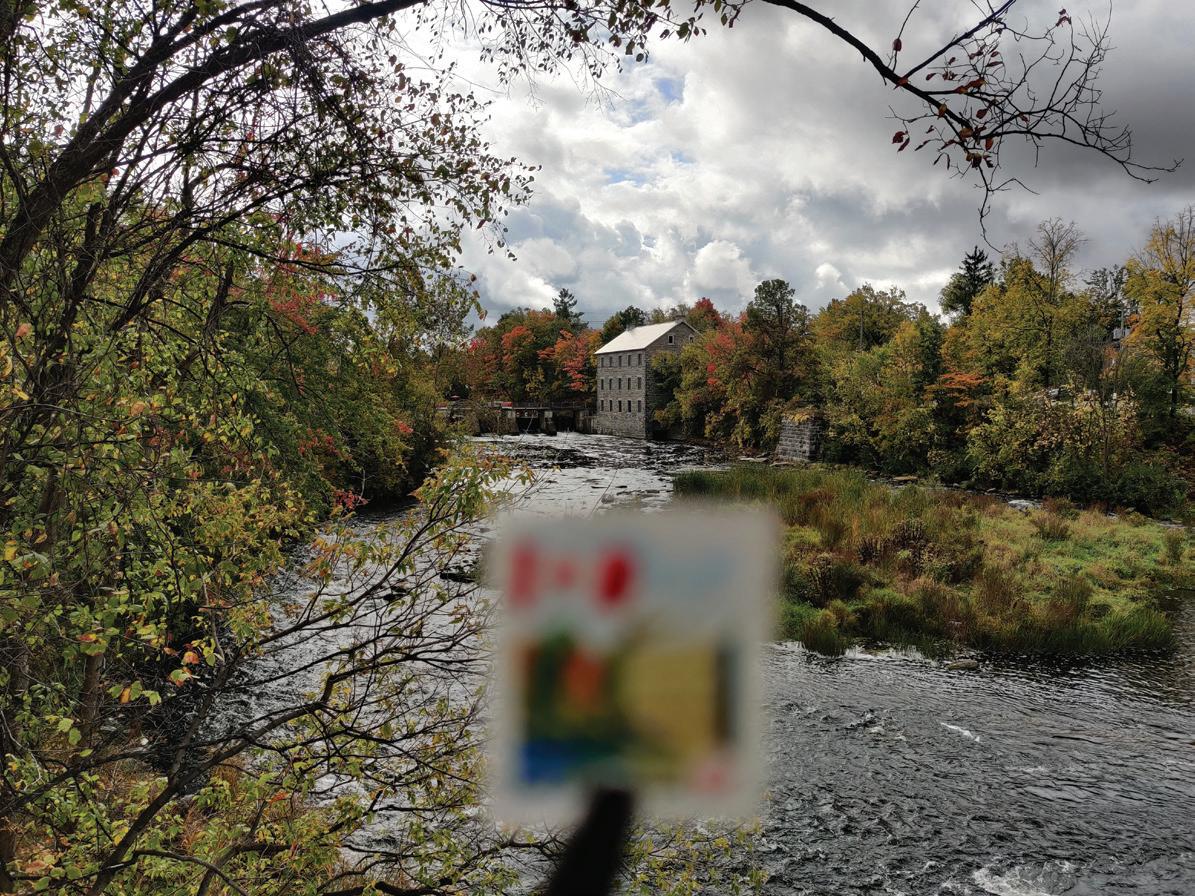
During the renovation, all of my dad’s old stamp albums were spread out on the dining room table. I started looking through them and was captivated by the art and the variety of topics shown on the stamps from countries all over the world. On a whim, I searched “stamp vlog” on YouTube and came across Graham Beck’s channel, Exploring Stamps. I was immediately hooked. I loved everything he was doing and decided I also wanted to collect stamps and document my collecting journey on a YouTube channel – and that’s how the StampCat channel was born!
On Xtreme philately
Xtreme philately is a concept popularized by Graham Beck where you find the image shown on a stamp in real life, and take a picture of the stamp at that location. It combines travel and adventure with stamp collecting, which is very different from the traditional way that we usually view stamp collecting (i.e. sedentary and isolated). By visiting these locations, you can often learn more about its history – usually if it’s important enough to be shown on a stamp, it’s either a view worth seeing, or it has an interesting backstory. Xtreme philately is now how I choose what sights to see when I travel - it’s a great way to do some unconventional sightseeing and explore somewhere new!
On her favorite experience
My most recent adventure doing xtreme philately at Watson’s Mill in Manotick, Ottawa is my favorite so far. A lot of things actually had to align at the last minute for me to get that
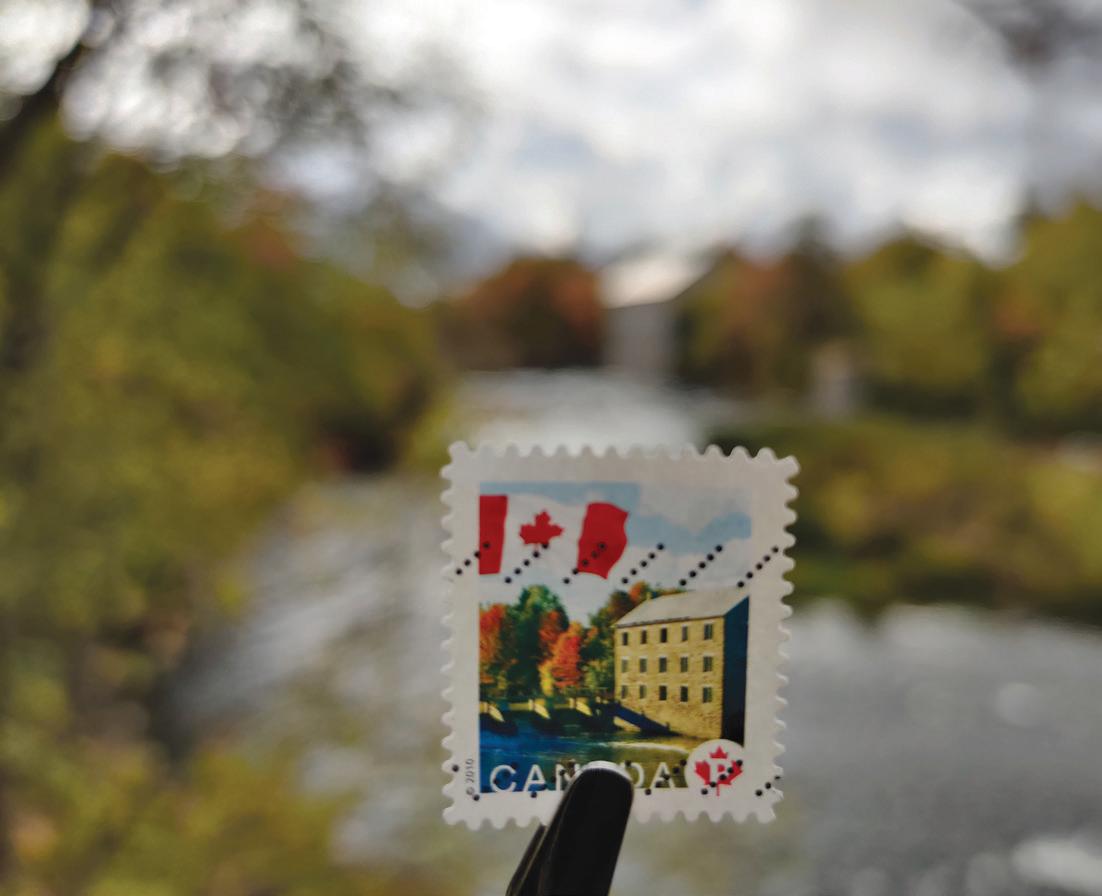
Istanbul Adventure: Extreme Philately in Turkey
photo. I was in Ottawa that weekend with my parents for a family event, and we decided at the last minute to visit Watson’s Mill. Since I had not planned on doing any xtreme philately that weekend, I hadn’t brought any of my stamps or tongs with me! I actually put out a post on social media asking if anyone local could let me borrow a copy – and was able to find one! I’m also very happy with the actual photo of the stamp itself taken at the Mill, as it seems to match the season perfectly – the picture on the stamp shows the leaves with vibrant fall colors, and we just happened to also be there in the fall.
On her viewers
I’ve received over 100 letters and postcards from viewers, and I’ve received items posted from 27 countries! My favorite item is probably a hand-drawn cachet made by a viewer from Toronto to commemorate the birth of my son, coined by my followers as “stamp kitten.” She sent me the cachet in advance of my due date, suggesting I could get it postmarked on the day he was born as a personal commemorative item.
any of us came to the hobby of stamp collecting when we observed the mail coming in and out of our home each day and saw the curious miniature pieces of art adorning each corner. This happens less and less often these days, as digital communication vehicles take precedence and metered mail becomes more commonplace. How do the youngest generations gain an appreciation for stamps when they might not use or even encounter them regularly?
It’s not that complicated – to start appreciating stamps, young people need to come into contact with them. This may not be routine in many households as party invitations, holiday cards, and messages from faraway relatives come over a smartphone or computer. For young people to appreciate stamps, we need to put them in their hands – and show them how they work.
Many young people may not be in the habit of sending correspondence regularly. I’ve found that a great gift to get them started is a simple correspondence kit. This is a gift idea that you could use for your own children or grandchildren, nieces and nephews, neighbors, or even a local school or scouting group.
A correspondence kit could be assembled in something as simple as a shoebox – but a plastic bin with a locking lid makes the materials visible, and that much more appealing. The basic items that you might include are:
■ Letter stationery and envelopes
■ Greeting cards for a few common occasions, such as birthdays, winter holidays, or just “thinking of you”
■ Postcards with engaging designs
■ Personalized return address labels
■ A selection of pencils, pens, and other art supplies
■ A selection of stamps for letters, additional ounces, postcards, and global mail
There are fun ways to customize such a kit. Add sparkle to the outside with rhinestones, painted designs, or even collaged stamps. Check recent stamp releases for ones with bells and whistles, like foil or embossed elements. Many companies offer the ability to easily create personalized stationery. You might consider cor-

respondence cards with the sender’s name. You could even make postcards featuring special photos or artworks. Personalized pencils make writing correspondence even more fun. Is the recipient a fan of space, the Olympics, or birds? Even if there hasn’t been a recent issue of stamps related to their special interests, unused U.S. postage can still be used to send mail, as long as the proper value is applied. Provide an assortment of older stamps in the kit, and a quick-reference list of the current postage rates for different pieces of mail. Finding the right combination of stamps to add to a letter or postcard will allow the sender to match the recipient’s interest – and have a
Who will be the stewards of our collections, if we don’t cultivate the next generation of collectors? With personal correspondence becoming increasingly digitized, it’s up to those of us who already appreciate stamps to show
The column “Make it Stick” is for our readers who have young folks in their lives (kids, grandkids, students, plucky neighbors) and want to introduce them to the hobby. But let’s be real – Jessica’s ideas are fun for all ages – no age restrictions required to play in this space!
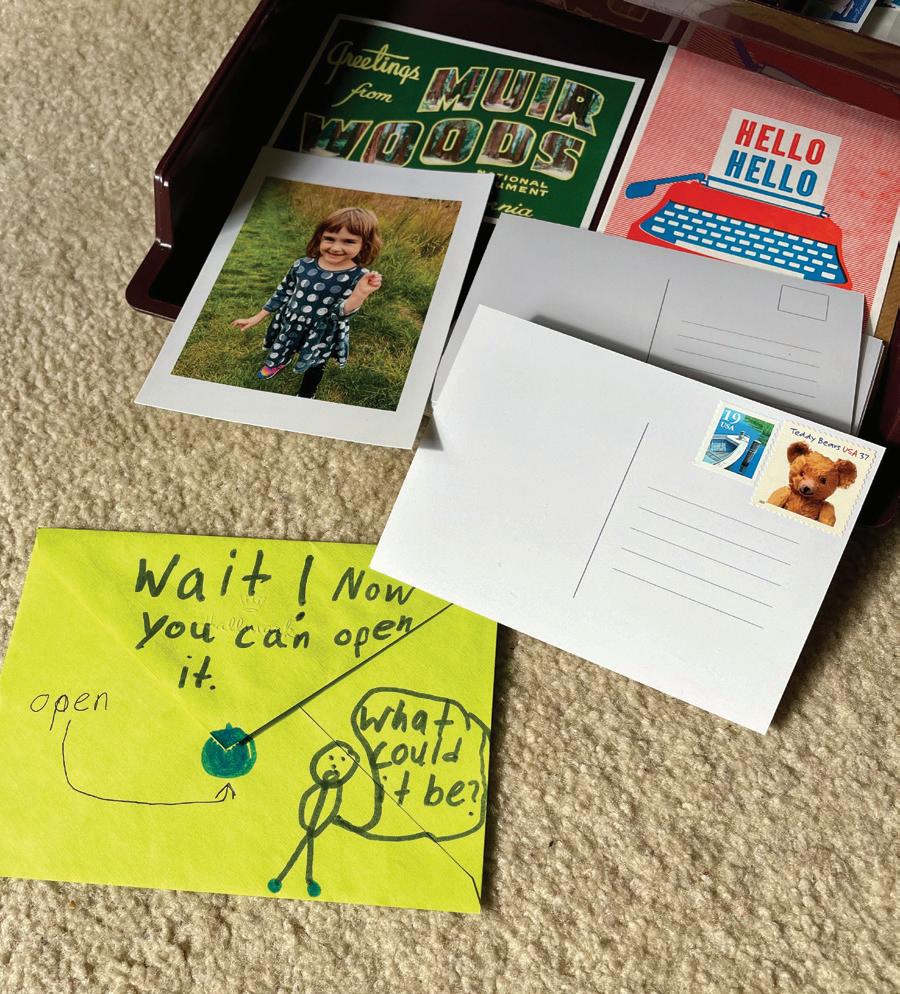
Have ideas for getting young people interested in collecting? Did you try out this activity at home?
Send us your story or a photo to StampEd@stamps. org, or tag us online @StampEdpub.
the next generation what we appreciate about them. Just think – every time a correspondence newbie sends a letter to another, a new stamp fan could be born. Making it easy and fun to do so will keep our hobby strong, in spite of the changing times.
[Editor’s note: If you send one single donation to certain charities, they’ll send you monthly mail for the rest of your life, and sometimes that mail will have fancy cards, personalized address labels and more.]
How can I tell if a stamp is used or unused?
It’s usually pretty easy to tell if an old stamp is used. Look for a cancellation or postal marking on the stamp’s face – even just an edge of a cancellation means that the stamp is no longer valid for use on mail. If a stamp has been used, and is no longer attached to the paper of the envelope, that means it was soaked off of the paper. You can check the gum on the back of the stamp to see whether it was disturbed.
Unused (or mint) postage stamps will have intact gum on the back of the stamp. You can still paste used stamps on your cards! It simply won’t count towards the postage costs to send the letter.
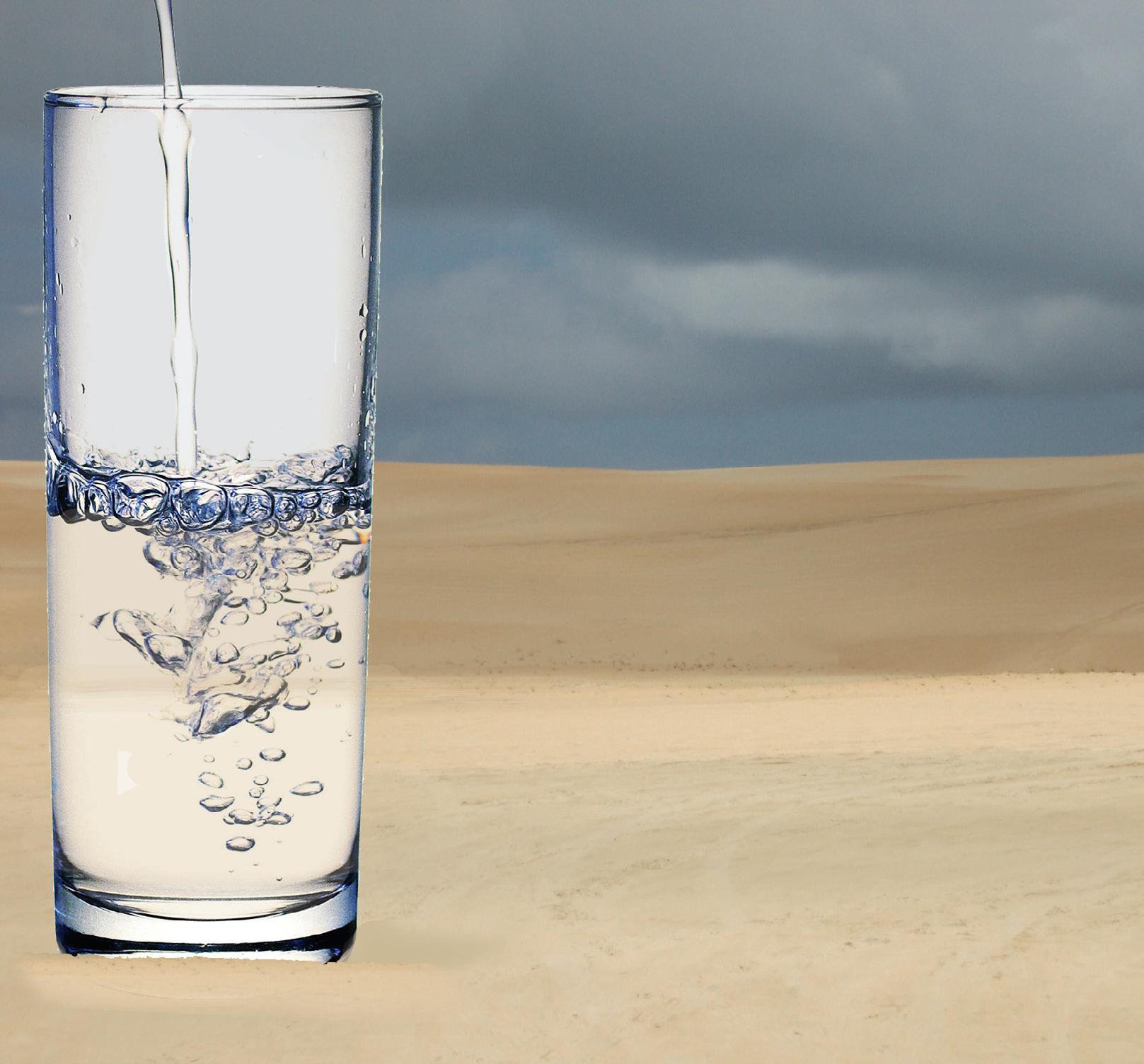
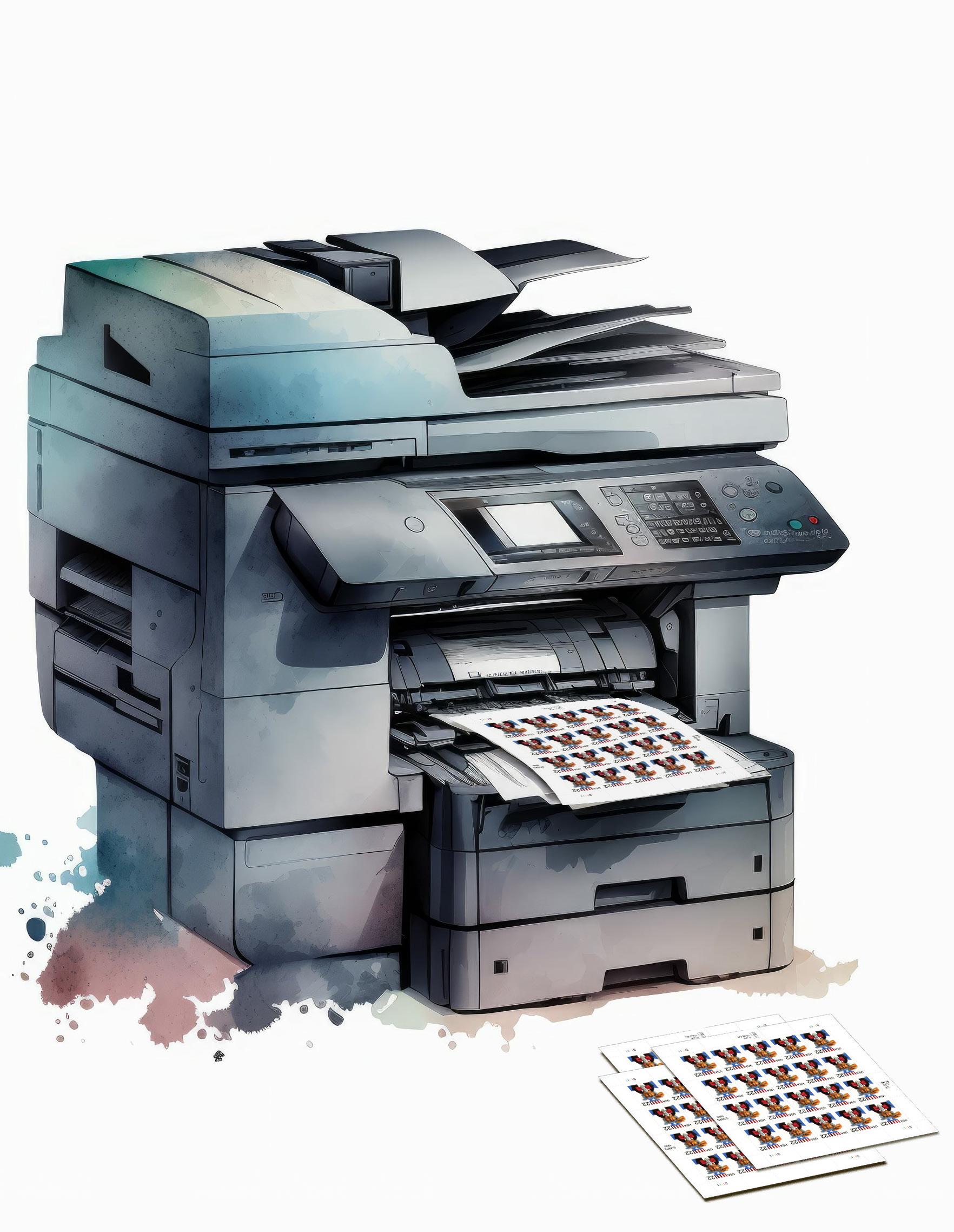
America has a counterfeit stamp problem.
Weird, right? It’s not something that comes up often, even among collectors, but it’s true. There is an ongoing and rapidly worsening crisis, and counterfeit stamps are flooding into the U.S. market via social media, causing devastating losses for the United States Postal Service and eroding an essential public service.
Would you like to know the worst part? This crisis is largely preventable. Unlike counterfeit currency, which can slip into cash registers and wallets with almost no one the wiser, keeping most counterfeit postage out of the mail stream is pretty easy. It’s not about knowing where the microprinting is in the design; it’s not about training to spot fakes at a glance; and it’s not about seizing and searching shipping containers at ports. The easiest way to keep counterfeit stamps out of the mail is not to buy them.
How did we get here?
Counterfeits are nothing new in philately. Counterfeit stamps have been around almost as long as stamps, and counterfeiters have defrauded postal authorities around the world. Stamp counterfeiting might not be as lucrative or popular as currency counterfeiting, but if people see a chance to steal money from the government, you can bet they’re going to try it.
Fortunately, until very recently, postage counterfeiters were usually nipped in the bud. Difficulty replicating complicated designs, inferior paper quality, and bad color matching can be tell-tale signs of phony stamps from the earliest Penny Black counterfeits to the 6-cent Eisenhower counterfeits of the 1970s. You don’t need to be an expert or even a philatelist to notice these sorts of flaws, just a decent observer.
Even as counterfeiters got wiser and printing technology became easier to access and replicate, postal authorities could use security features like microprinting, fluorescent and phosphorescent tagging (which makes stamps glow in a particular way under UV light), irregular perforations and iridescent printing to stave off counterfeiters. Slowly but surely, counter-
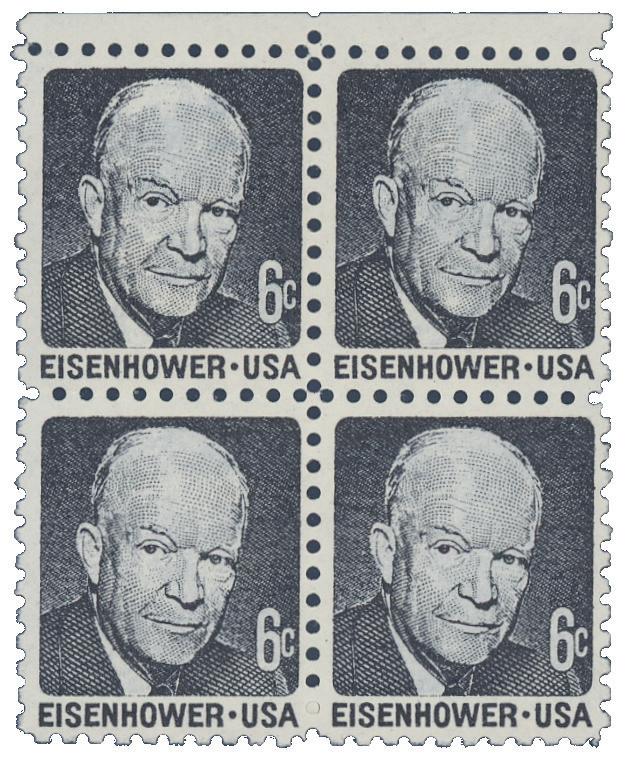
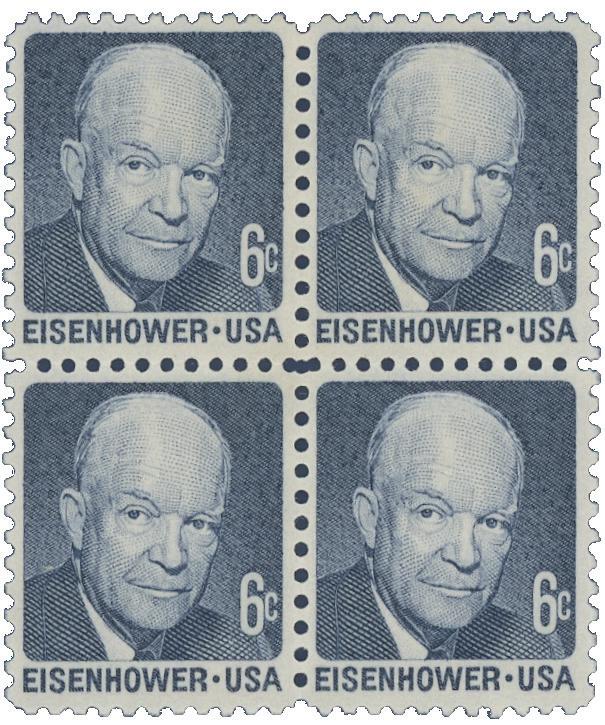
Older counterfeits are relatively easy to detect with a little knowledge and a magnifying glass. Seen here are the genuine Eisenhower 6-cent stamps (below) and counterfeits of that stamp (above). Note the difference in color, the (slight) difference in perforations, and the more refined detail of the engraving in the genuine stamps. The genuine stamps were engraved and rotary press printed, while the counterfeits were lithographed, resulting in “cruder” and less distinct lines.
These terms all refer to phony stamps, but should not be used interchangeably. Fakes are genuine stamps that have been altered to make them seem more valuable than they are, typically to defraud collectors. Forgeries are fabrications of real stamps (usually rare ones), typically from whole cloth, also intended to fool collectors. Counterfeits are fabricated copies of a real stamp created to defraud a postal authority. To take a deeper dive into the various types of fakes and forgeries, check out this article by Wayne Youngblood.

feiters would learn to replicate every security measure thrown at them, but new ones would always be devised.
Then, in 2021, things broke very bad.
Suddenly, U.S. counterfeits were everywhere. The counterfeiters primarily focused their efforts Forever stamps (which constitute the majority of new stamp releases each year), but counterfeits of other releases have been documented, particularly high value stamps like those for Priority Mail Express. Most U.S. stamps released in 2021 were counterfeited, and this trend continued in subsequent years, leading Amos Media, (publishers of Linn’s Stamp News and the Scott Standard Postage Stamp Catalogue) to create a specialized catalog listing denominated counterfeit issues, Forever stamp counterfeits, and postcard-rate counterfeits.
This wave of counterfeits is different than anything we’ve experienced before. The new generation of counterfeiters runs faster and jumps higher, and they can turn out extremely high-quality counterfeits of U.S. Forever stamps just weeks after their official issue.
But surely, I hear you protest, philatelists can tell the difference! A decade ago, that might have been true; spotting counterfeits used to be something any sharp-eyed philatelist with a reference guide and a magnifying glass could do, but those times are over.
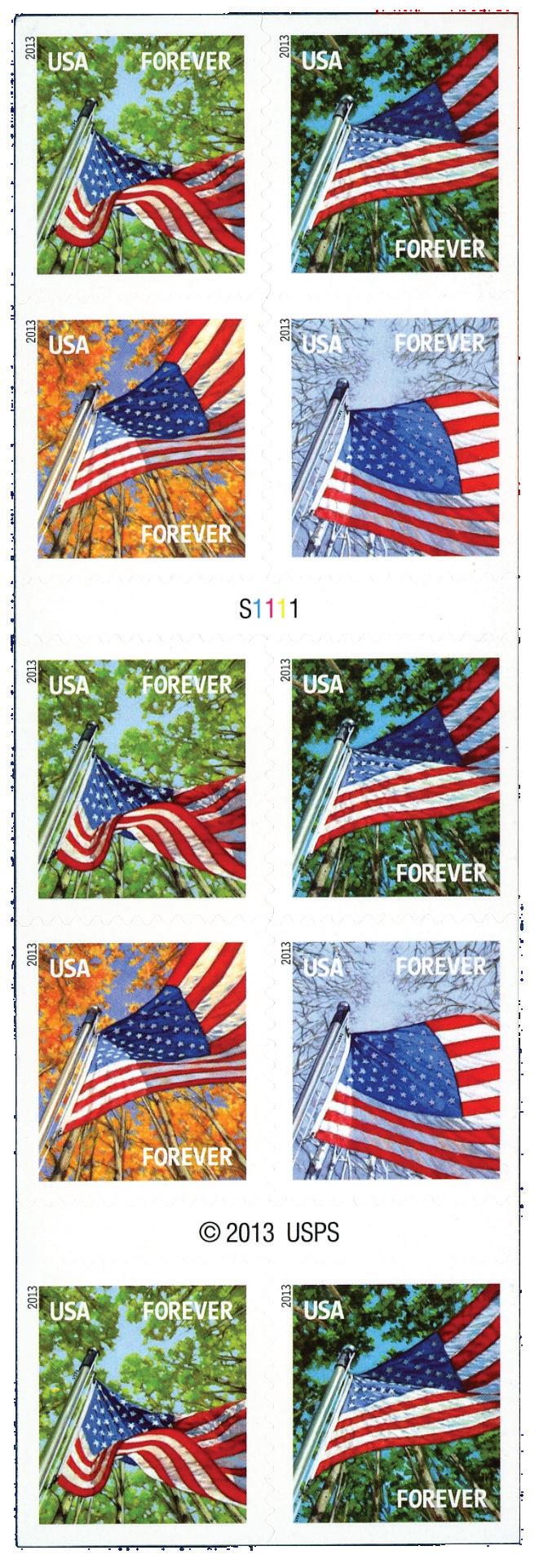
Today’s counterfeits are slick. They have clear microprinting. They have bright tagging. The images are high resolution and a perfect color match – some even look better than the real thing. It would be almost impossible to tell one of the new school counterfeits from an original at a glance, even for an experienced counterfeit collector or a postal worker. What’s worse is that postal sorting machinery often can’t detect them either, so they might just pass right through the system and into your mailbox, defrauding the USPS on the way.
If you spend any time on the internet, you’ve seen a targeted advertisement. They’re ads specific to what Facebook, Instagram, Google, and many other platforms have been able to determine about you from your internet history and use of their apps. If you posted about Christmas cards or collecting stamps online lately, you might be getting targeted ads for counterfeit stamps.
Can you spot the counterfeit? Zoom in all you want – the new generation of Forever stamp counterfeits are almost impossible to tell from the real deal, even under high magnification. [Counterfeits, above; genuine, below.]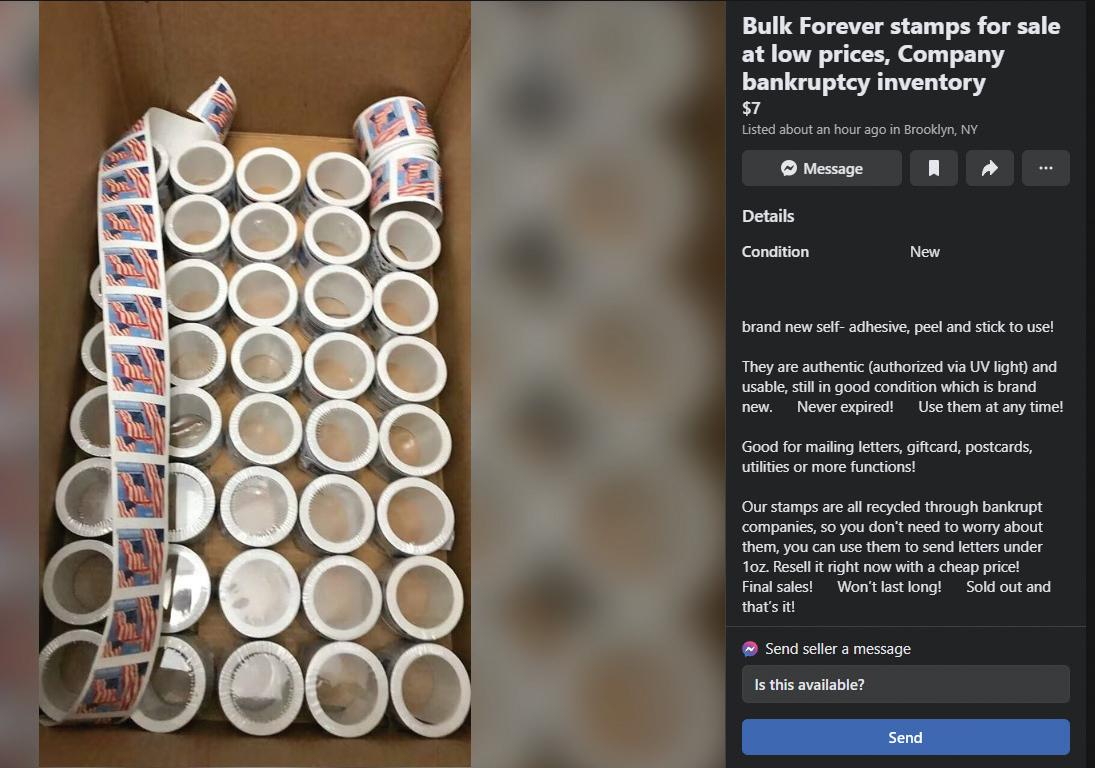
These advertisers won’t describe themselves as a counterfeit stamp supplier, of course – you’ll just see an ad covered in pictures of recent issues advertising huge discounts on U.S. Forever stamps. We’re talking 50 percent off, or even higher. If you click through to their page (usually a Facebook page), you may see a lot of misleading imagery, like USPS trucks or mail carriers, and even testimonials from “customers” who claim to have received their stamps in good order. Those will be the only comments you’ll see, typically, because anything negative is hidden by the page owner – though they can’t hide the angry emojis of annoyed social media denizens wise to their schemes.
Follow the link to their website (which we don’t recommend), and you’ll likely be taken to one of thousands of sites with strange URLs and oddly written copy, where you can purchase fraudulent stamps using a credit card or PayPal. When they arrive, they may even look legitimate, and unsuspecting folks will likely slap them on their mail just like they would any other stamp, which is how the USPS is now likely losing upwards of a billion dollars a year to counterfeiting.
You’d be forgiven for believing that Meta and the other digital giants must be doing their due diligence and not allowing fraudsters to sell on their platform, but you’d be wrong. Social media and search engines are now loaded with these targeted ads, which may even seem to be from the USPS. Report a page and it may be taken down, but another will pop up next week. And with social media platforms' apparent ability to ban plenty of other topics, from nudity to firearms, and enforce those bans with automated review processes, it almost defies belief that they couldn't block any ad for Forever stamps other than those coming from a very select and verifiable list of authorized sellers.
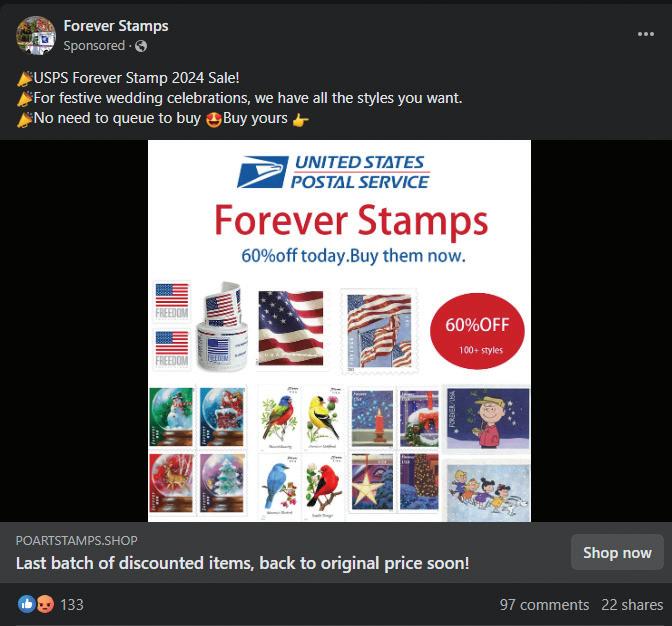
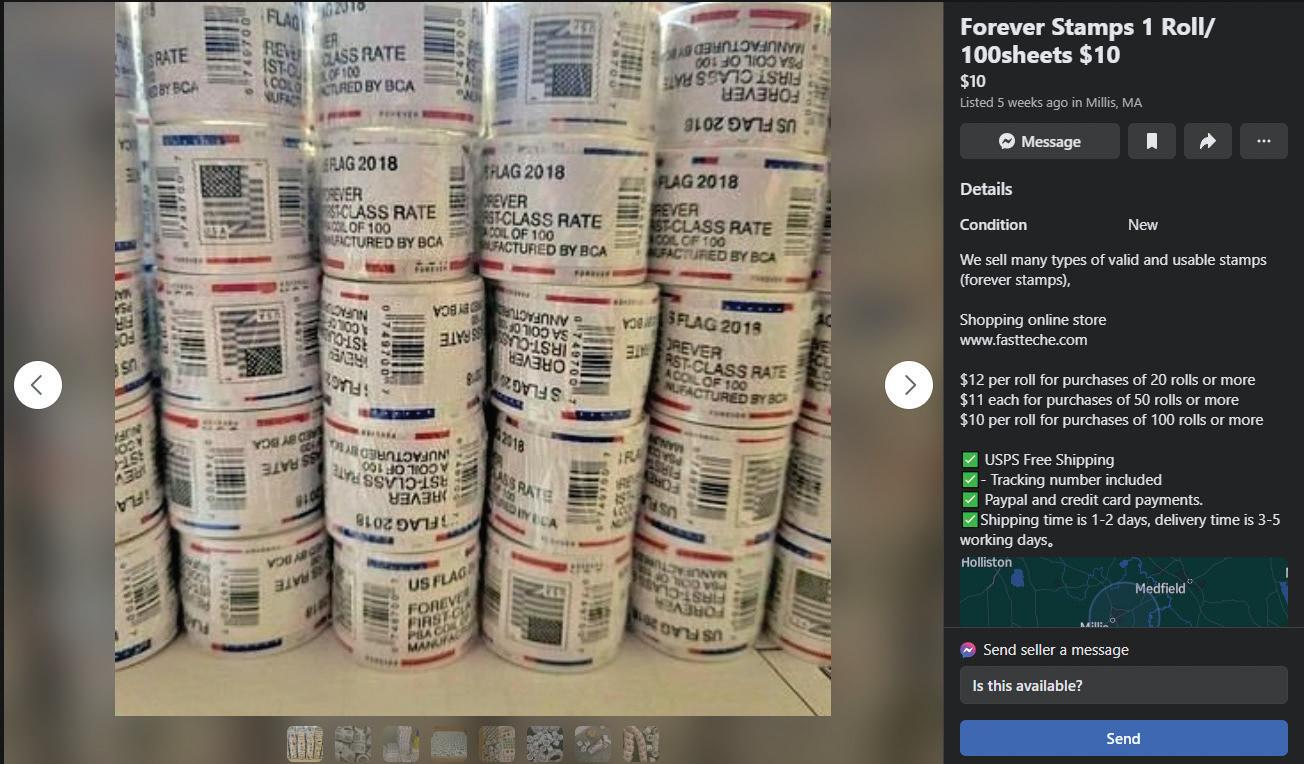
The U.S. Postal Inspection Service, the federal law enforcement arm of the U.S. Postal Service, enforces more than 200 federal statutes related to crimes that involve the postal system, its employees, and its customers. The service –with roots to 1722 – has about 2,500 employees and has jurisdiction focused on more than a dozen areas, including fraud prevention (counterfeit stamps included), illegal narcotics, mail fraud, money laundering, cybercrime, and child exploitation.
Ads like these frequently appear on social media, tempting unsuspecting scrollers with highly discounted postage that might seem to be legitimate. Social media giants like Meta appear to be doing little to stop this fraud; a recent search found over 3,000 pages purporting to sell legitimate Forever stamps on Facebook alone.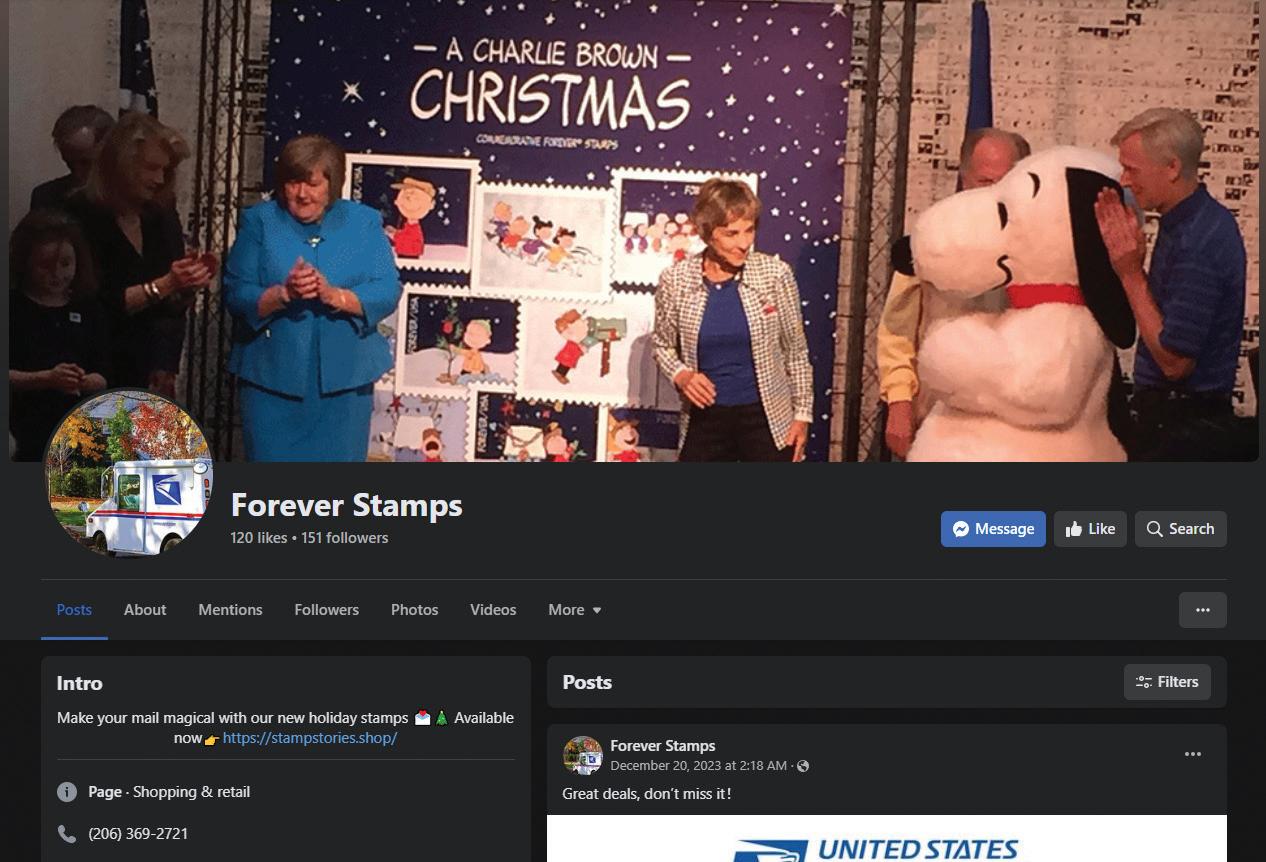
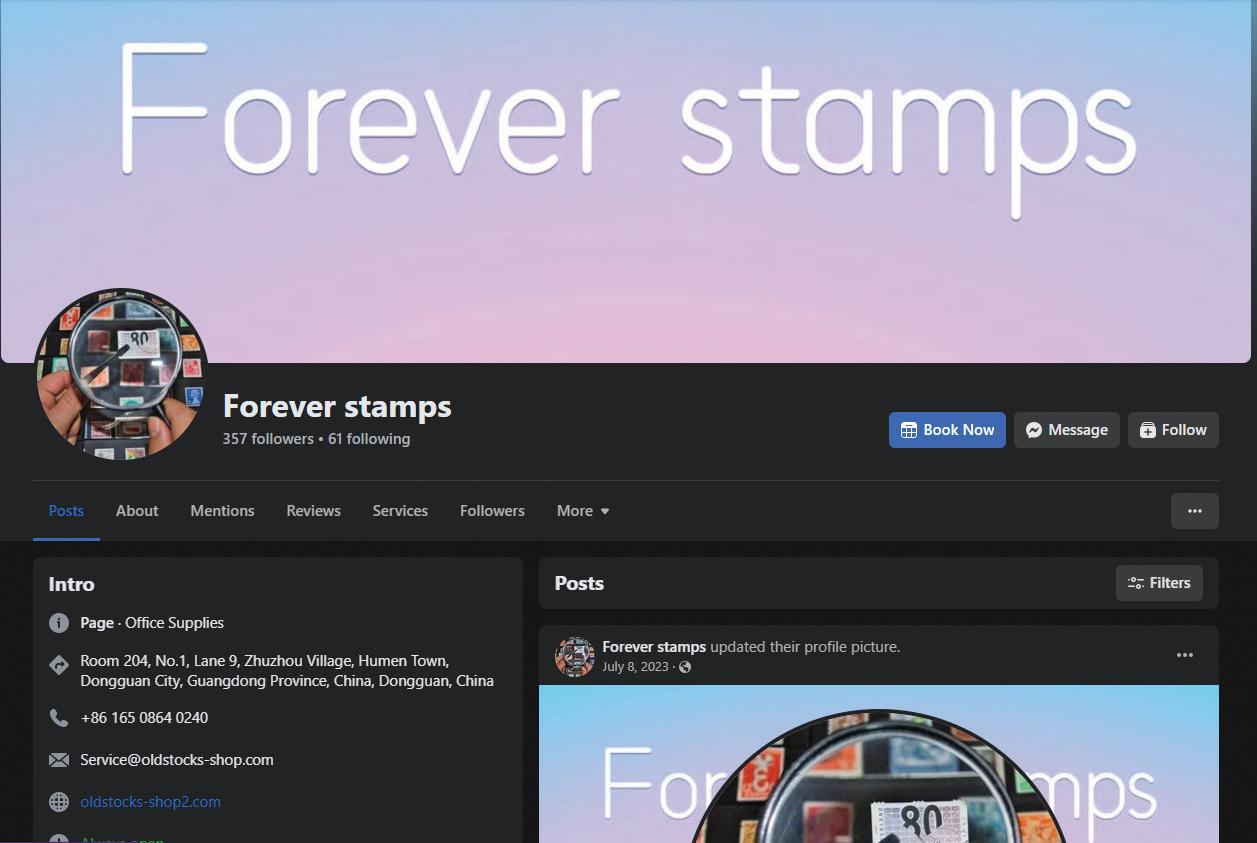
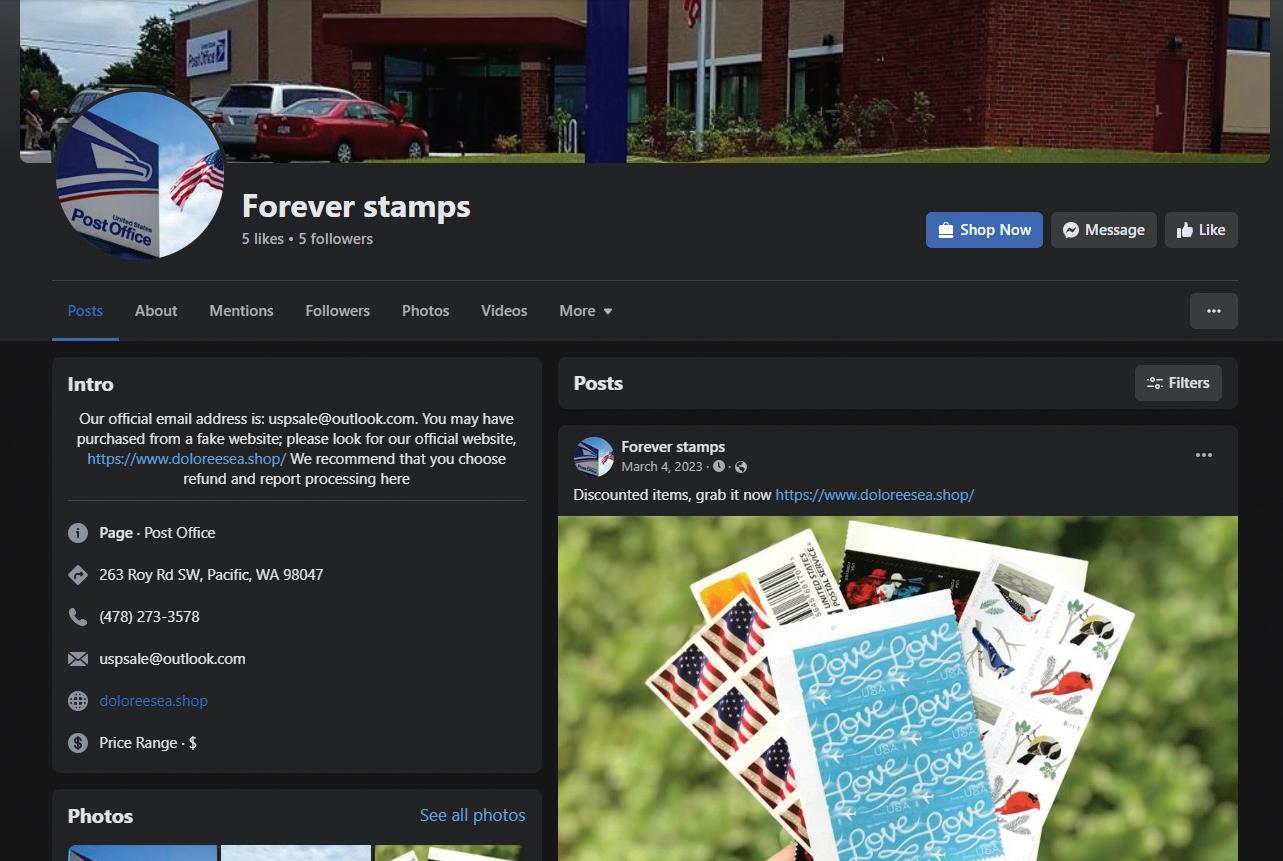
The geographical origin of the counterfeits isn’t immediately clear from the websites or the stamps themselves, but rumors have been swirling for years on philatelic forums that these new counterfeiters are based in China, and possibly even supported by the Chinese government.
Common wisdom rarely cites sources, but it turns out that this theory can be traced back to research conducted by Wayne Youngblood, philatelic writer, editor, dealer, and counterfeit stamp expert. Wayne doesn’t trade in rumors himself, but he does have some confidential sources in the counterfeiting world. They’ve given him enough information that he can confirm that the vast majority of the new counterfeits are coming from China. That origin tracks with some official statements from the USPS and US Postal Inspection Service (USPIS), which reported a seizure of $2.5 million worth of counterfeit stamps in a shipment from China in 2023.
Wayne says that a lot of what he knows about these counterfeits is speculation, but it’s speculation based on careful observation – he has devoted years to following the thread of the recent counterfeits, tracking the evolution of the faked security measures, sampling the mail of local businesses, and hunting down leads at home and abroad. He also says we shouldn’t be too hard on the USPIS for not shutting down the counterfeiters quickly. Virtually all the people selling counterfeit stamps are secondary or tertiary handlers, so when the USPIS tracks them down, there’s no real trail to follow back to the mastermind. The organization also has no jurisdiction outside of the U.S., and like many federal law enforcement agencies, they’re understaffed and focused on crimes that concern violence against people, like mail bombs and child exploitation. Even revenue losses in the millions and billions of dollars pale in comparison.
What’s really so bad about counterfeit stamps anyway? Well, for one thing, it’s illegal to knowingly buy or use counterfeit stamps, so there’s that. But what does it cost the USPS when you use a counterfeit Forever stamp on a letter? As of January 2024, just 68 cents. You can’t even buy a soda for 68 cents. The USPS made $78.2 billion last year (on an operating budget of $85.4 billion, but still). If you really, truly, only use one counterfeit stamp, it wouldn’t even constitute a blip on their radar. But it’s never just one. Chances are that the fraudulent website will have you buy in booklets of 20. Presumably you wouldn’t buy just a booklet and
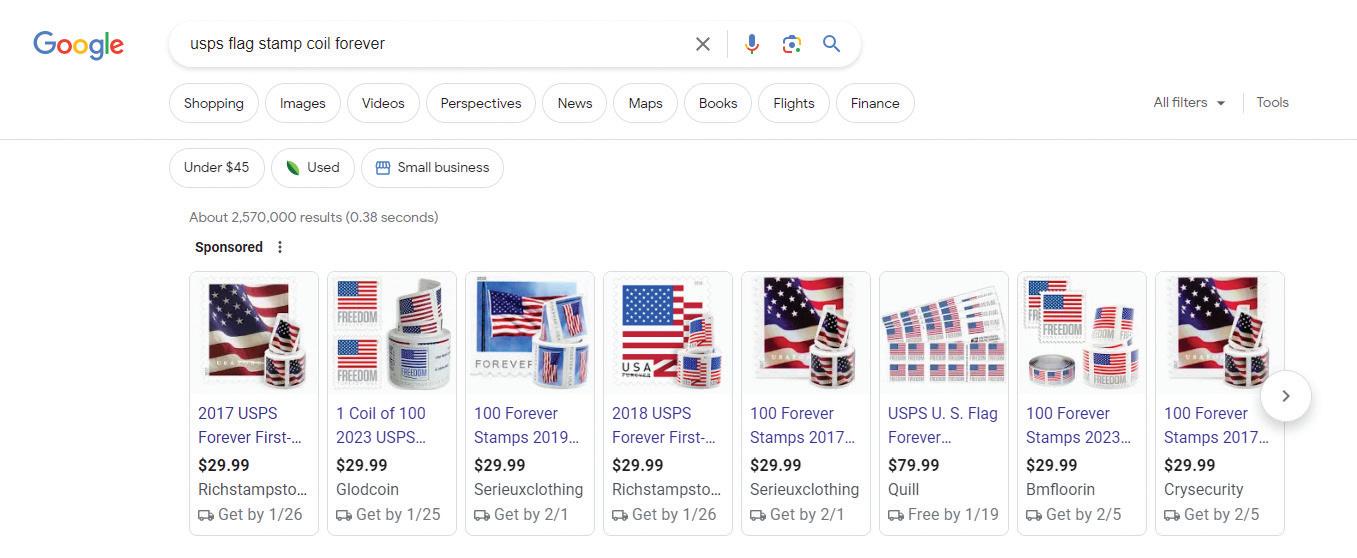
Counterfeits are insidious – a Google search for USPS flag stamp coils brings up countless sponsored ads that are almost certainly selling counterfeits. Note the deep discounts and the strange store names.
use just one stamp, so call it a $13.60 loss to the USPS. A loss of $13.60 would never impact an organization of that size.
The discount is so good, though, and Forever stamps never expire, so maybe you buy enough booklets to send your Christmas cards, too – and what about adding a coil of Flag stamps for your bills and other general use? That $13.60 becomes $27.20, and becomes $95.20 when you add that coil. Not good, clearly, but we’re talking about $100 spread out over a year or more. The USPS can cope with that. Right? Nope. Because you’re not the only one who saw a post by that store, or the thousands of others that are popping up every day. Not being an employee of Meta, I don’t know how many have, but you can guess it’s up there – and you can see how quickly the losses could spiral out of control.
The USPS and USPIS have understandably kept the lid on just how many counterfeits make it into the mail stream each year, if they even know for certain, but in previous years have given estimates. The last official estimate Wayne was able to get was circa 2018-2019, when the USPS said they were losing about $350 million a year to counterfeiting. Imagine, then, what the number must be like after this new surge. Or don’t, because we had done a lot of the imagining for you – he estimates, based on reports from his sources and his own research, that the annual loss is now closer to $1.5 billion. That’s no longer small potatoes, even to a government organization. That’s devastating.
For stamp collectors, there’s another potential danger looming. If the counterfeiting crisis can’t be addressed, there’s a very real danger that postage stamps as we know them may cease to exist. Metered mail is harder to fake and cheaper to produce, and while the USPS clearly wants to serve philatelists as well as the general letter-sending public, ultimately their mission is to provide postal services, not aesthetically pleasing collectibles. It’s not difficult to see the situation evolving in that direction if the counterfeiting crisis isn’t countered, and soon.
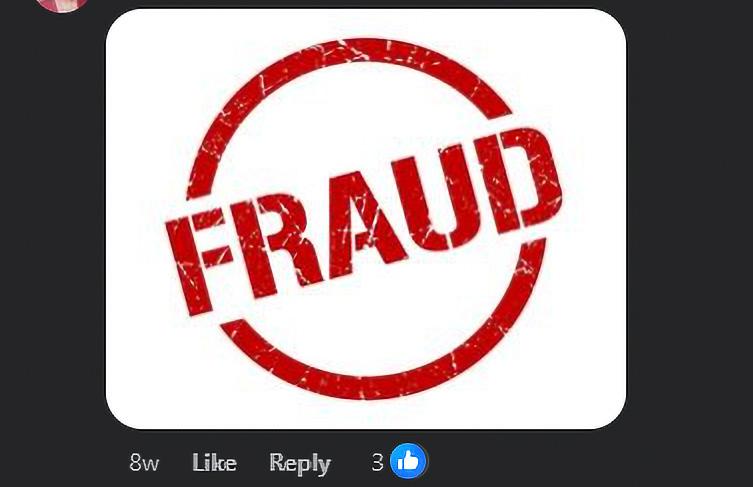
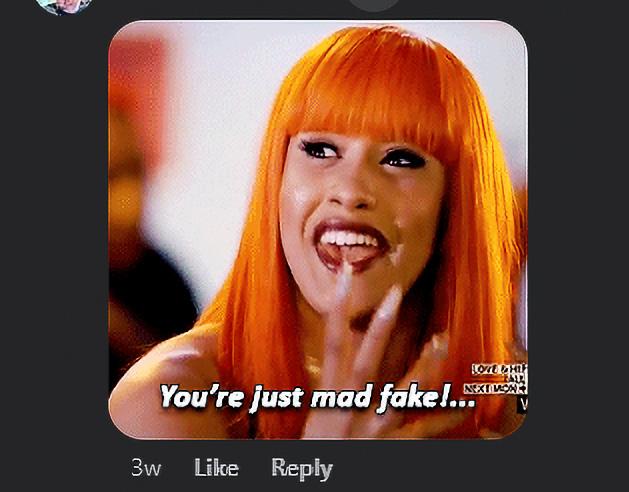
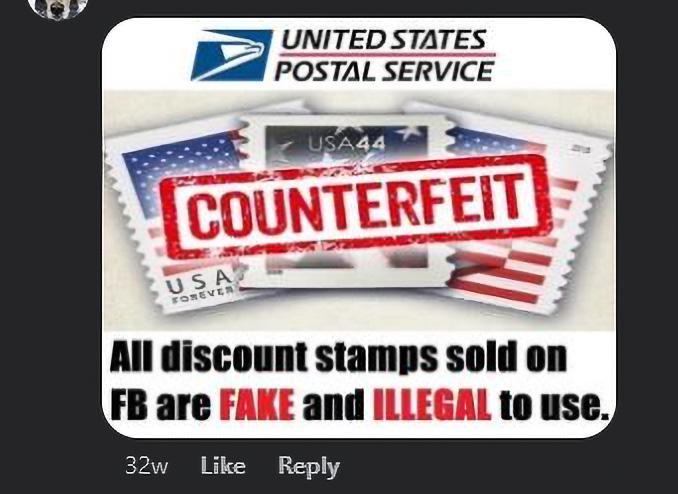
The 68 cents isn’t much in the grand scheme of things, but 68 cents multiplies fast. You don’t need to be a forensic accountant to see that counterfeiting is hurting the USPS – and that’s bad news for everyone. The USPS ensures the regular and secure delivery of everything from ballots and prescription medications to birthday cards. They provide coast-to-coast postal services that are the only option in rural areas and prop up private companies everywhere else. They employ hundreds of thousands of Americans (including many veterans), and they do it all on a shoestring budget already. And if you think 68 cents for a first-class letter is high, just wait until we’ve spent a few more years devaluing this crucial public service with counterfeits. What’s a collector to do?
You know how I said that the worst part of all this is the preventability of this crisis? That’s also the best part, because that means we can help. Here are some of the simple ways you can do your part to stamp out counterfeits.
The best thing you can do is be sure of the authenticity of your stamps, and the best way to do that is to only purchase your stamps from the USPS, an Approved Postal Provider, or a trusted stamp dealer who sells mint postage (you can check the APS dealer directory for options in your area). The USPS offers stamps for sale inperson, online, phone, mail, and sometimes even by fax, so there’s an option for just about everyone. Approved Postal Providers include places like grocery stores and pharmacies; be sure that they’re official by checking the Find USPS Locations page on the USPS website (set the Location type to National Retailer).
Be wary of discounts
Retailers you can trust may offer small discounts on stamps, like stamp dealers who offer older denominated stamps at a discount, but the USPS never will, and you’ll never see a legitimate seller offering Forever stamps for a high discount. If it seems too good to be true, it probably is.
Because counterfeits found during investigations are usually confiscated and destroyed, confirmed postal counterfeits and postally used counterfeits on cover can be scarce and therefore desirable to certain collectors and postal historians.
Intentionally buying and using counterfeit stamps is a federal offense that carries severe penalties. Historically, however, the USPIS has tolerated the collection of counterfeit stamps by philatelists as long as they are not used for mailing and otherwise defrauding the postal service. Some philatelists, like Wayne Youngblood, have even been able to assist the organization in their investigations because of their study of counterfeit stamps.
If you might be interested in starting a collection of counterfeits, check out these resources. Most are available for free online or via the American Philatelic Reseach Library and the Robert A. Mason Digital Library. For general information on modern counterfeits:
Scott Specialized Catalogue of United States Counterfeits 2023
Conversations with Philatelists, Episode 79: Debunking Online Stamp Scams (Part 1)
Conversations with Philatelists, Episode 90: Detecting Counterfeit USPS Forever Stamps with Wayne Youngblood
For printing types and security measures:
“What once was stamp printing is now stamp production” by Fred Baumann, Linn’s Stamp News, April 2021
“Most postage stamps have security features” by Michael Baadke, Linn’s Stamp News, April 2021.
“EFOs That are Best When the Lights are Off” by Wayne Youngblood, The American Philatelist, August 2017.
For historical counterfeits:
Out-Foxing the Fakers (1993) by Jean-Francois Brun
“Stamp Frauds” Smithsonian National Postal Museum https://postalmuseum.si.edu/exhibition/ behind-the-badge-case-histories-scams-and-schemes/stamp-frauds
Stamp Counterfeiting: The Evolution of an Unrecognized Crime by H.K. Petschel, 2011
Inked Print: United States Postal Counterfeits Illustrated by H.K. Petschel, 2014
Think twice
If you have even an inkling that a stamp might be counterfeit, don’t use it. It’s not just about defrauding the USPS and the potential penalties for that – in February 2023, the USPS announced that going forward, any piece of mail bearing a counterfeit stamp would be considered abandoned and could be destroyed at their discretion, regardless of the knowledge or intentions of the sender or receiver.
Report counterfeits and counterfeit sellers
If you come across counterfeits in the wild, whether physical stamps or online stores, report them to the USPIS by emailing PostageFraudReporting@uspis.gov. You can also report fraudulent activity to individual social media platforms – while a new page will likely pop up soon after, the more are reported, the more likely the platform will pay attention to the problem.
Get the word out
Tell your friends, your parents, former roommates, anyone who will listen, about the surge in counterfeits, and most importantly about how to spot the scam on social media. Even if they don’t buy stamps regularly, the fastest way to stop this fraud is to spread awareness.
As of August of 2023, Great Britain’s Royal Mail officially instituted a system of new barcoded stamps to be used on mail. The barcodes, which are found on tags attached to the stamp, add a higher level of security meant to stop counterfeiting. Stamps that are considered definitives – such as those with images of King Charles III or international denominated stamps – carry the barcode tags. Special stamps (commemoratives here in the U.S.) – such as the Spice Girls or X-Men stamps – don’t carry barcodes, though Christmas stamps do. Unfortunately, as clever and thorough as the new Royal Mail system is, we've received reports that even these security measures have now been cracked. Keep your head on a swivel!
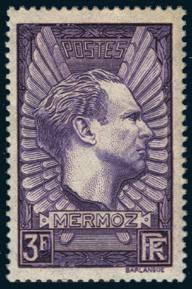
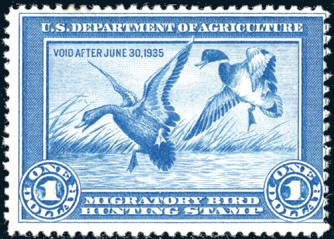
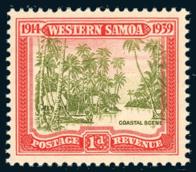
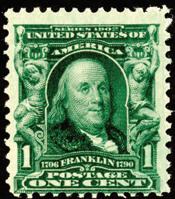
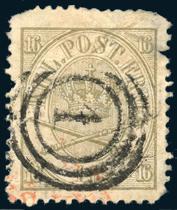
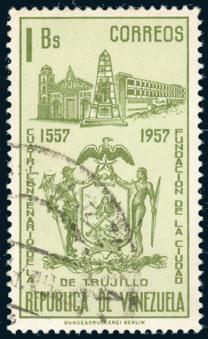
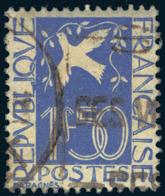
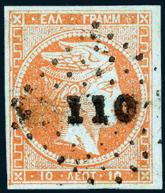

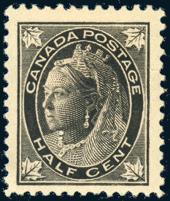
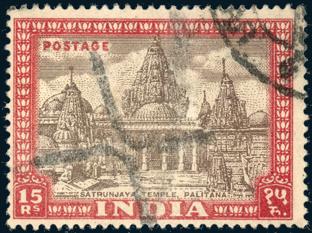

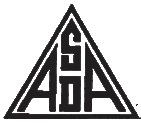
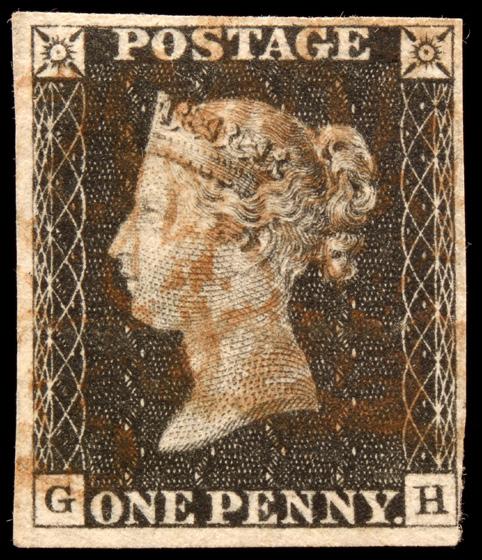
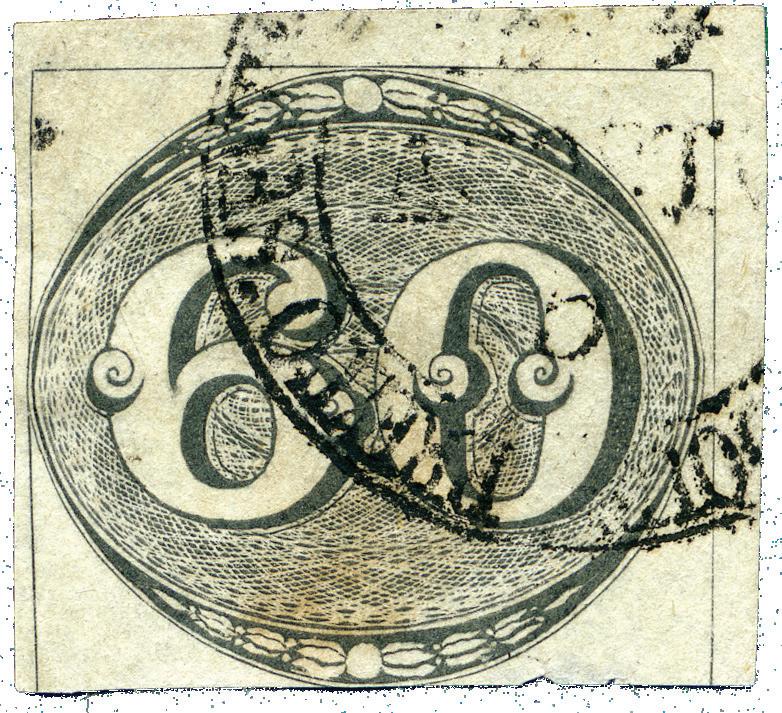
tamp collecting — what a concept! Can these little bits of paper and envelopes become an enjoyable and fascinating pastime? The answer is absolutely “YES!” The longer answer fills the pages that follow.
The very first adhesive postage stamp – Great Britain’s handsome, steelengraved Penny Black with a portrait of a young Queen Victoria – was issued on May 1, 1840. The invention of the adhesive postage stamp and the introduction of penny postage in Great Britain revolutionized postal services worldwide.
Mail volumes increased dramatically with the introduction of prepayment of service and the enormous reduction in postal rates. Next after Great Britain was Brazil, which introduced the famous Bull’s Eye issues in 1843. In the United States, the City Despatch Post (New York City) adopted the stamp concept before the federal government got on board, creating private adhesive stamps for local use in 1842. Nearly five years later, the first government-issued United States stamp was issued on July 1, 1847. European countries, including Austria, Spain, France, and Belgium, had stamps by 1850. The first Canadian stamp, the 3-penny red, picturing a beaver – the first animal on an official government-issued stamp – was introduced in 1851.
With the growth and popularity of this new hobby of stamp collecting in the 1860s and 1870s – especially in Europe and America – the hobby took on a commercial aspect. Stamps, with the authority of issuing national governments behind them, came to be treated as a quasi-currency. After all, like government-backed coins and banknotes, stamps had an imprinted price or face value. They were printed by the same security printing firms that produced paper currency. Postage stamps, usually encased in metal or cardboard holders to prevent damage, were used as small change during coin and currency shortages in various countries. National post offices often had standing regulations to give face-value cash refunds for unused stamps.
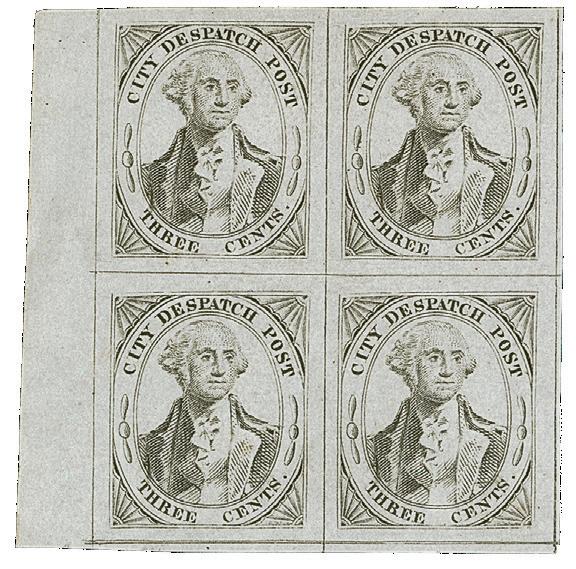
first U.S. adhesive stamps were created and used by a private company, the City Despatch Post. Their first stamp was a 3-cent black on grayish paper, featuring a portrait of George Washington. Courtesy of Siegel Auctions.
The first dealers in postage stamps appeared in France and England in the 1860s. Many early firm names, such as Stanley Gibbons in London and Scott in New York, have continued to the present day. It was not until the 1920s that publicity about valuable stamps encouraged a large increase in the number of stamp collectors. This rapid increase in postage stamp values was largely because very few older stamps had been saved in good condition. Especially difficult to find were pairs, triples, and large blocks of older stamps, which dealers usually severed as values increased.
In Great Britain, King George V’s outstanding collection influenced the remarkable collector activity of his day. The collection exists intact and was expanded as the Royal Collection of his granddaughter, Queen Elizabeth II, now inherited by her son, King Charles III. U.S. President Franklin D. Roosevelt was an avid stamp collector who designed several
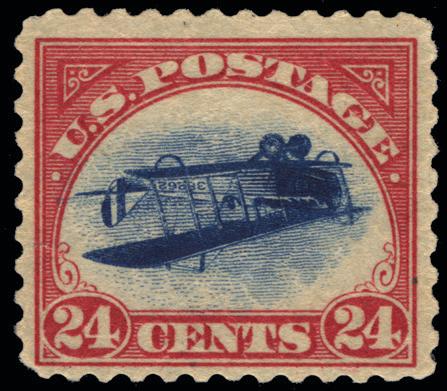
One of the 100 Inverted Jennys is owned by the American Philatelic Research Library, and is usually exhibited at the Great American Stamp Show.
Have you heard of the famous Inverted Jennys?
The original 1918 sheet of 100 stamps with the upside down plane printing error was quickly broken up and distributed by Colonel Edward Green and Eugene Klein, winging their way around the world. The full story of the Inverted Jennys can be found at invertedjenny.com.
American commemorative stamps while president. Roosevelt’s interest encouraged new collectors in the 1940s and 1950s.
The worldwide popularity of stamp collecting has resulted in stamp sales being an important source of revenue for some tiny countries, which create limited printings of attractive stamps designed mainly to be bought by stamp collectors. While the stamps produced by these countries far exceed the postal needs, many have a loyal following of enthusiastic collectors. The stamps of remote islands and isolated mountain nations hold romantic attraction for many collectors..
Thousands of stamp collecting organizations exist, from local stamp clubs to country-specific groups to international organizations. The Fédération Internationale de Philatélie (F.I.P.), headquartered in Zürich, Switzerland, is a federated organization of 87 national collectors’ organizations. The American Philatelic Society, the British Philatelic Association, and the Royal Philatelic Society of Canada are examples of national federations.
Many stamp organizations and national postal services organize and sponsor stamp exhibitions locally and worldwide.
From the local club shows – whether held in a community center or church basement – to the elaborate big-city convention halls that house the large national and international exhibitions, the world of stamps is beckoning. The larger shows host the remarkable collections of the rare and unusual assembled by commoners, millionaires, and kings.
The computer age and the internet have greatly expanded the availability of stamp-collecting information and have made it easier for collectors to obtain stamps, covers, and other philatelic material. Stamp clubs have been established entirely online, with international membership.
Stamp investing continues to be popular, supported by some of the world’s most respected professional dealers, and generally is actively indulged in by any stamp collector who spends more than $100 a month on their hobby. You can buy what you like and develop expertise along the way. Some collectors are investors and build an investment with their collections.
Some collectors turn their collections into ongoing businesses. Here, the aim is to help other collectors build their collections and award-winning stamp exhibits. Various sales methods have been established, including public stamp (philatelic) auctions, stamp show sales, mail orders, on-approval sales, priced lists, and, more recently, internet commerce. The introduction and proliferation of the internet, with websites such as eBay, Amazon, Zillions of Stamps!, and the APS StampStore (now on the HipStamp platform) has rejuvenated the stamp hobby and allowed the international trade in stamps to flourish. Expensive brick-and-mortar premises and print advertisements have been overtaken by inexpensive e-commerce and instant internet communications.
In future issues, we’ll go through tools and supplies, how to access and use resources like catalogs, how and where to buy stamps, and many other basics that will set you up for success.
Is
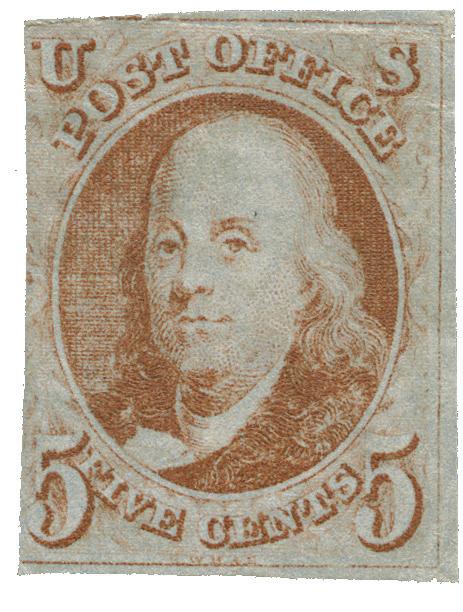
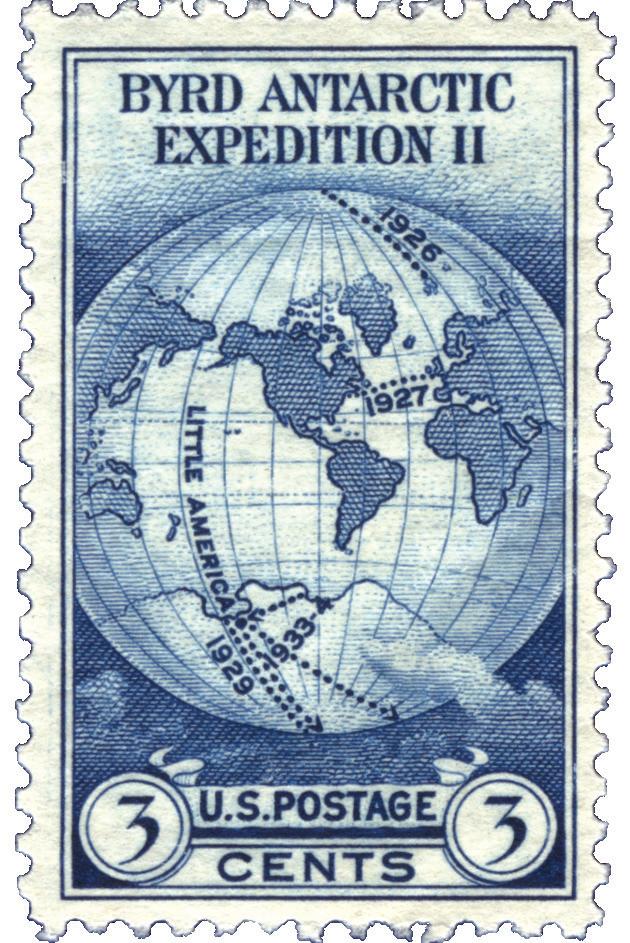
The first official U.S. government-issued postage stamp, the 5-cent Benjamin Franklin (1847).
President Franklin Roosevelt worked closely with Postmaster General James Farley to design dozens of stamps. One of these was the 3-cent Byrd Antarctic Expedition stamp. See some of FDR’s original sketches from the National Postal Museum’s virtual exhibit “Delivering Hope: FDR & Stamps of the Great Depression.”
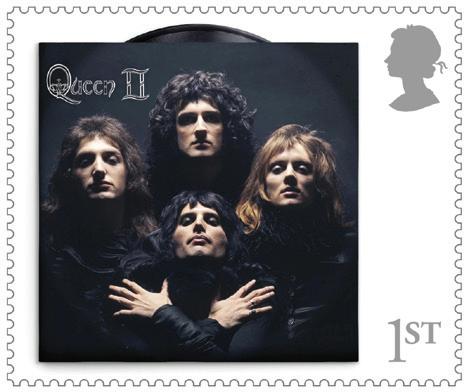
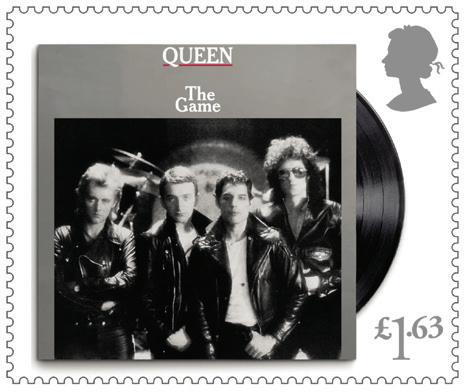 there something that you’re curious to learn, or a stamp collecting basic you’d like to see a “refresher” on? Let us know at StampEd@stamps.org.
Rocker Freddie Mercury, lead singer of the rock band Queen, collected stamps as a child. His childhood stamp album is in the British Postal Museum & Archive collection.
there something that you’re curious to learn, or a stamp collecting basic you’d like to see a “refresher” on? Let us know at StampEd@stamps.org.
Rocker Freddie Mercury, lead singer of the rock band Queen, collected stamps as a child. His childhood stamp album is in the British Postal Museum & Archive collection.
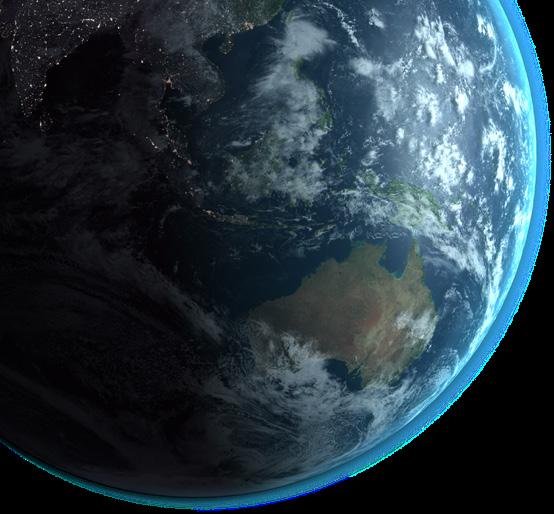

orean postage stamps first appeared in 1884, during the “Empire” period, when Korea was ruled by the Joseon Dynasty. The next postage stamps wouldn't be released for another decade; these feature the taegeuk, the quintessential Korean symbol that represents the dual forces in Korean philosophy. You may have seen it on the taegeukgi, the South Korean national flag.
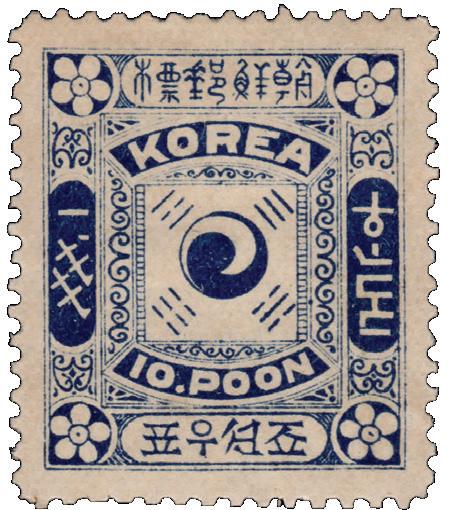

However, Korea’s independent existence ended in 1905, when it was annexed by Japan. The Japanese government introduced new stamps that reflected its own influence, emphasizing the assimilation of Korea into the Japanese Empire. These stamps bore the inscription “朝鮮” (transliterated as Chōsen), the Japanese name for Korea at the time.
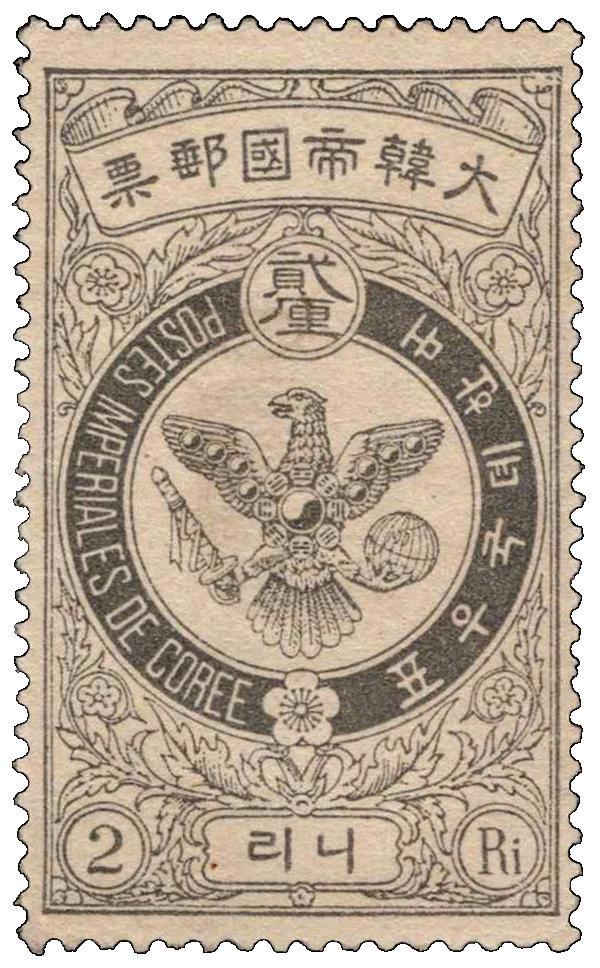
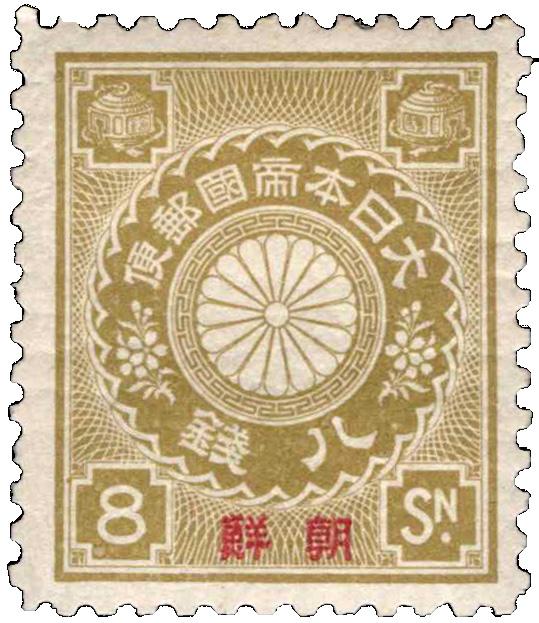
Offices
The end of World War II in August 1945 marked the liberation of Korea from Japanese rule. With the peace came the arbitrary division of the Korean peninsula at the 38th parallel into the northern territory, overseen by the Soviet Civil Administration (what would become the Democratic People’s Republic of Korea, or colloquially, North Korea), and the southern zone, administered by the United States Army Military Government in Korea (which would become the Republic of Korea, or South Korea). This division and the gradual development of both occupation zones into separate states was reflected in separate issues of postage stamps. Mail was exchanged across the 38th Parallel from March 1946. North Korea used the name Joseon (조선) on its stamp issues. South Korea styled its country name as Dae Han Min Guk (대한민국).
The Korean War (1950–1953) further intensified the division of Korea and ended the cross-border exchange of mail. During this conflict, North and South Korea issued stamps that not only conveyed the urgency of the situation but also reflected their respective political narratives. During the short-lived occupation of South Korea, the North produced a “Liberation of Seoul” commemorative and overprinted stocks of three South Korean definitives. The war’s impact on stamp production and circulation was significant and affected the quality and availability of certain issues.
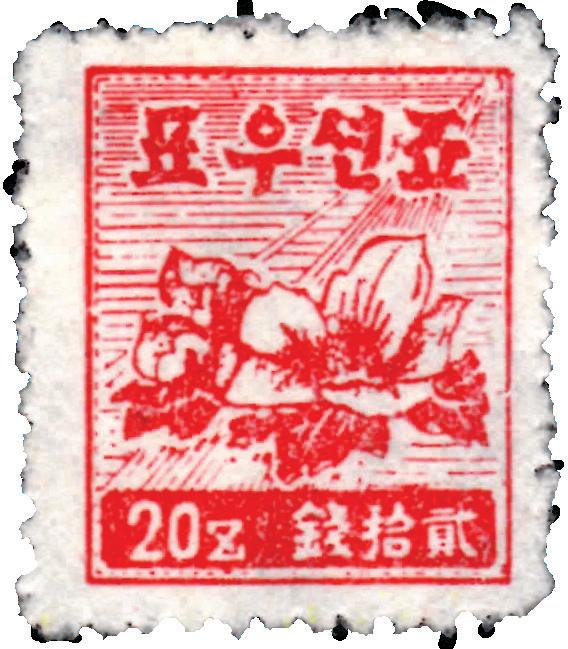
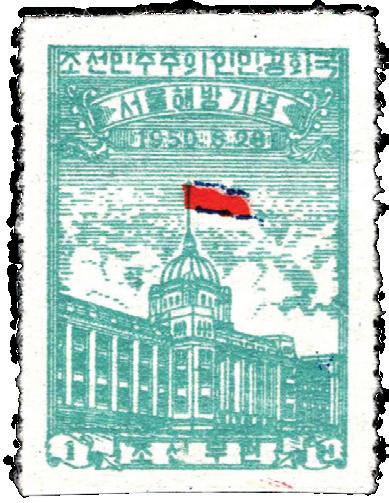
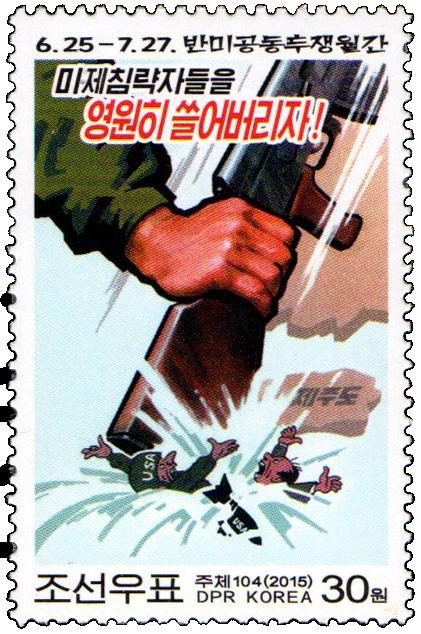 From the Plum Blossom series (1900-1).
Korea's second stamp issue (1895).
Japan
in Korea stamp from the Japanese occupation.
The Korean Empire's last issue (1903).
North Korea (1950) depicting the "Liberation of Seoul."
North Korean propaganda stamp (2015): "Sweep away the American imperialist intruders forever!"
From the Plum Blossom series (1900-1).
Korea's second stamp issue (1895).
Japan
in Korea stamp from the Japanese occupation.
The Korean Empire's last issue (1903).
North Korea (1950) depicting the "Liberation of Seoul."
North Korean propaganda stamp (2015): "Sweep away the American imperialist intruders forever!"
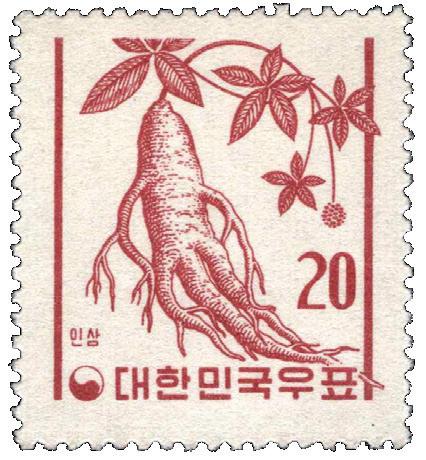
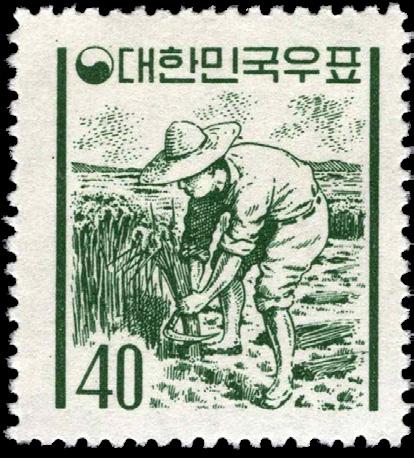
As the decades unfolded, both North and South Korea continued to use postage stamps as a means of cultural expression, with themes that ranged from historical events and achievements to traditional arts and folklore. North Korea, having espoused the Soviet worldview, produced numerous issues demonizing the U.S. for its role in the Korean War.
Notably, South Korea’s economic boom in the latter half of the 20th century was reflected in its stamps, showcasing technological advancements and industrial progress. The late 20th century also witnessed efforts towards reconciliation and unity. In 1972, representatives from North and South Korea met to discuss postal cooperation, and joint issues featuring iconic landmarks from both regions were released. These initiatives, however, were sporadic and did not lead to sustained collaboration.

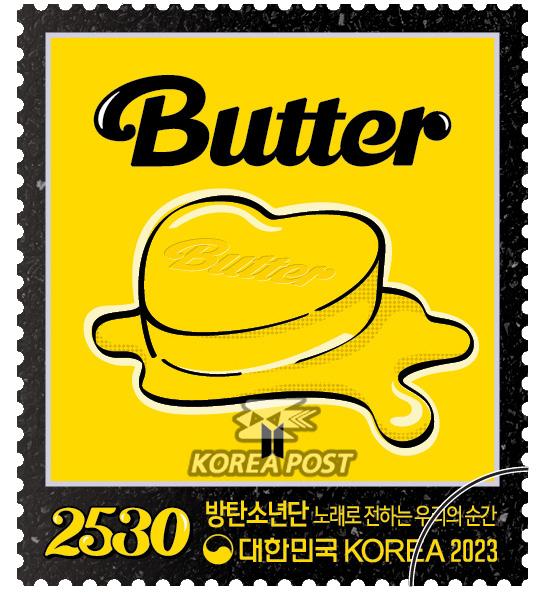
The North’s stamp-issuing policy changed dramatically later, and its revenue-producing activities led to a constant stream of emissions covering internationally popular topics and anniversaries, which were of little direct relevance to its population. Constant, however, have been the commemoratives extolling the achievements of the ruling Kim dynasty and the North’s alleged victory in the Korean War.
In recent years, unification of the two Koreas has prompted occasional discussions between the nations and remains a constant theme in both North and South Korean stamp issues. Both counties have embraced technological advances in stamp production. Philately and philatelic research are highly developed in South Korea, culminating every 10 years with the PhilaKorea international exhibition, which will take place in Seoul in August 2024. By contrast, there are no channels open to foreign researchers in North Korea, and the main marketing offices for DPRK new issues is located in China.
The philatelic history of Korean postage stamps is a fascinating subject for anyone looking to collect a multi-faceted subject. To find out more, check out the Korea Stamp Society website at www.koreastampsociety.org
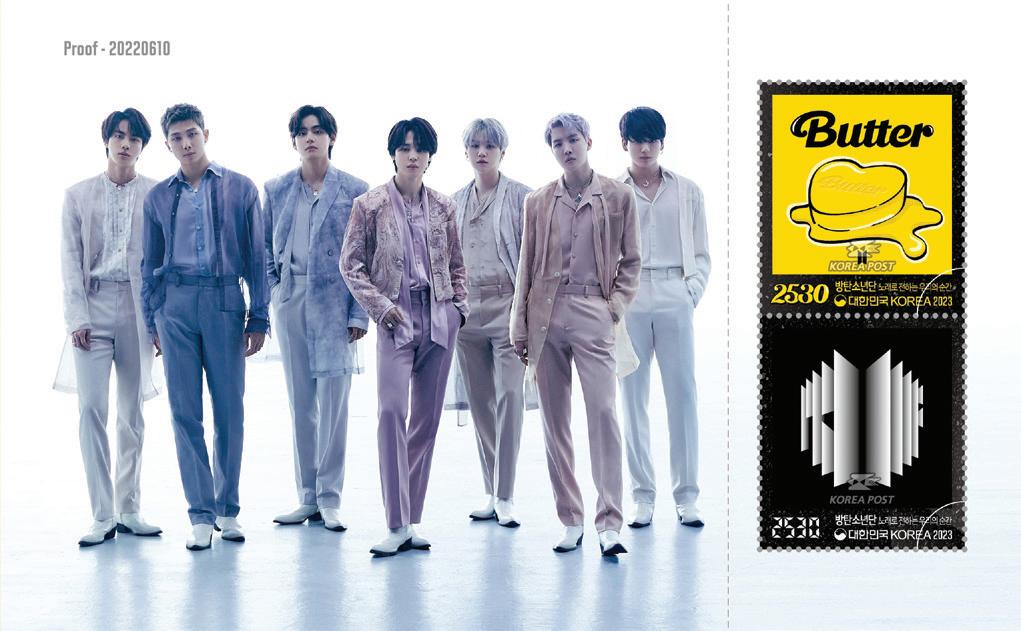
In 2023, KoreaPost helped celebrate the 10th anniversary of one of South Korea’s most famous exports – BTS (aka Bangtan Boys), arguably one of the world’s most popular boy bands and certainly the biggest act on the K-pop scene (when they aren’t on hiatus to complete their mandatory military service). According to Ivo Spanjersberg of the Korea Stamp Society, KoreaPost's issue of ten BTS stamps and two minisheets in honor of the anniversary was probably the most successful in the organization's history; 4 million individual stamps and 2.5 million minisheets sold out in a matter of days. When you factor in the philatelic extras (like first day covers, collector’s booklets, and more), even though the rights to the BTS name likely didn’t come cheap, the Korean postal authority probably netted a very tidy sum from the issue. That’s the power of K-pop!
Modern South Korea issues.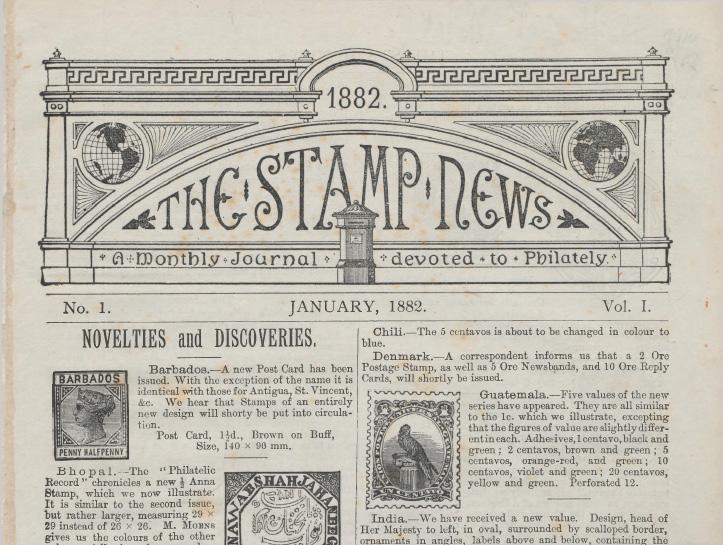
The American Philatelic Research Library (APRL) supports the research needs of the stamp collecting community. With its worldwide collection of over 90,000 items, the APRL is the true home for worldwide philatelic research.
For many American Philatelic Society members, access to the resources of the APRL is the greatest benefit they derive from their membership. Although anyone can walk in and browse the library, APS members enjoy the unique benefit of being able to borrow material from the collection. Books, monographs, journals, auction catalogs, stamp catalogs, government documents, exhibits, and many other materials can all be borrowed from the collection by members and subscribers.
One of the best parts of the APRL’s services is completely free and accessible online: Robert A. Mason Digital Library. RAMDL is one of the largest repositories of digital philatelic periodicals in the world – and it’s growing every day, at a rate of nearly 100 new issues uploaded every month. Today, RAMDL holds 35 complete runs of philatelic journals (around 8,300 individual issues), all of which are full-text searchable with display, print and download options.
One of the APRL’s current projects is preserving and digitizing Mekeel’s Weekly Stamp News, which has been published since 1891 and is still published today as Mekeel’s & Stamps Magazine. The oldest issues digitized so far are from 1904, fragile artifacts with important information about the early days of stamp collecting, now preserved for future generations.
The American Philatelic Society is proud to publish StampEd, a magazine for the new generation of stamp collectors.
The American Philatelic Society is the largest non-profit organization for stamp collectors in the world. Founded in 1886, the APS serves collectors, educators, postal historians, and the general public by providing a wide variety of programs and services.
Stamps.org/learn
C3a is an on-demand, online learning tool containing videos and resources that cover a wide variety of interest areas. APS members have special access to courses and videos.
Join the APS via Zoom twice a month for Stamp Chats, talks, and Q&As with collectors like you.
Stamps.org/buy-and-sell
Buy or sell stamps through Circuits Sales – a members-exclusive home delivery sale service offering a hands-on shopping experience through the mail.
Buy with confidence on Stampstore.org. APS members sell stamps online via APS StampStore – send us your stamps and we’ll do the work for you!
Stamps.org/the-american-philatelist
The monthly 100+ page magazine is written by APS members for APS members. Featuring 4-6 articles in every issue on topics of stamp collecting, postal history, and more.
Stamps.org/subscribe-now
Receive a free weekly e-newsletter with news of the APS, discussions from the collecting community, upcoming events, and original articles featured on stamps.org/news.
Stamps.org/stamp-authentication
APS members receive a discount on stamp authentication, performed by a committee of 80+ experts.
Curious about the APRL and other benefits of APS membership? Check out stamps.org to learn more.
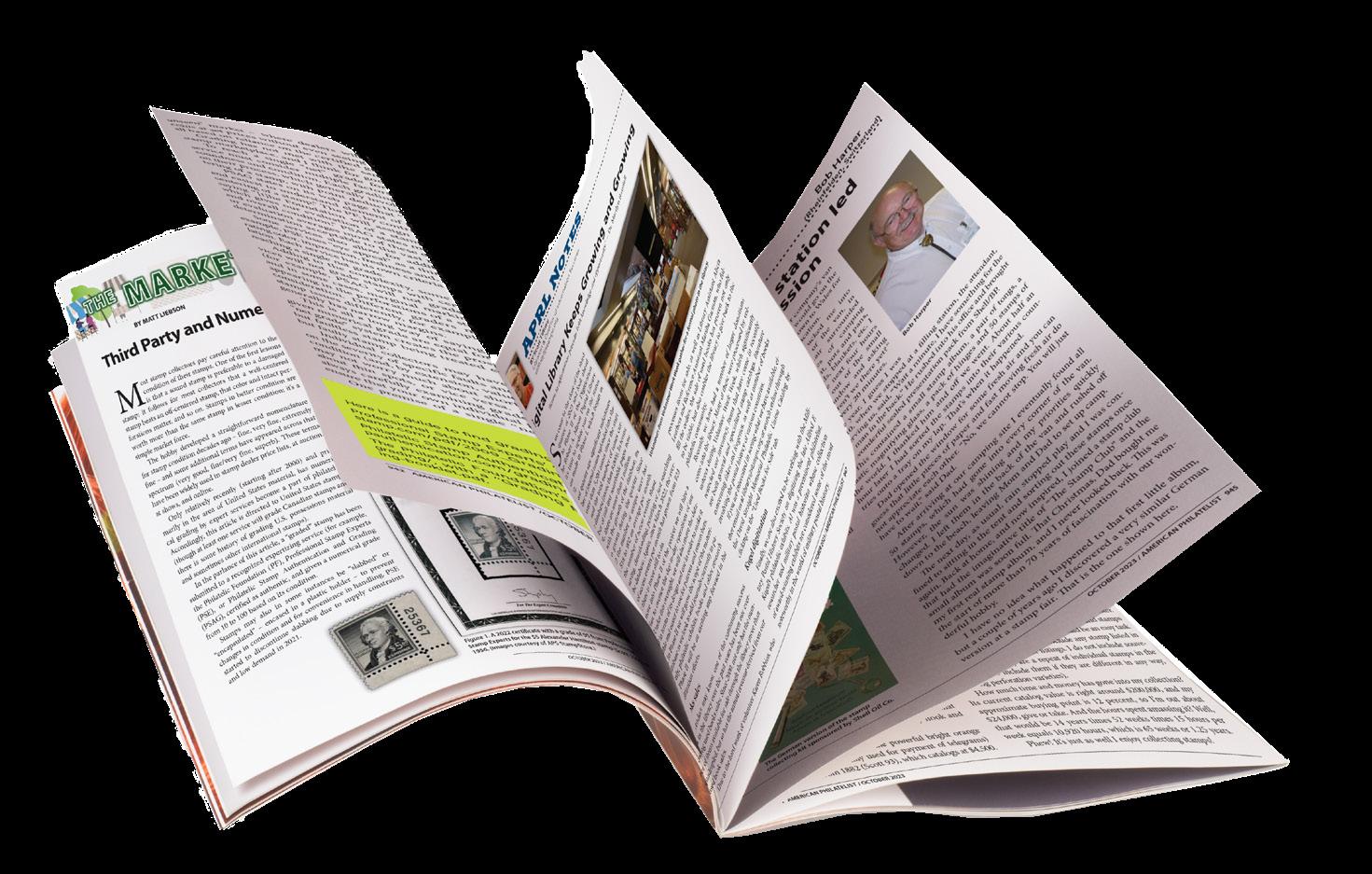
Specialist, Chad Cowder Publisher, American Philatelic Society
Digital Editor, Nora Bryson • Graphic Communications
Editor-in-Chief, Susanna Mills • Senior Editor, Jeff Stage
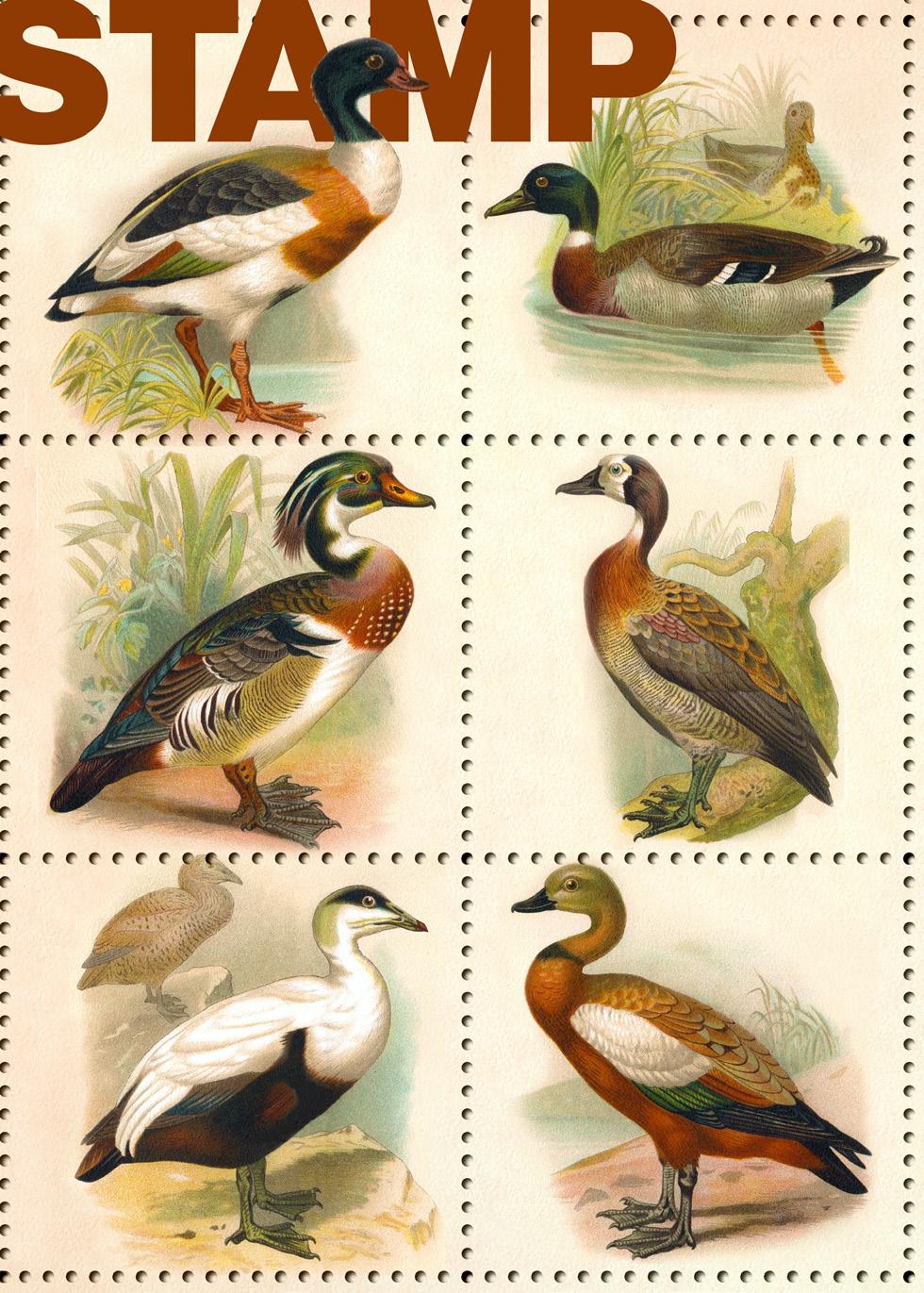
Scientific illustrations of ducks adorn the cover in celebration of "Duck Stamp Hero," p. 4.